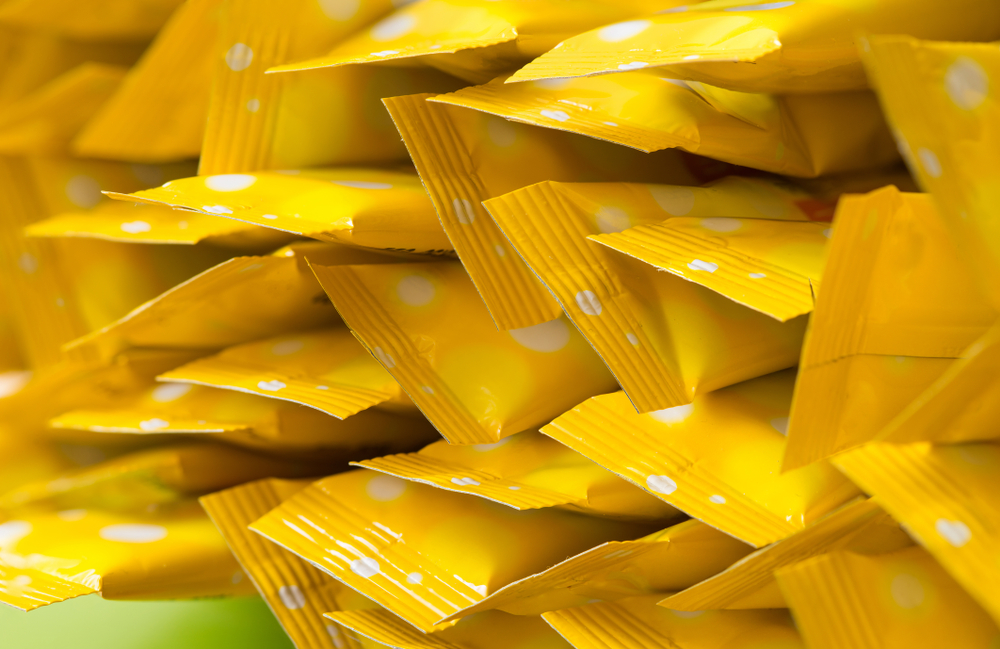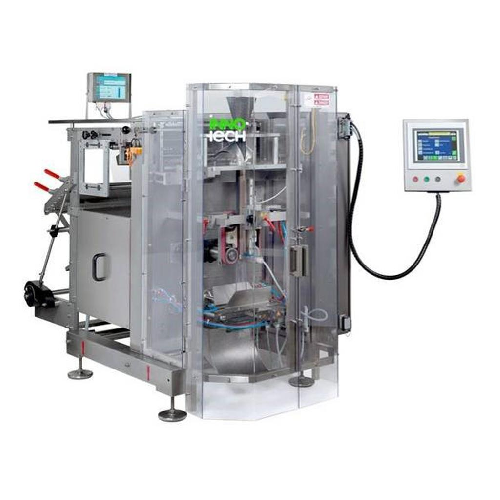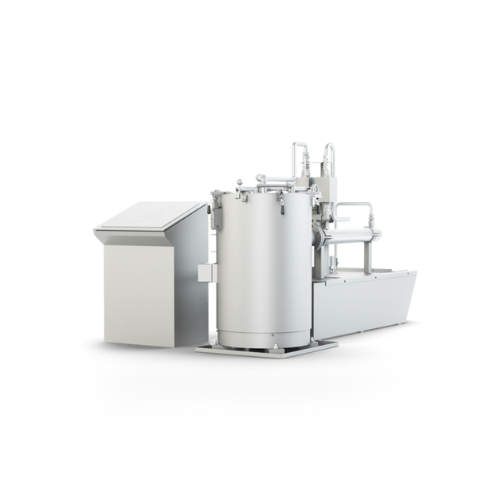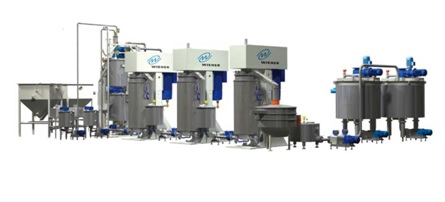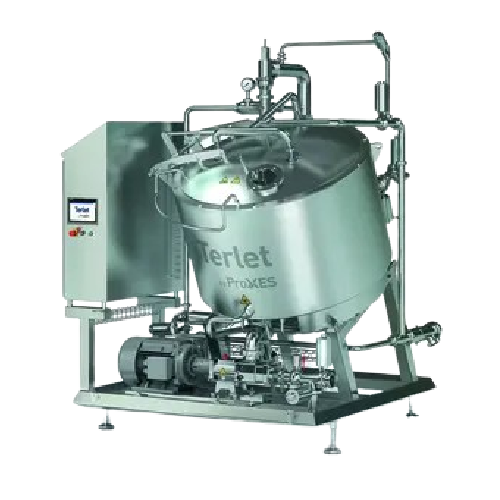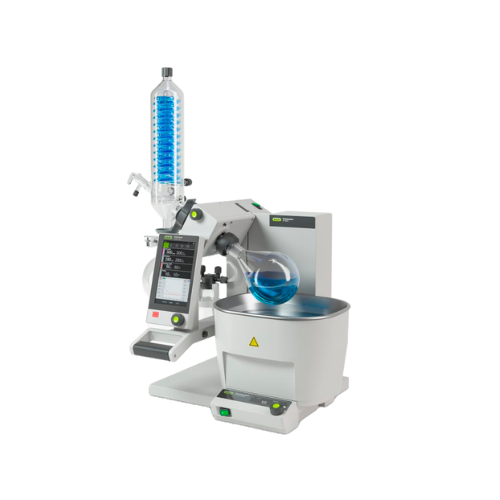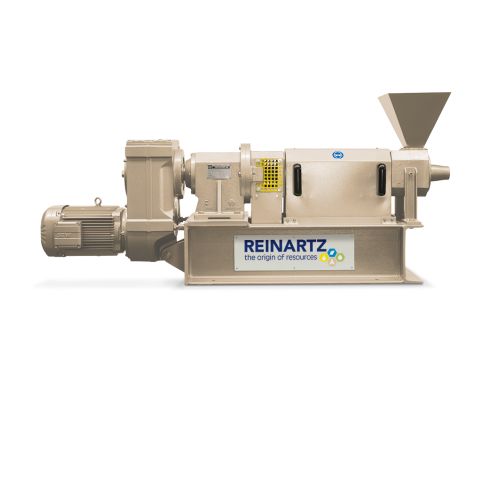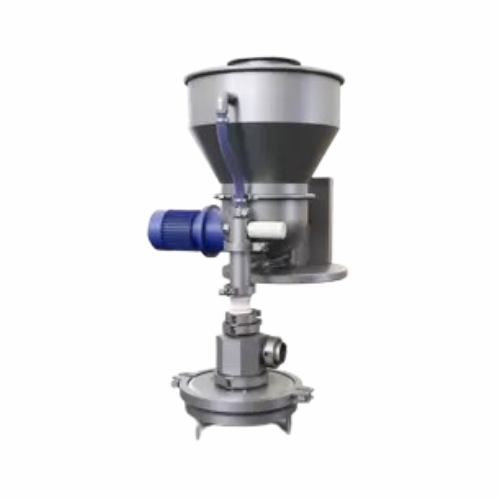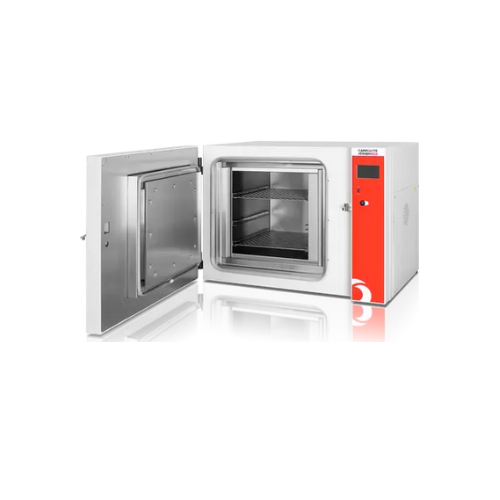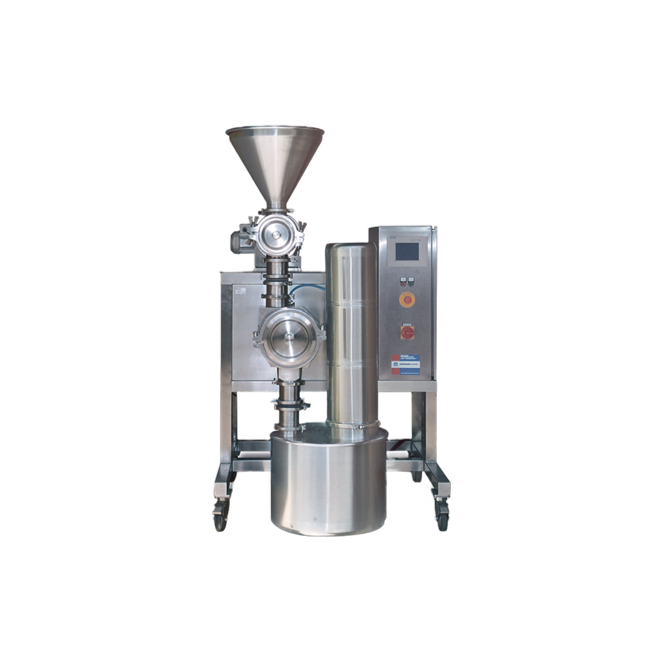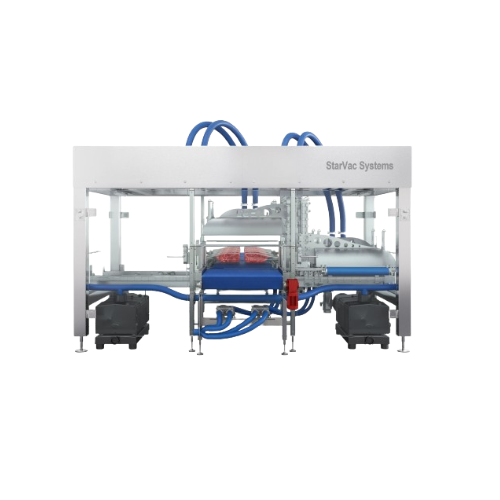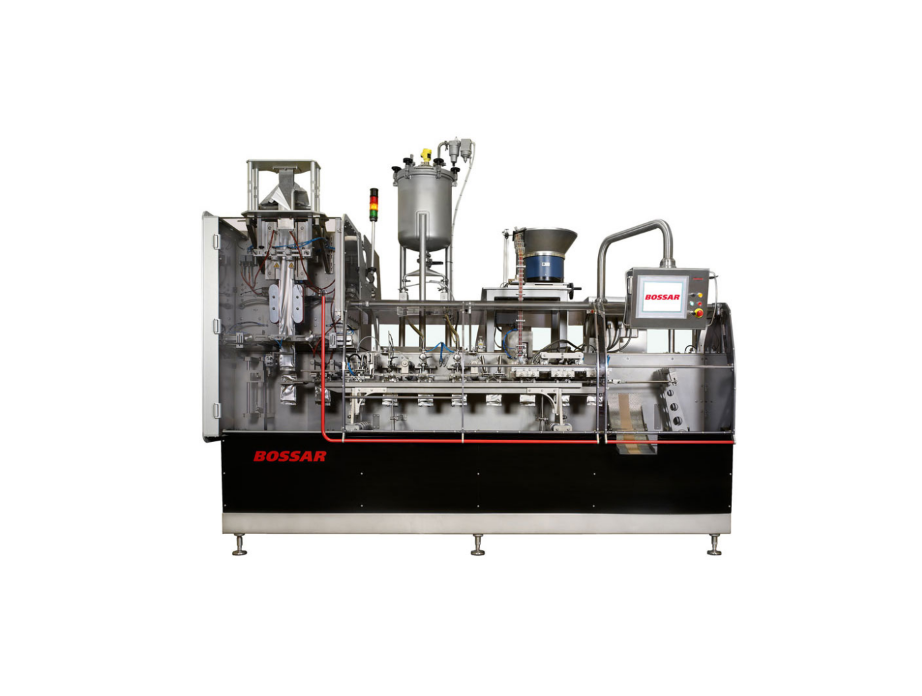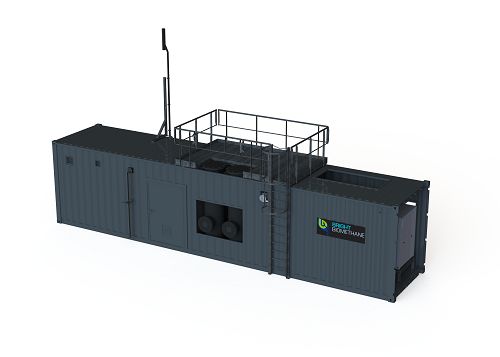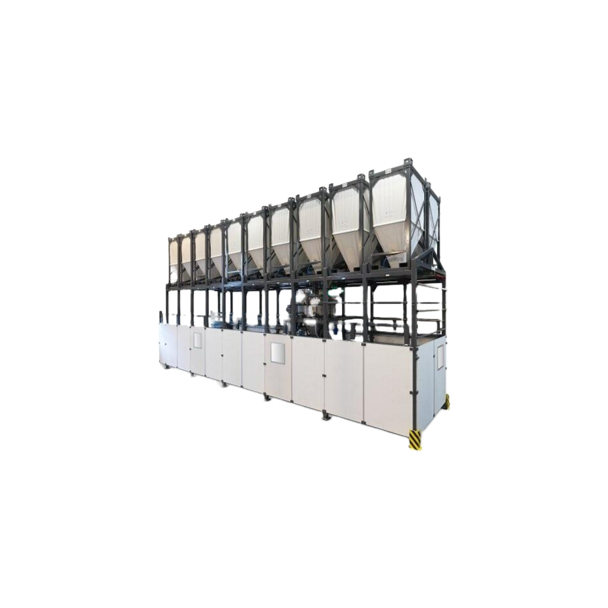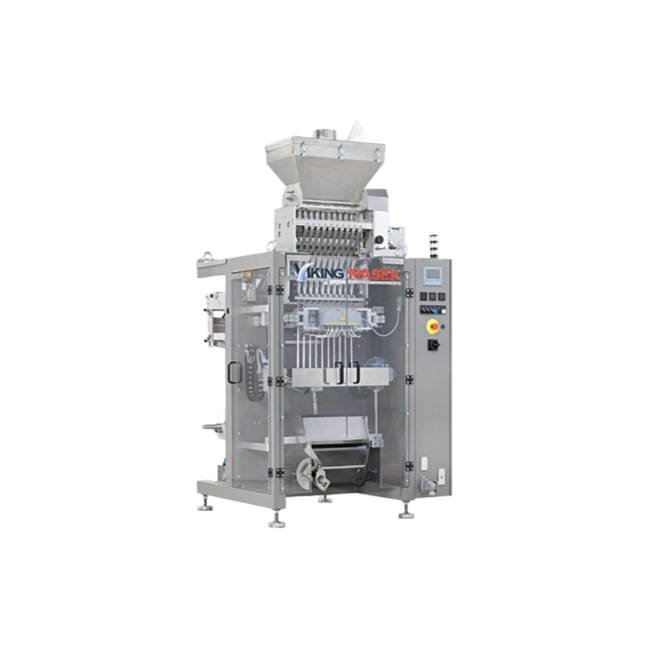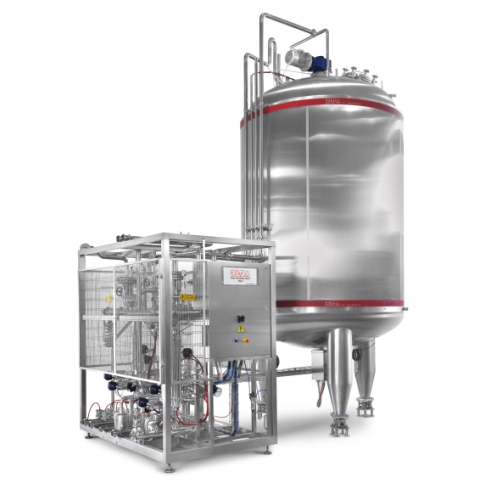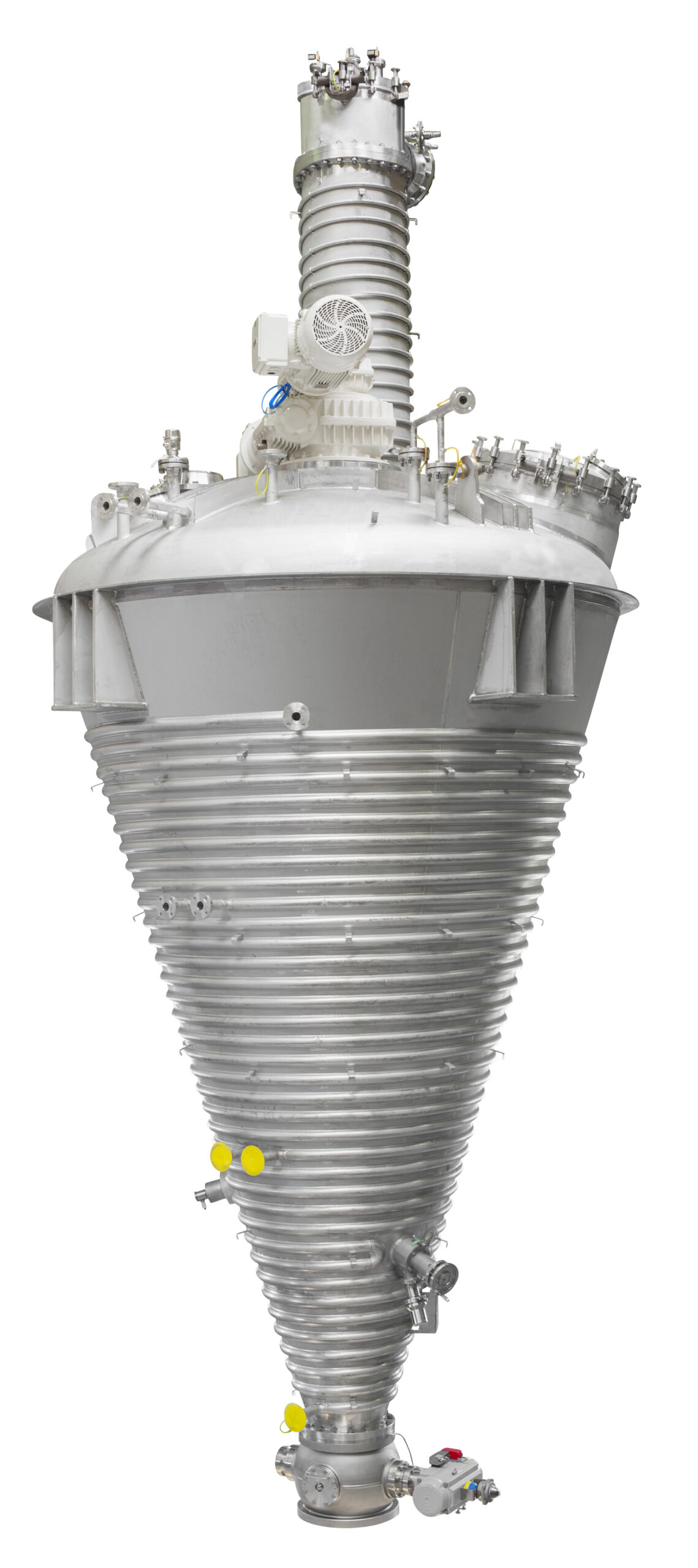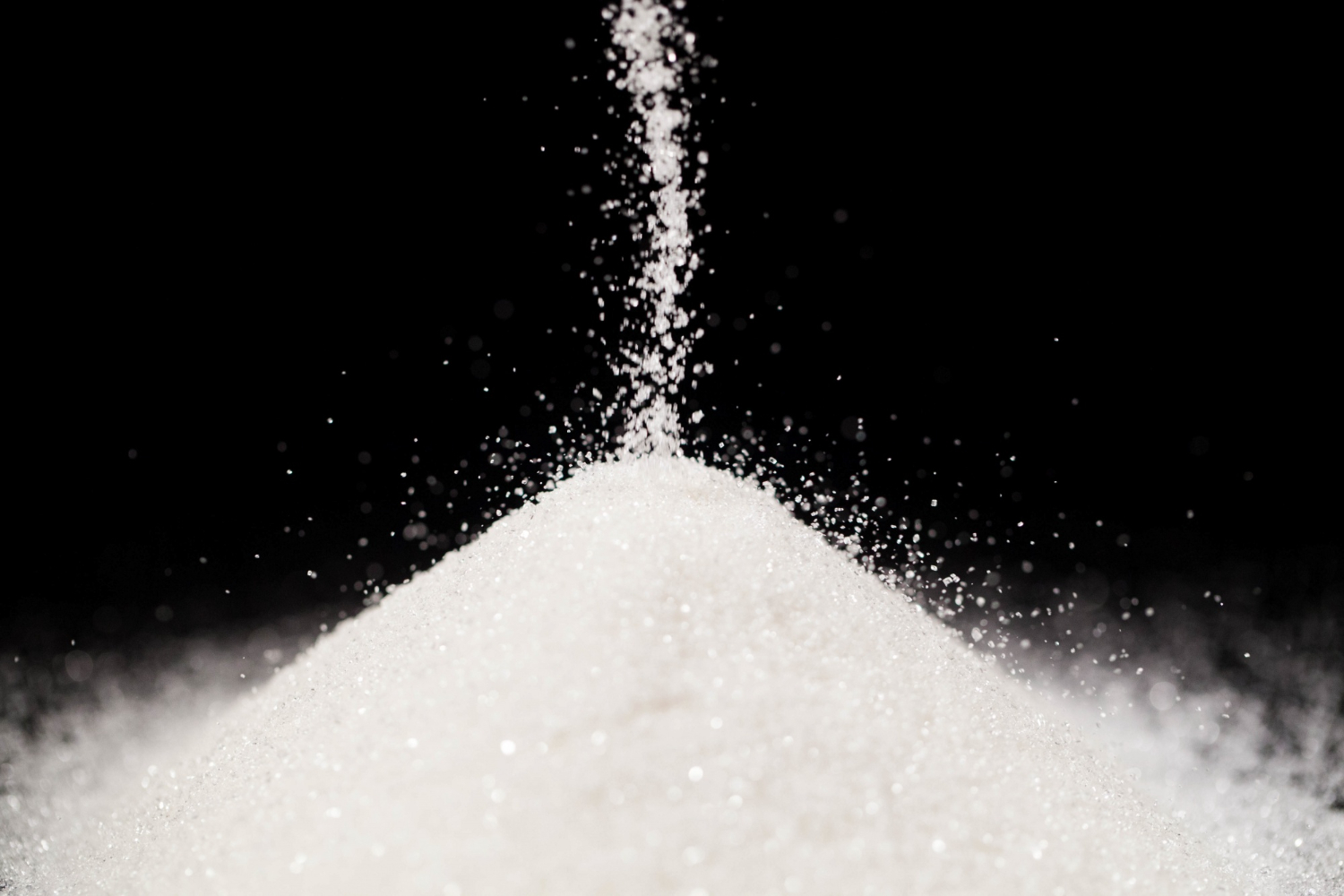
Making Sugar
Find innovative production technology for making sugar and connect directly with world-leading specialists
Sugar is the fuel that drives photosynthesis in plants. The leafy organisms constantly convert water and carbon dioxide into glucose. But it takes manufacturers specialized sugar processing technology to extract the sweet crystals from them. Today, most sugar products are derived either from sugarcane or sugar beet.
Stories about sugar
Select your sugar process
Tell us about your production challenge
Apply shock-liming sulphitation to clarify the juice
The shock-liming sulphitation process produces juice with a high rate of clarity. Sulfur dioxide (SO2) and lime remove non-sugars from the liquid. This is generally different to the juice that comes from fruits as that usually has a low rate of clarity.
Heat the juice to 70°C-75°C for around 10 seconds to raise its pH level between 9.2 and 9.5. After neutralization with sulfur dioxide, the pH lowers to about 7.0.

Concentrate sucrose to 70 °Bx with sugar processing technology
Evaporate water in the juice of crushed sugar cane to raise the sucrose concentration. Crystallization occurs when the water content decreases to leave a minimum 70 Brix.
A multiple-effect evaporator passes the clarified juice through a heat exchanger to gradually lower moisture content. Steam from water evaporated in one effect is used to heat the subsequent effect. Steam is then collected in the condensation unit, ready to be reused.
Steam-spray the massecuite to release sugar crystals after centrifugation
Sugar crystals trapped in the massecuite after the centrifugation process present a challenge. Spraying the mesh basket achieves some recovery, but many crystals may be washed out.
Instead, treat the massecuite with steam spray post-centrifugation process to facilitate the drainage of molasses and retain the crystals. The characteristic time for heat diffusion into the molasses is about 0.6 sec.
Processing steps involved in sugar making
Which sugar technology do you need?
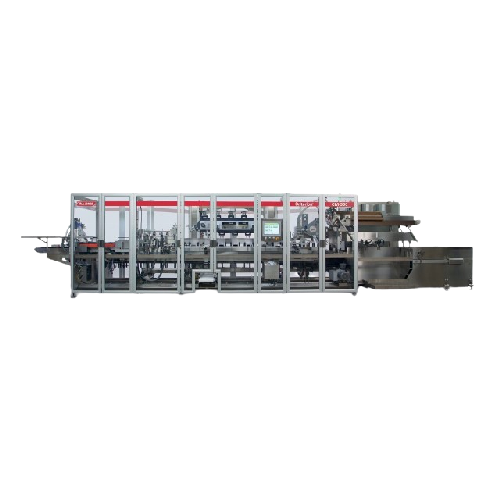
Medium-speed end load cartoner for food and beverage packaging
Streamline your packaging line with versatile cartoning c...
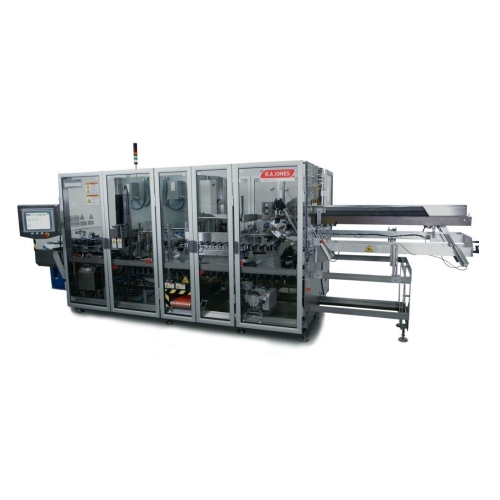
Intermittent end load cartoner for baked goods and snacks
Optimize your packaging line with an efficient, space-saving c...
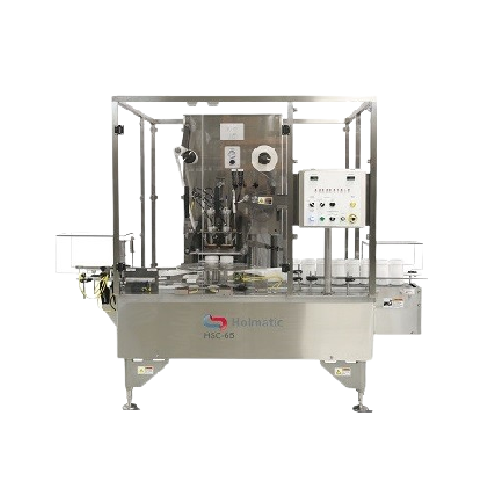
Rotary indexing sealer for cup filling
Streamline your production line with precise cup filling and sealing, ideal for a wi...
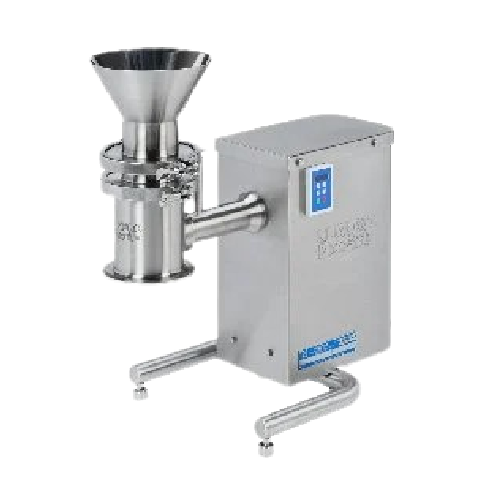
Industrial powder security screening and de-agglomeration
Ensure product purity by efficiently screening and de-agglomer...

Powder sifters for industrial applications
Optimize powder consistency and enhance production flow with advanced sifting t...
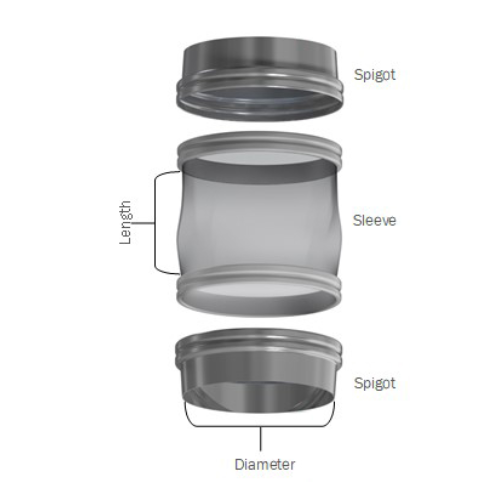
Flexible connector for bulk powder manufacturing
Eliminate leakage and enhance hygiene in your powder processing with a sn...
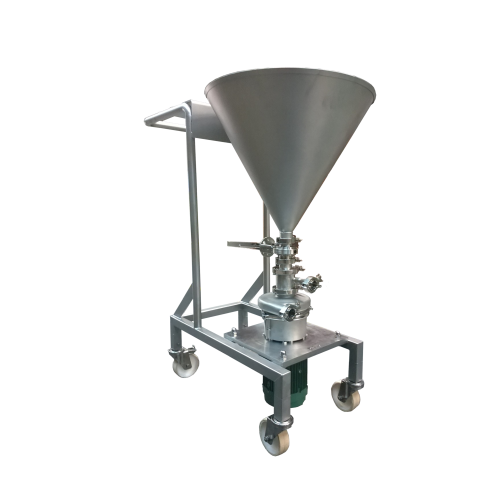
Powder and liquid mixing system for food and life sciences
Achieve rapid and homogeneous dissolution of large quantities...
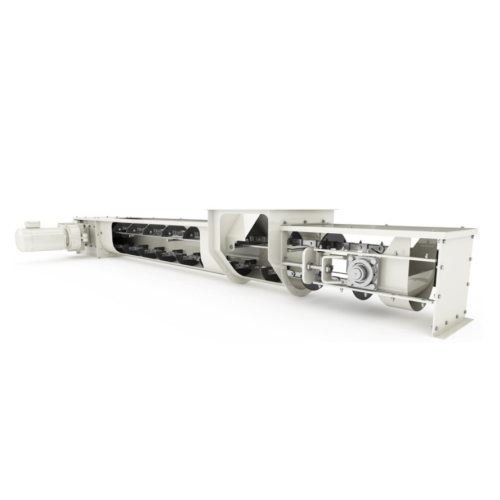
Efficient powder and granulate flight conveyors
Elevate your production efficiency with our cutting-edge flight conveyors,...
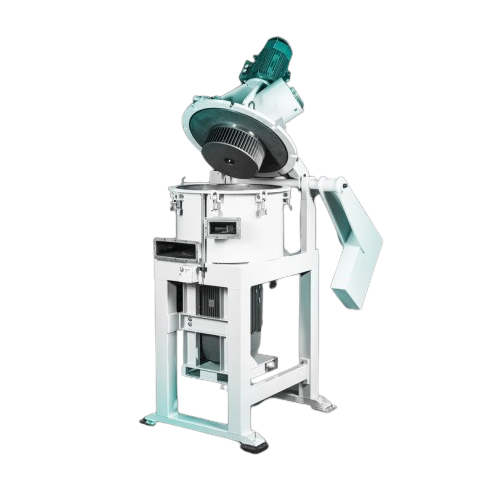
Energy-efficient impact classifier for superfine grinding
Achieve precise superfine grinding with energy efficiency, per...
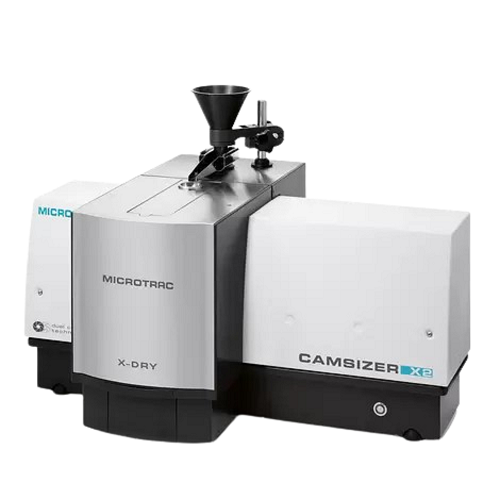
Particle size and shape analyzer
Achieve precise particle size and shape analysis from 0.8 μm to 8 mm with exceptional speed...
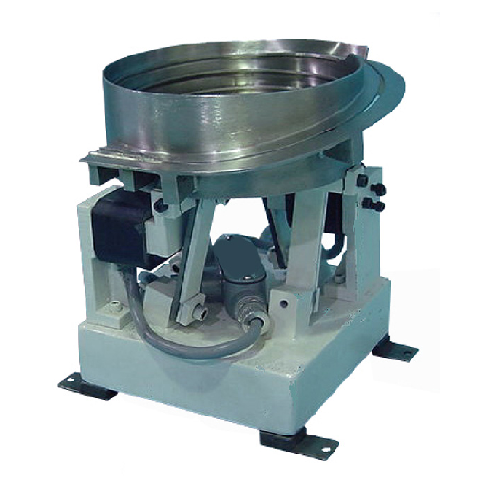
Vibratory bowl feeder for bulk items
When precision and speed are crucial, ensure your production line efficiently handles ...
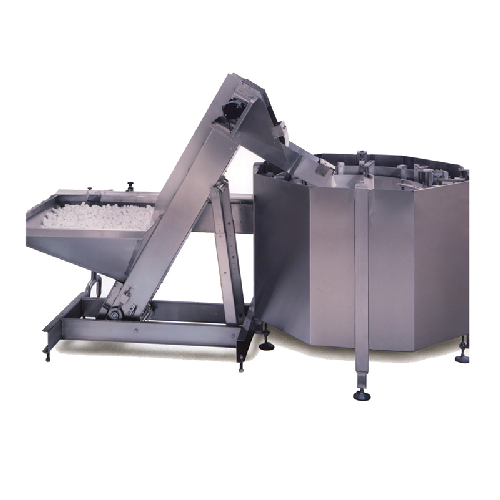
Centrifugal bowl feeder for high-speed bulk item feeding
Optimize your production line with high-speed feeding of diverse...
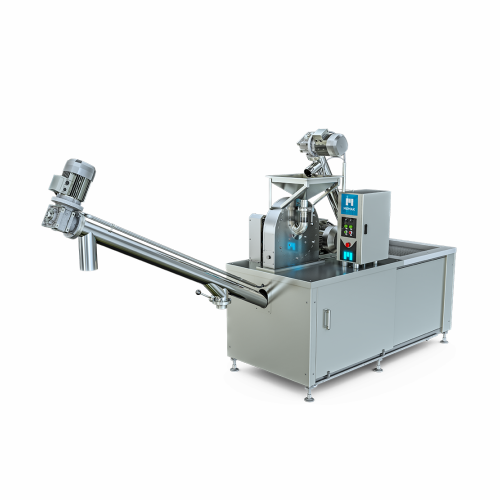
Industrial sugar powder mill
Achieve precise sugar granulation with a high-speed mill designed for continuous production, en...
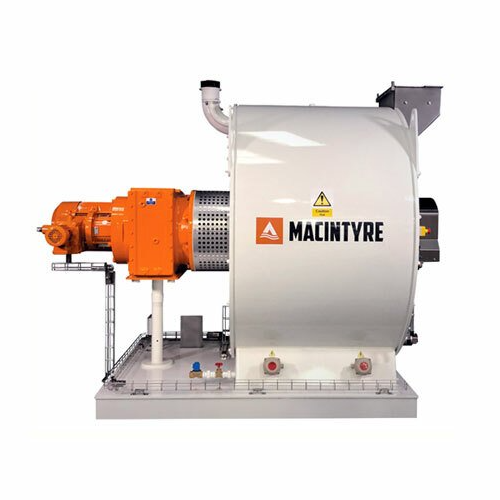
Duplex refiner/conche for chocolate production
Effortlessly transform cocoa, sugar, and other ingredients into smooth, fin...
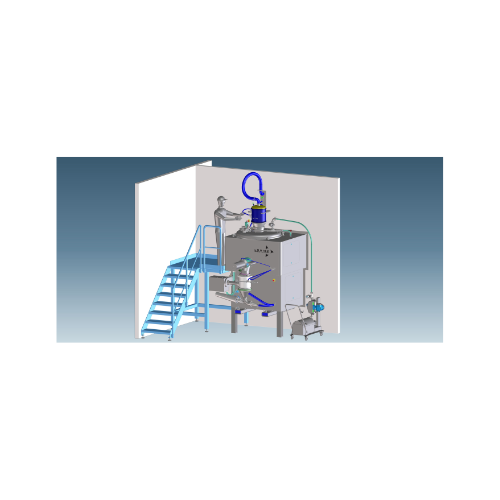
Mixing granulator for pharmaceutical and cosmetic industries
Achieve precise granulation and uniform mixing for high-qua...
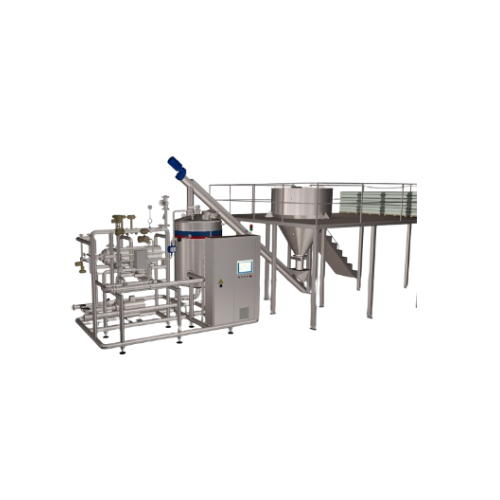
Continuous sugar dissolver for syrup production
Effortlessly convert crystal sugar into high-quality syrup with a system d...
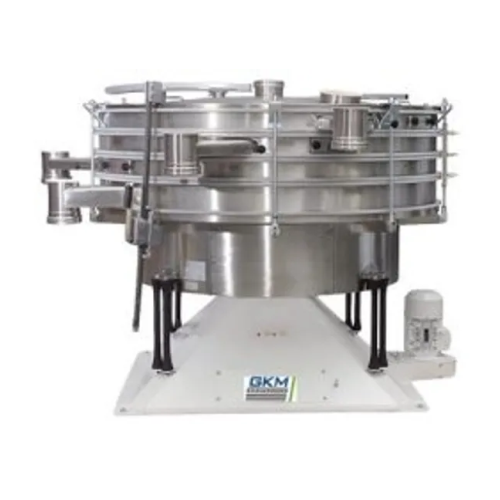
Tumbler screener for multi-deck screening in powders and granules
Achieve precise separation and de-dusting of powders ...
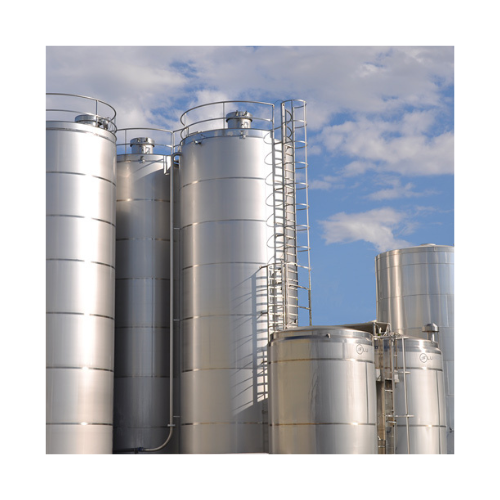
Industrial silos for powdered and granulated products
Optimize your storage and material flow for powdered and granulated...
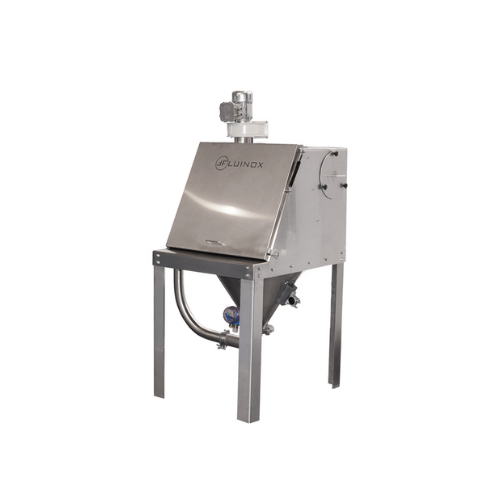
Bag dump station for handling solid foodstuffs
Efficiently manage manual dosing of solid foodstuffs and powders with this ...
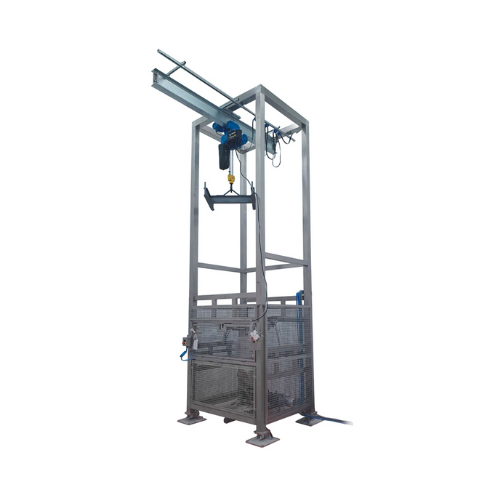
Big bag unloading station for solid materials
Streamline your production line by efficiently handling and dosing bulk soli...
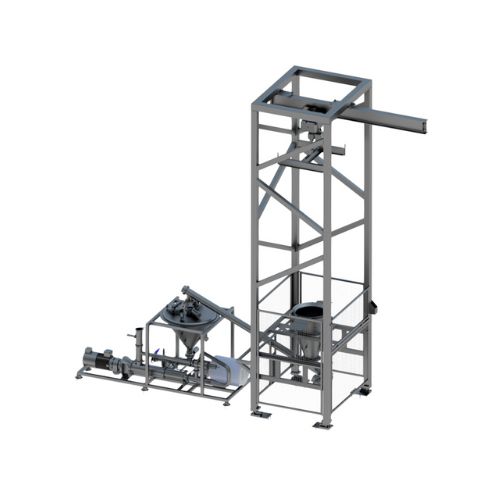
Big bag unloading station for solids handling
Optimize bulk solid ingredient handling with this station, designed to strea...
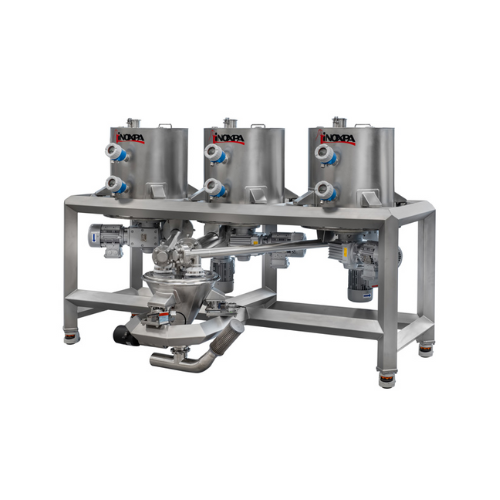
Micro ingredients loading station for solid additives
Optimize precision dosing and ensure smooth transfer of powdered in...
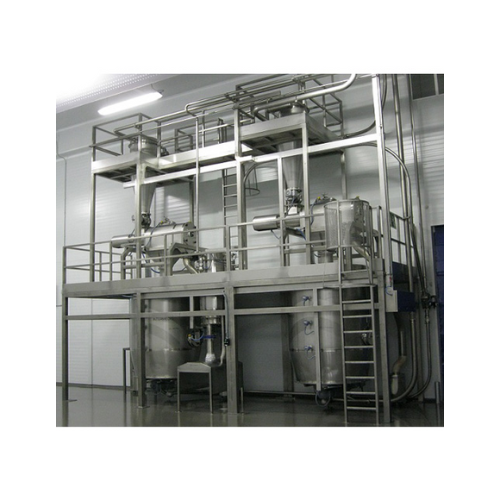
Buffer tanks for powdered or granulated solids storage
Enhance your production line with buffer tanks designed for precis...
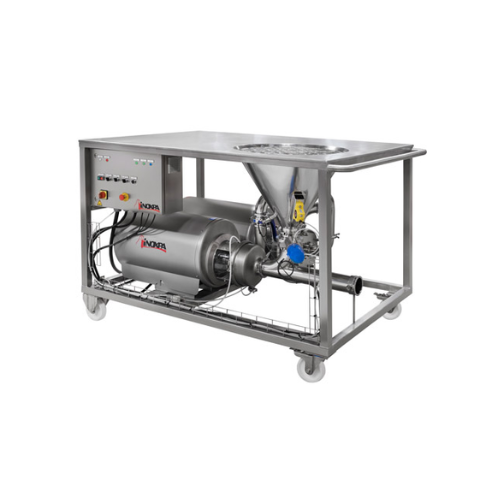
Powder blender for liquid mixing applications
Optimize your process with a compact blender designed to efficiently dissolv...
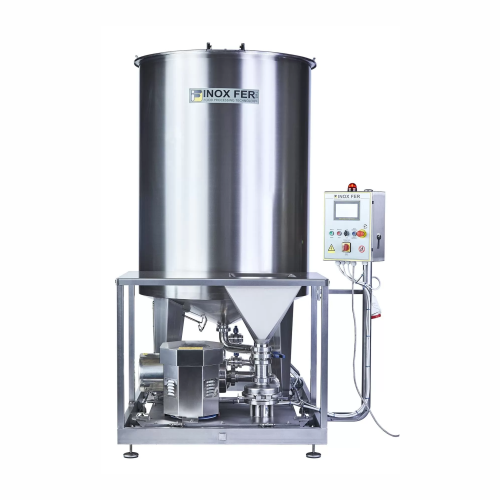
Standard batch mixer for salt and citric acid mixing
Achieve perfectly homogeneous blends of salts, sugars, and challengi...
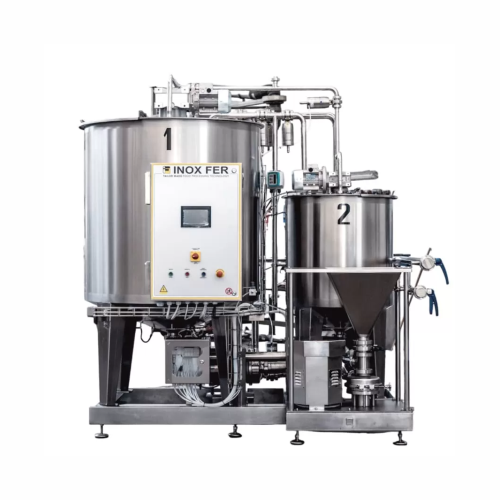
Brine and syrup mixing system
Achieve precise mixing of brines, syrups, and challenging additives with advanced automation, ...
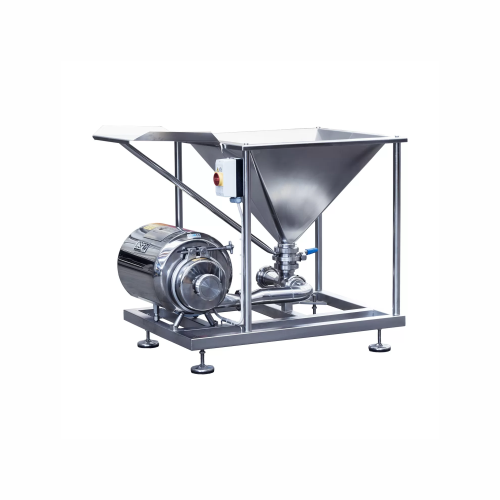
Sugar dissolving system for industrial applications
Efficiently dissolve sugar and low-viscosity blends to achieve perfec...
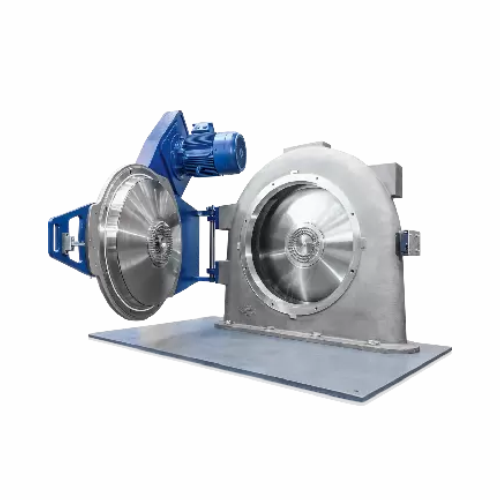
Industrial powder grinder
Achieve precise particle size reduction and classification with advanced equipment designed for co...
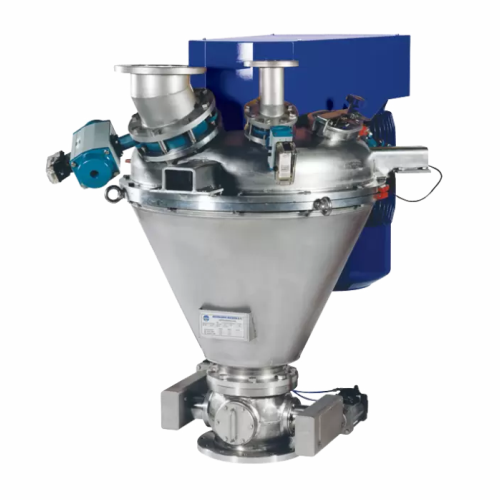
High shear impact mixer for agglomeration and dispersion
Achieve precise homogeneity and efficient agglomeration with a h...
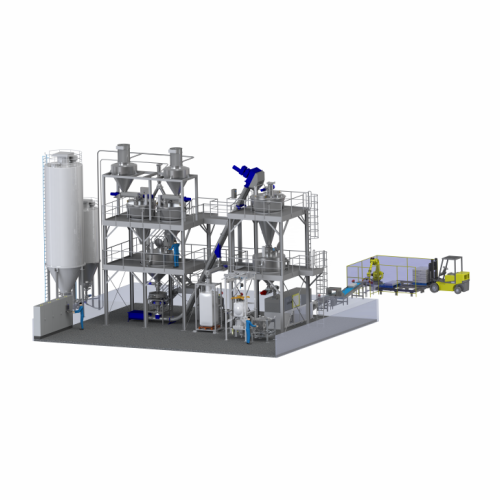
Powder mixing systems
Optimize your production line with precision powder mixing systems that ensure uniformity, enhance prod...
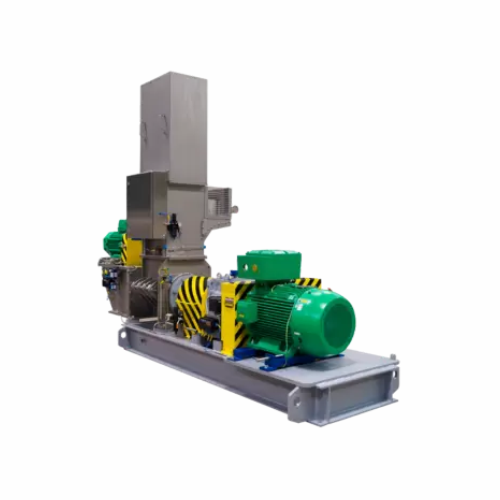
Choppers and disintegrators for industrial size reduction
Enhance your production efficiency by mastering size reduction...
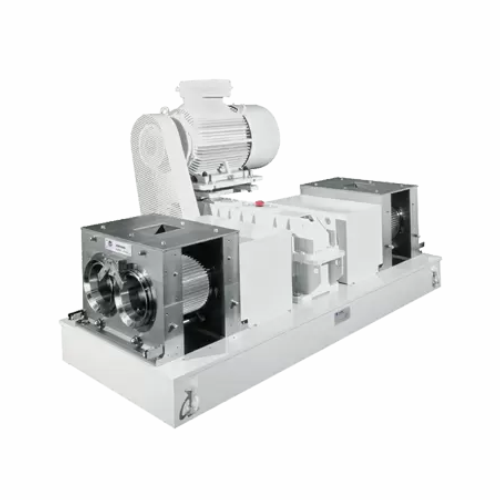
Compactors and granulators for powdery products
Transform loose powders into dense, free-flowing granules that enhance han...
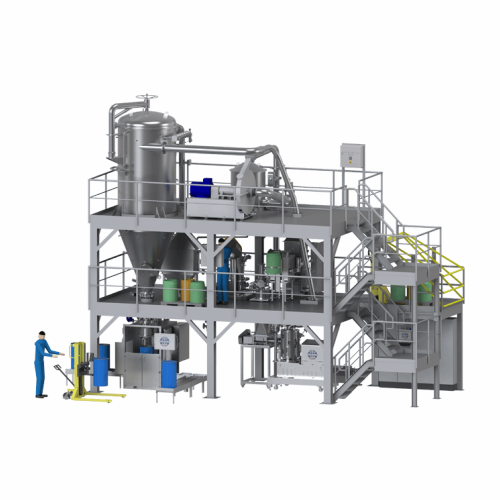
Drying systems for powders and bulk solids
Enhance your production line with precise control of moisture content in powder...
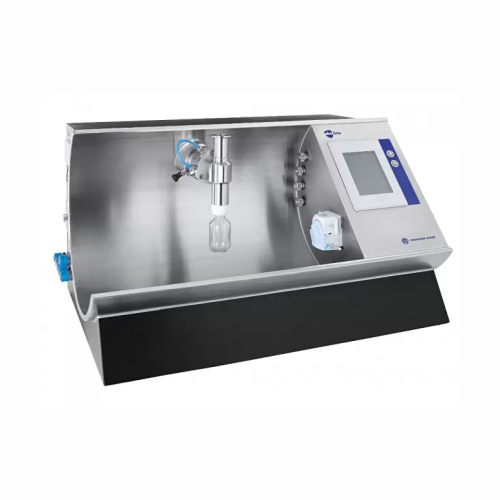
Lab-scale powder processing system
Achieve precise control in ultra-small batch processing with a versatile modular system,...
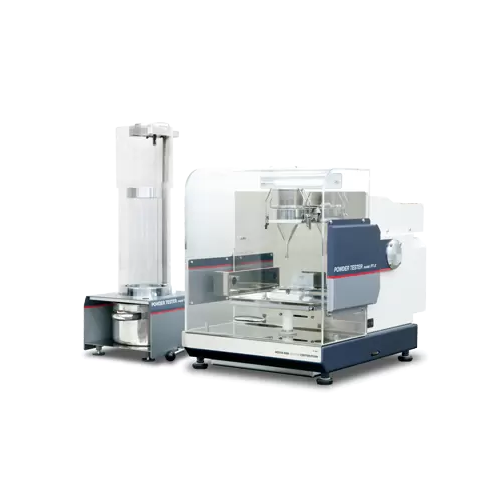
Powder characteristic evaluation
Ensure precise powder analysis and testing in your laboratory to optimize production qualit...

Cip/sip cleaning for solids processing systems
Ensure seamless transitions and maintain hygienic production environments w...
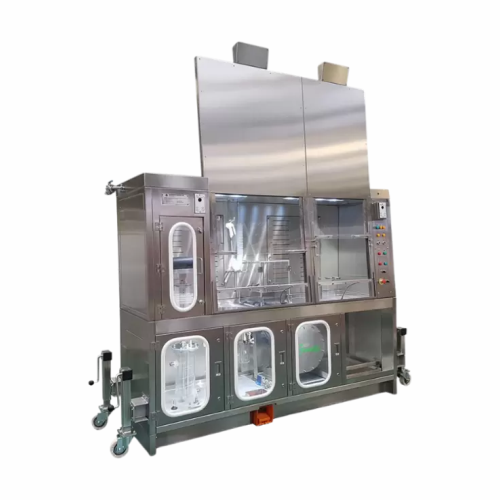
Containment solutions for hazardous material processing
Ensure safe and efficient processing of hazardous materials with ...
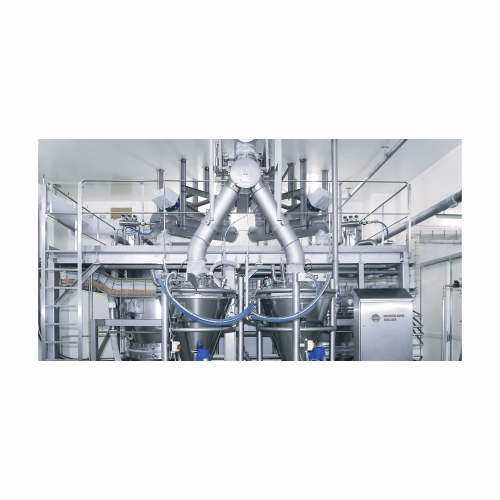
Pneumatic conveying system for bulk material handling
Efficiently transport bulk materials with precision through pneumat...
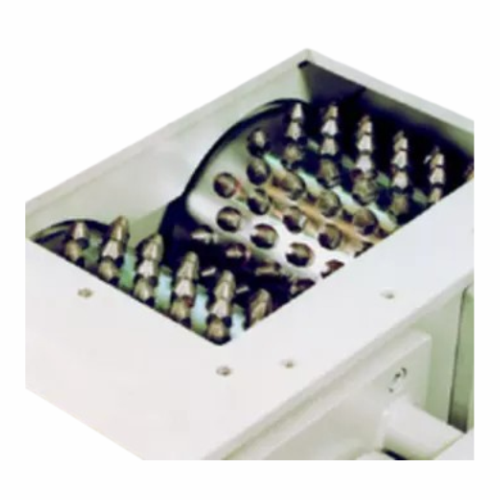
Industrial pre-crusher for coarse crushing
Optimize your production line by efficiently transforming clumped materials int...
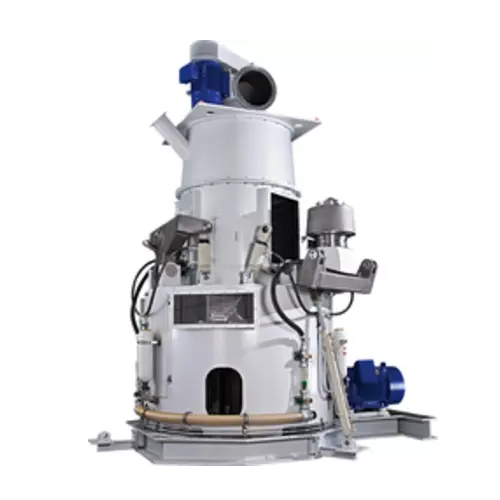
Table roller mills for mineral raw material comminution
Achieve precise mineral raw material comminution and energy-effic...
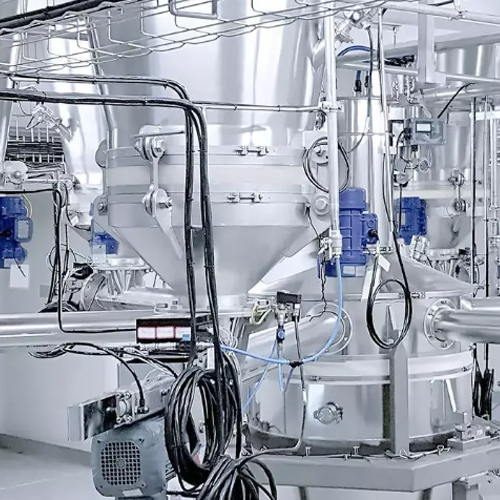
Conical screw mixer for powder blending
Achieve precise and homogeneous blending with the conical screw mixer, ensuring uni...
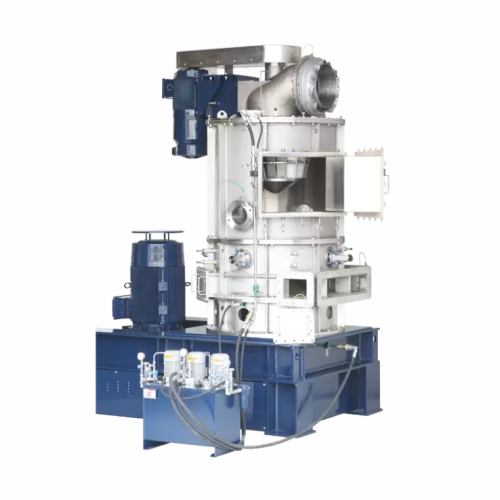
Ultra-fine powder flash drying system
Achieve rapid moisture removal and particle refinement with this integrated system, d...
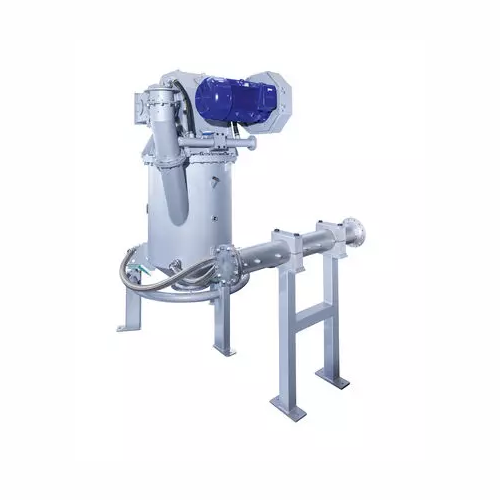
Fluidised bed opposed jet mill for fine particle processing
Achieve precise and consistent particle sizes with high-spee...
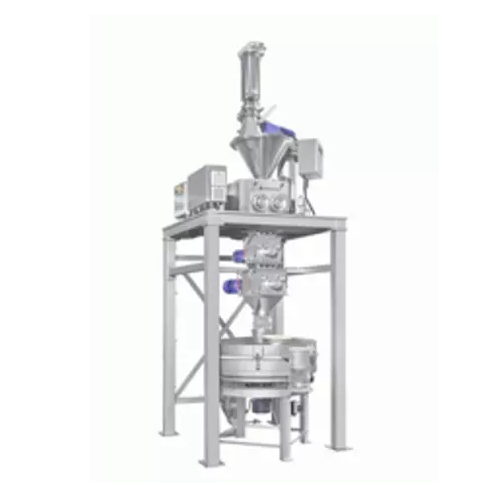
Roller press for fine-grained material compaction
Achieve optimal density and stability in your solid press agglomerates ...
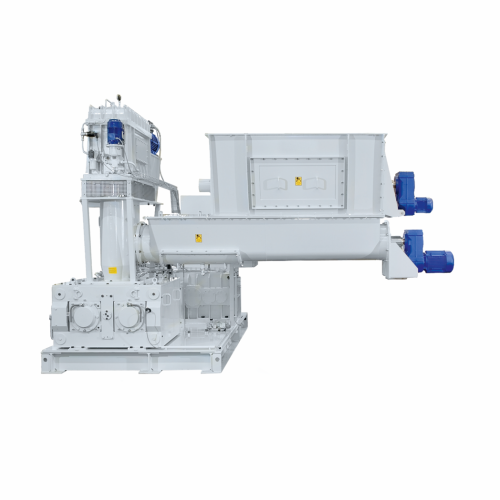
High-pressure roller compactors for chemical, food, and minerals industries
Achieve precise particle compaction and br...
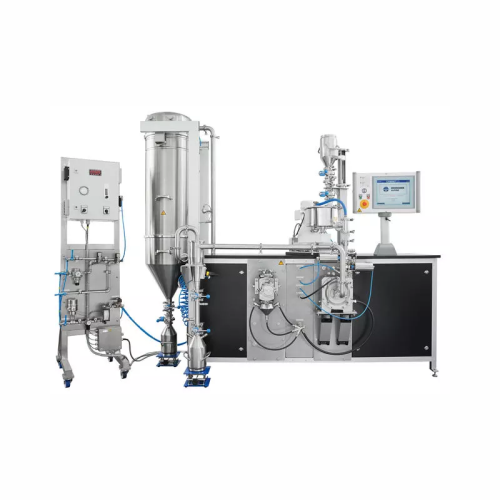
Multiprocessing system for flexible research and production
Optimize your process development with a versatile system th...
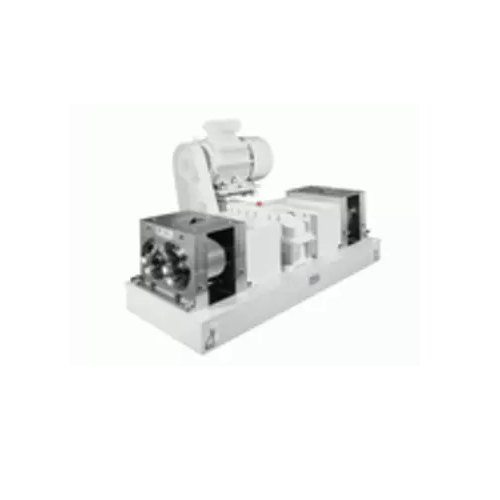
Pelleting and spheronizing equipment for chemical granulates
Optimize your production line with versatile pelleting and ...
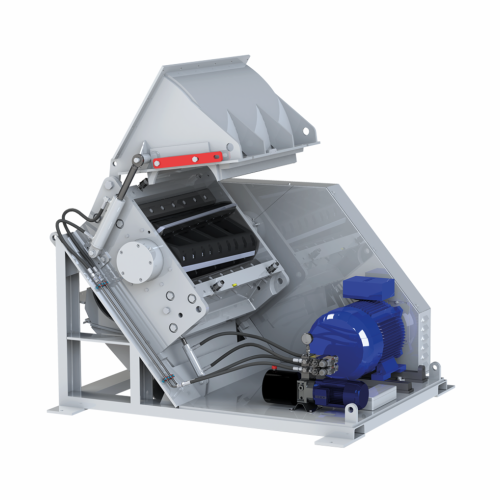
Low-dust granulator for plastic parts recycling
Achieve efficient comminution with minimized dust generation, ideal for pr...
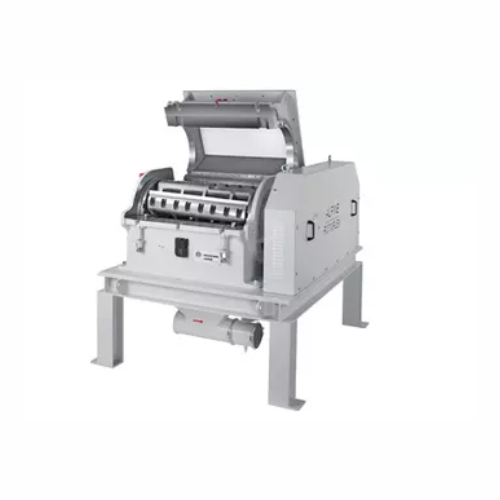
Industrial granulator for high-throughput plastic recycling
Facing challenges in efficiently recycling high-volume plast...
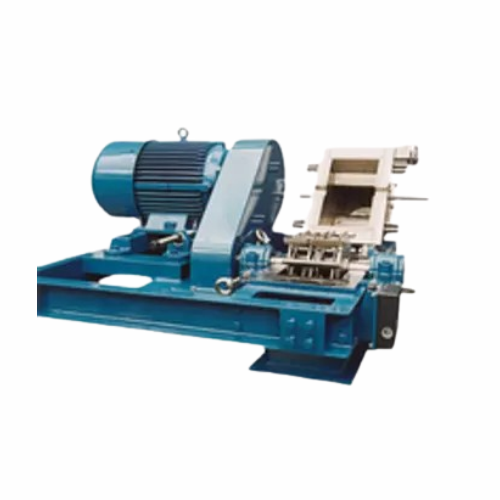
High-speed pulverizer for carbon black production
Achieve consistent particle size and optimal homogenization with high-s...
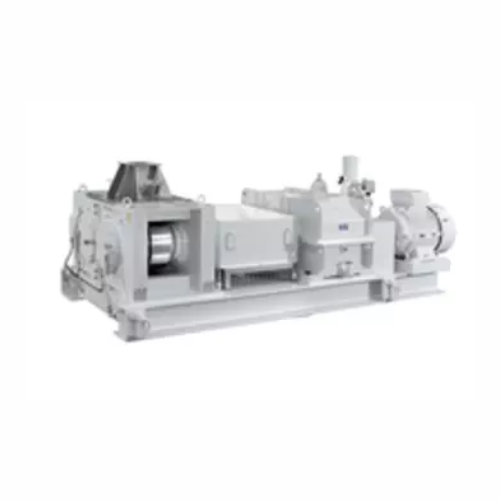
High-pressure roller mill for medium-fine crushing
Achieve precise granule distribution in medium-fine crushing applicati...
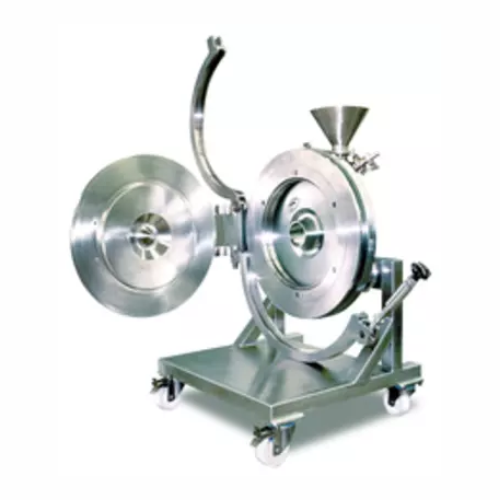
Spiral jet mill for superfine powder production
Achieve consistent ultra-fine powder with precise particle size control, c...
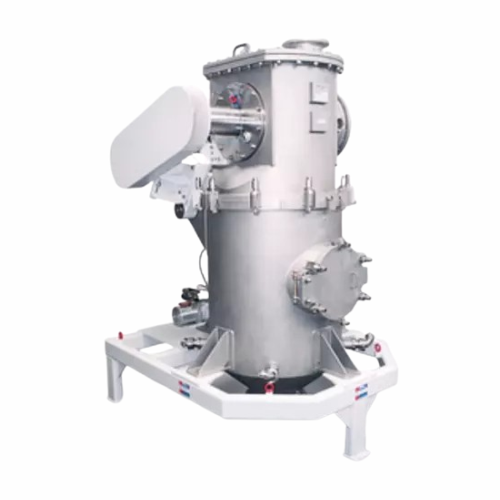
Fluidised bed opposed jet mill for ultrafine powder production
Achieve contamination-free ultrafine powder milling with ...
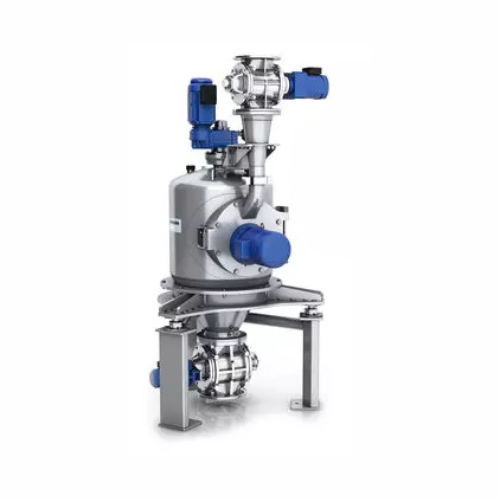
Sugar grinding and recrystallization system
Optimize your sugar production with a system that integrates grinding and recr...
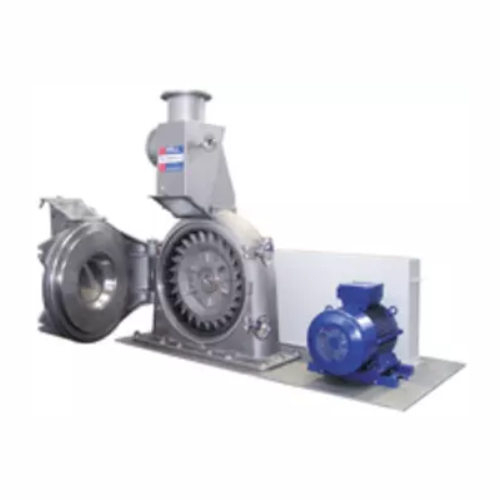
Versatile fine impact mill for soft materials
Achieve precision grinding with flexibility for a wide range of materials, e...
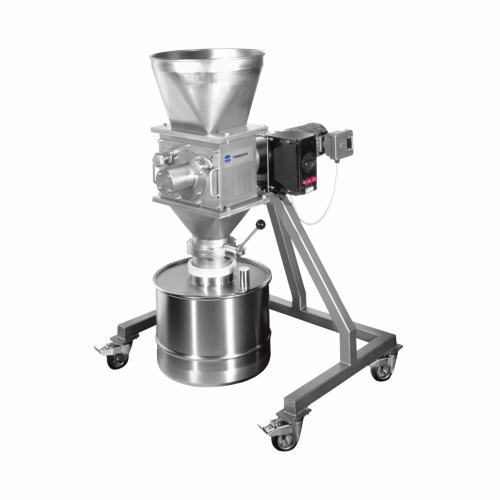
Flake crusher for hygroscopic substances and lumped salts
Efficiently turn fragile, aggregated materials into manageable...
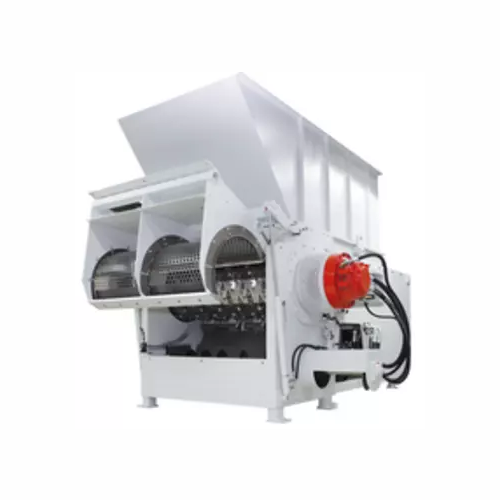
Heavy-duty shredder for difficult materials
Struggling with stubborn materials that resist conventional shredding? This ro...
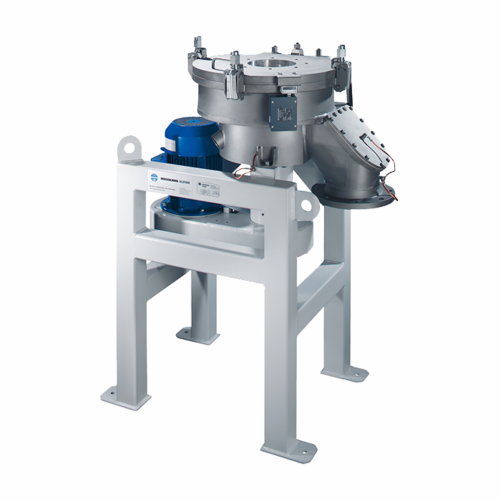
Ultrafine classifier for toner and pigments
Achieve unparalleled precision in classifying fine powders essential for high-...
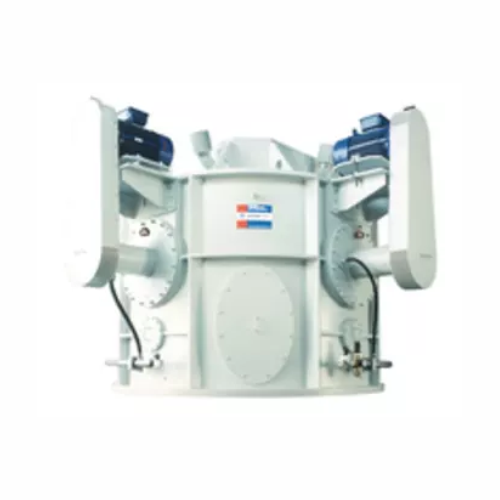
Ultrafine air classifier for powder separation
Achieve precise particle separation with technology designed to enhance you...
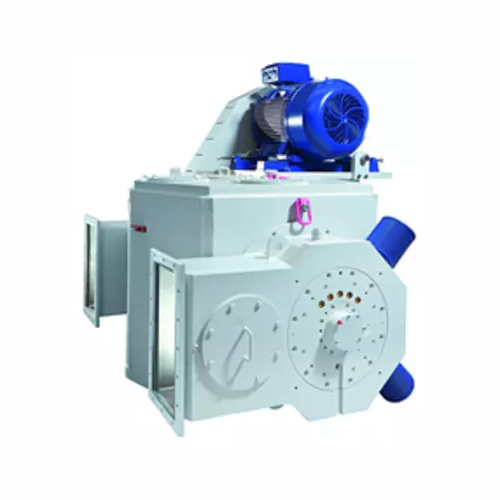
Ultrafine classifier for soft to medium-hard mineral processing
Achieve exceptional particle precision with an ultrafine...
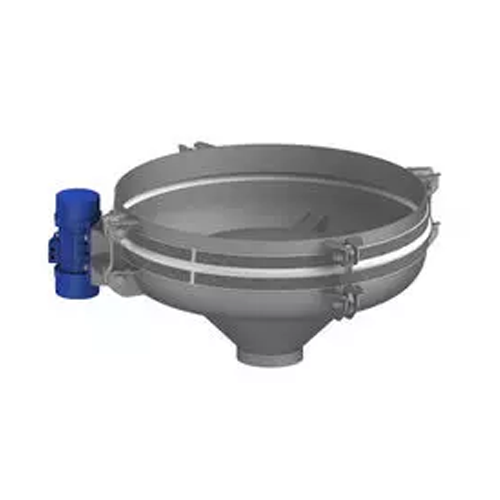
Discharge systems for difficult bulk materials
Achieve seamless bulk material discharge with our advanced systems that eff...
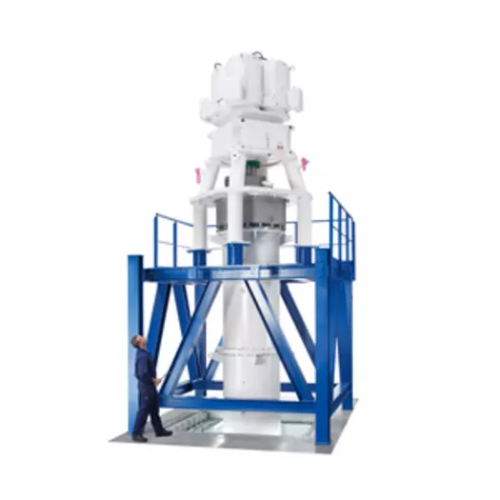
Ultrafine grinding mill for calcium carbonate slurries
Achieve precise particle size distribution in your mineral slurrie...
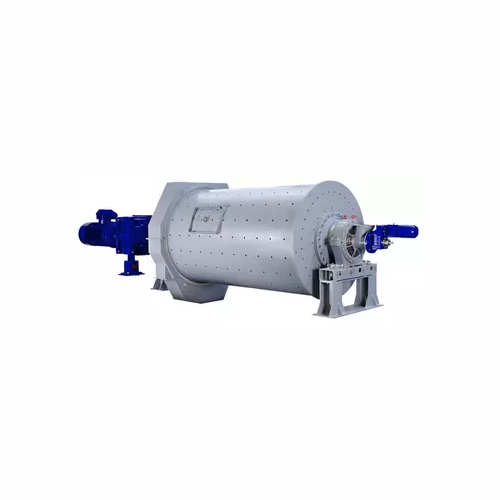
Ball mill for dry comminution of hard materials
Achieve ultrafine particle sizes and precise material breakdown with this ...
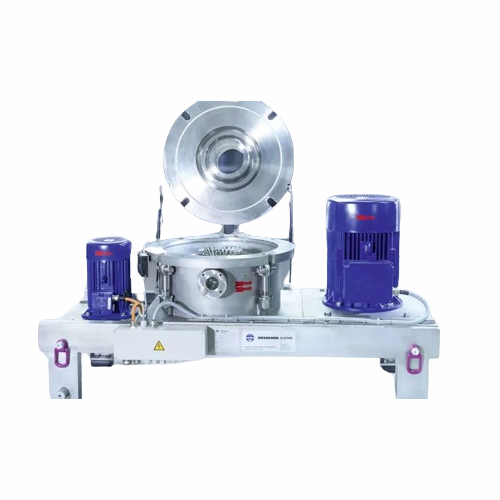
Classifier mill for ultrafine grinding
Achieve precise particle size distribution and contamination-free processing with th...
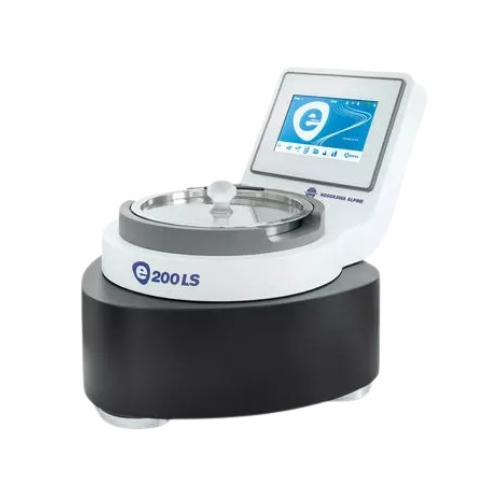
Air jet sieve for particle size analysis
Achieve precise particle size distribution effortlessly for your powders, ensuring...
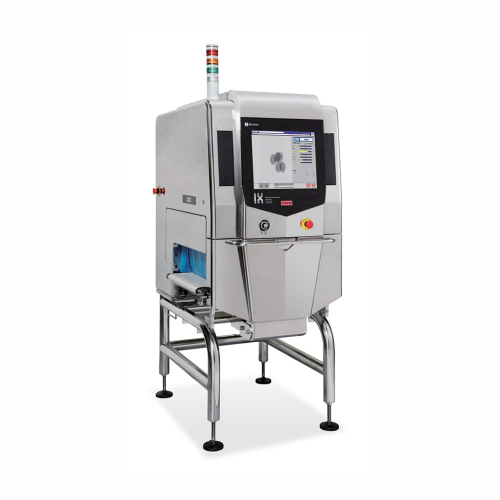
X-ray inspection system for detecting foreign objects in food products
Ensure product safety and quality by detecting e...
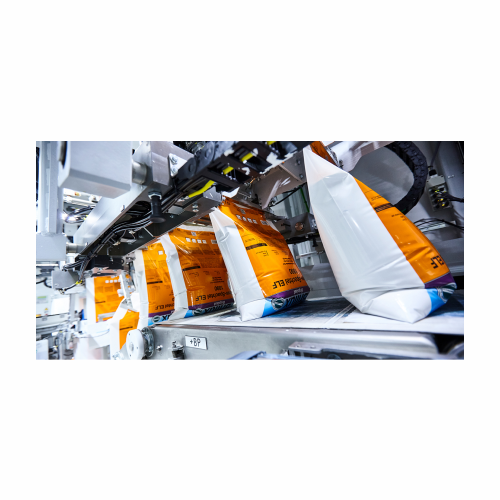
Integrated packaging system for valve and tubular film bags
Achieve precision and efficiency in your packaging line with...
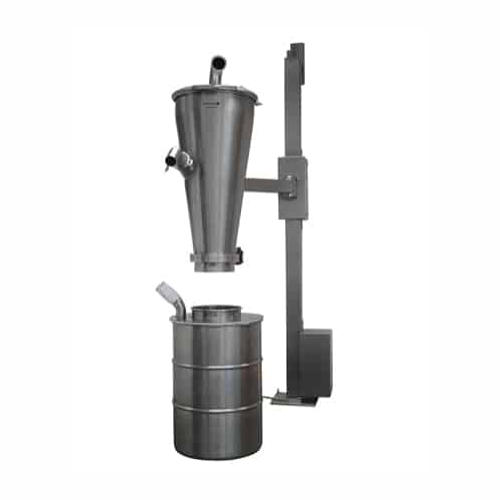
Vacuum conveyor for hygienic material transfer
For operations demanding swift, dust-free material handling, this solution ...
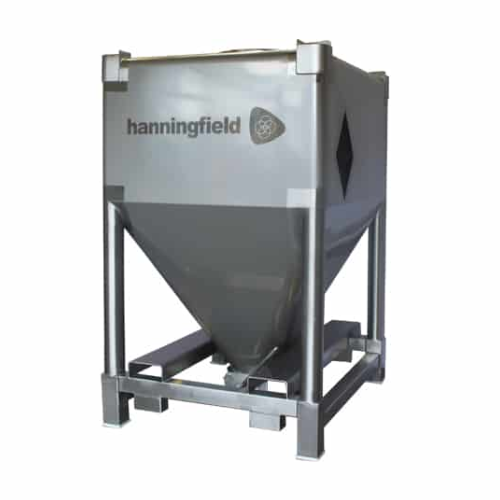
Stainless steel intermediate bulk containers for pharmaceutical use
Ensure safe, efficient transport and handling of po...
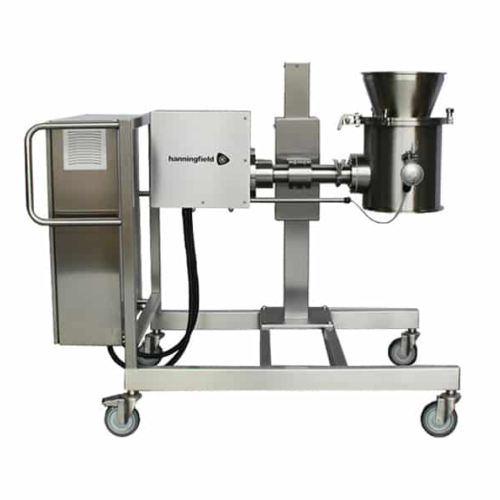
Conical mills for size reduction in pharmaceutical production
Achieve precise particle size control with an innovative m...
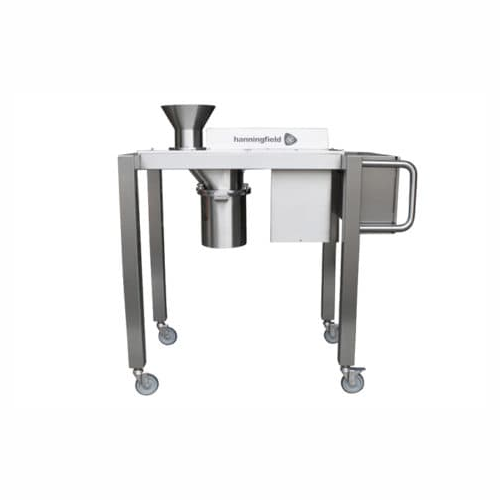
High capacity conical mill for powder processing
Optimize your milling process with a versatile solution that ensures prec...
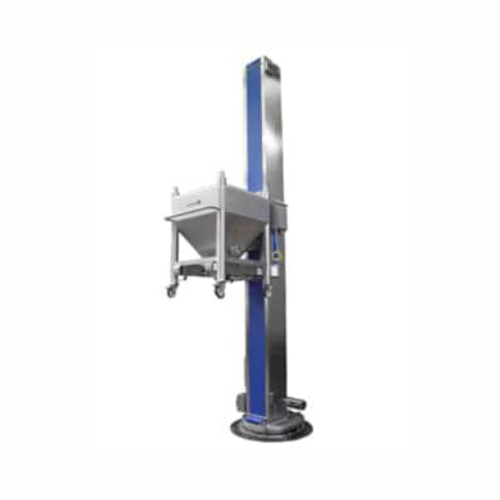
Industrial container lifting system
Optimize your production line with a versatile lifting solution designed to safely hand...
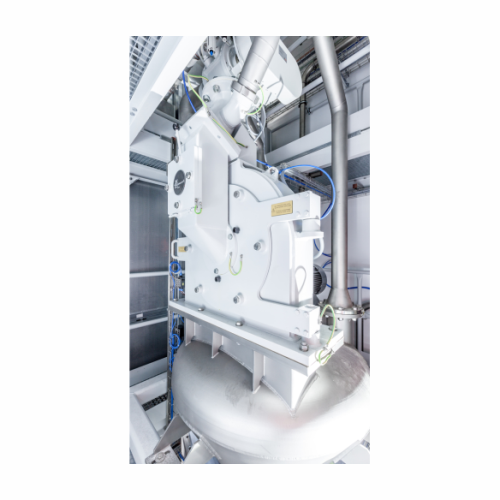
Industrial sugar grinding mill
Optimize sugar fineness with a compact grinding solution, ensuring high-speed operation and l...
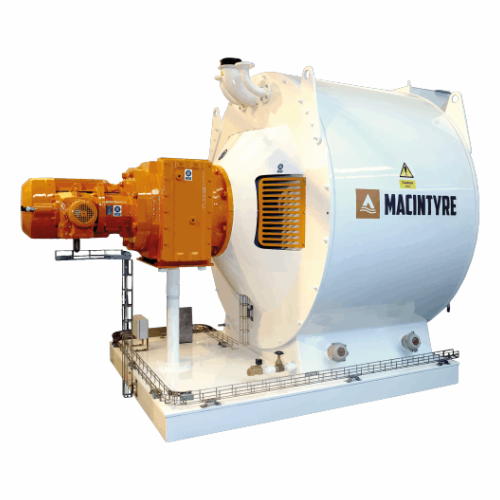
Chocolate refiner and conche solution
Elevate your chocolate production with a versatile solution that seamlessly integrate...
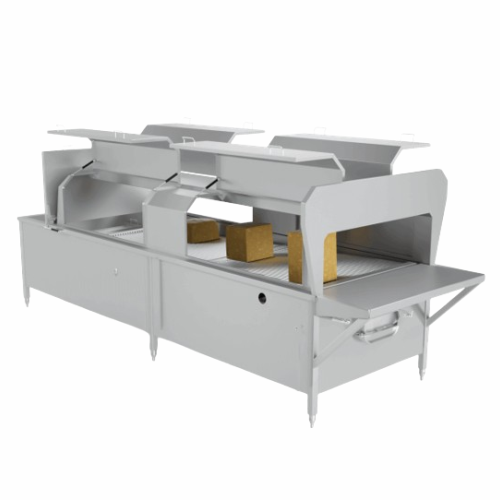
Industrial melting unit for chocolate and powders
Enhance your production efficiency by seamlessly melting and homogenizi...
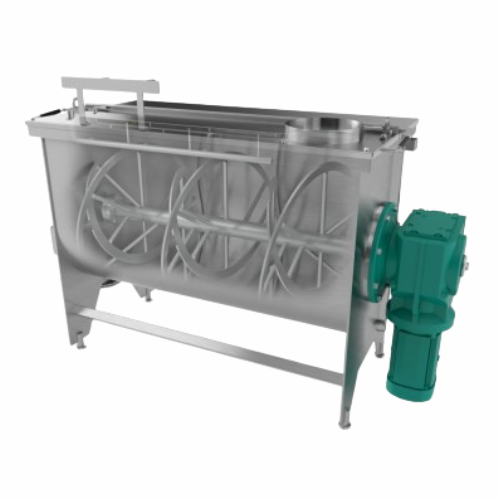
Ribbon blender for homogeneous blending of solids
Achieve perfectly consistent blends with a ribbon blender that ensures ...
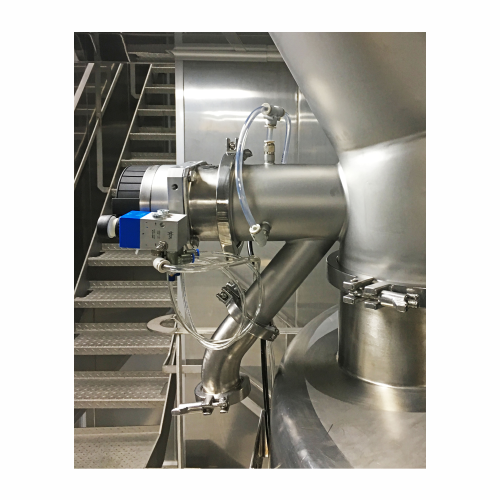
Sampling valve for secure sample extraction
Ensure product quality by safely extracting representative samples without hal...
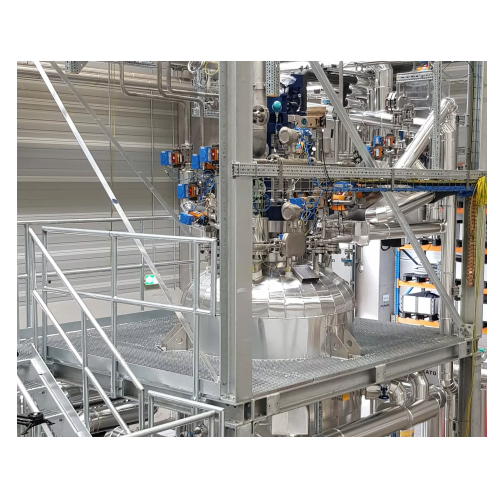
Industrial hydrogenation plant for pharmaceutical raw materials
Optimize your hydrogenation processes with a modular pla...
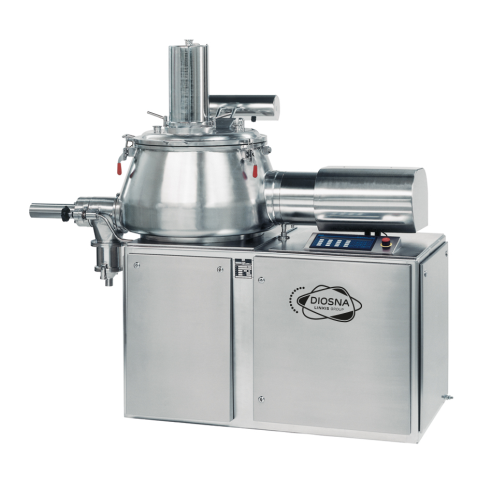
High-shear mixer granulator for pharmaceutical production start-up
Effortlessly achieve optimal granule consistency and...
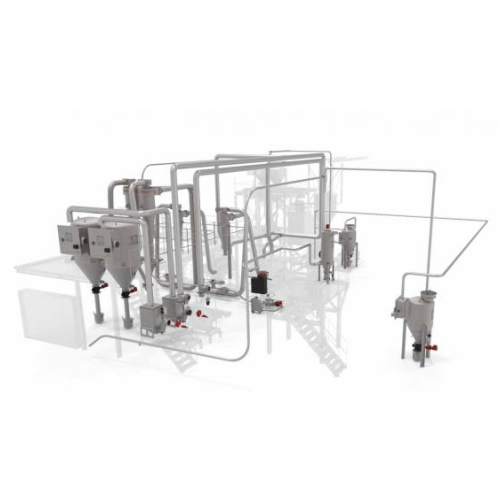
Industrial pneumatic conveying system for powders and granulates
Achieve hygienic and dust-free transport of powders and...
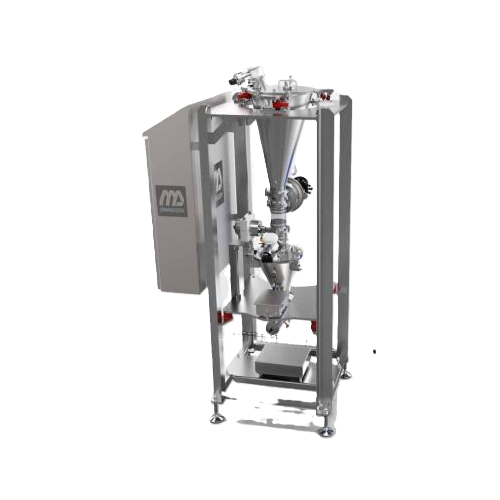
Micro dosing system for precise powder weighing
Achieve unparalleled dosing accuracy in your production line with a system...
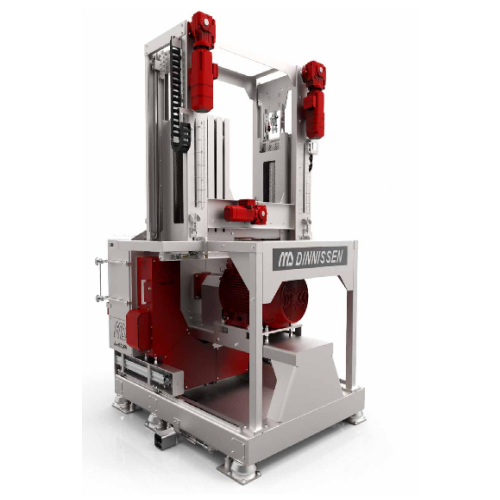
Hammer mill with automatic screen exchange
Optimize your milling operations with a high-speed solution that ensures seamle...
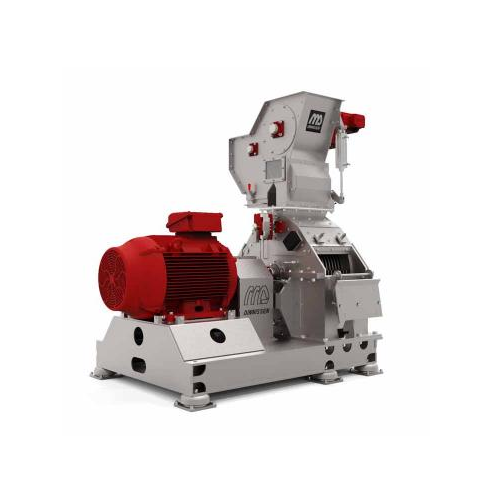
Industrial hammer mill for grinding and sifting
Ensure precise particle size reduction and consistent product quality with...
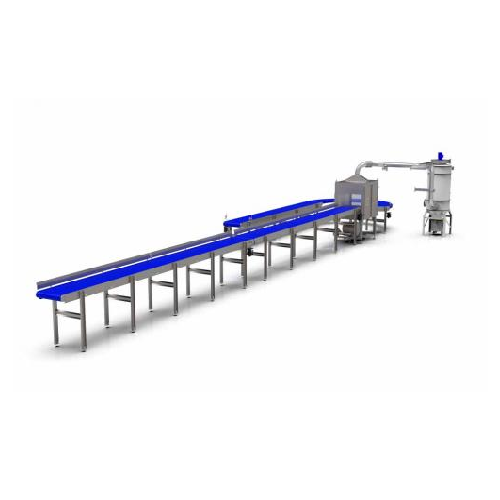
Mechanical horizontal conveyor for powders and granulates
Efficiently handle and transport your delicate powders and gra...
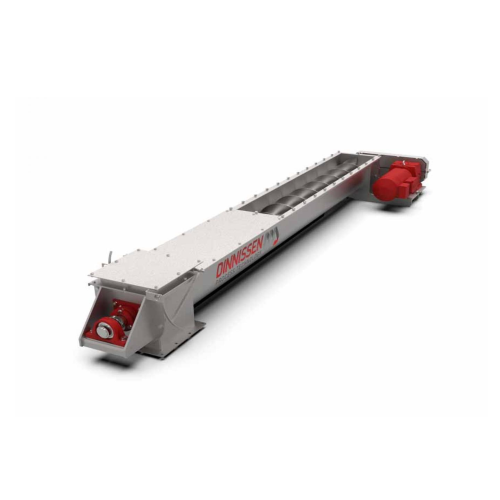
Vertical transport for bulk goods
Efficiently move bulk goods vertically with minimal energy usage, ensuring seamless integ...
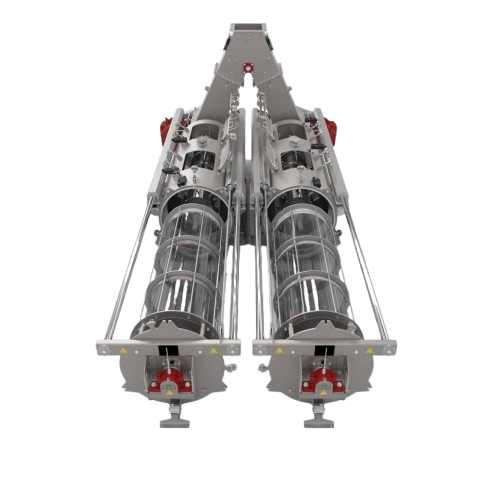
Industrial centrifugal sifter for solid particulate materials
Quickly and accurately sift a wide range of powders and gr...
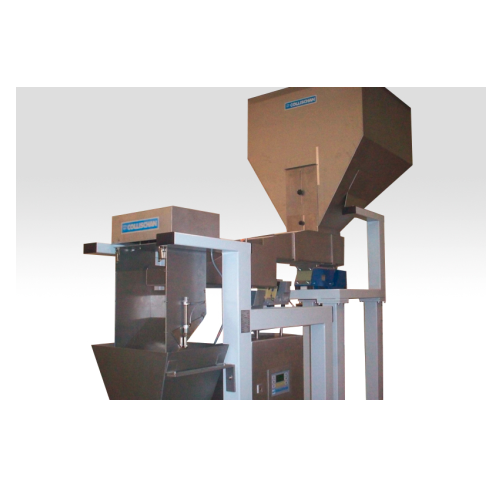
Weigh filler for bulk quantities 2-20kg
Optimizing your filling process with precision, this equipment handles bulk quantit...
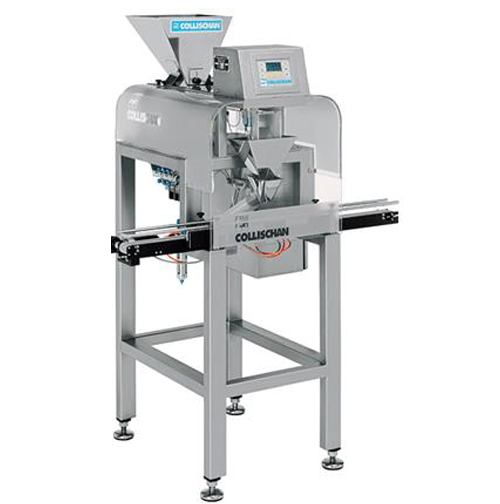
Weight filler for small batches in explosive areas
Efficiently handle and weigh small batch products with precision, even...
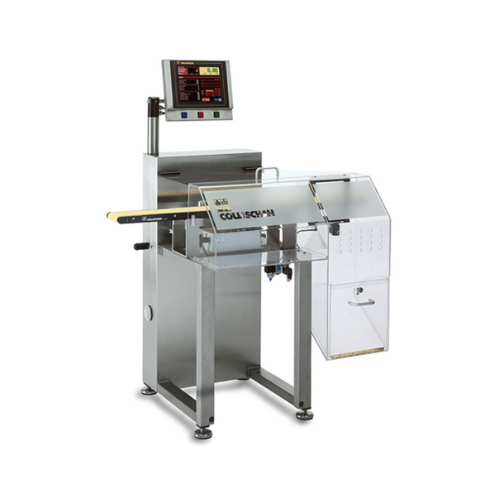
High-performance checkweigher for pharmaceutical tablet cartons
Achieve precision weighing at speeds up to 500 units per...
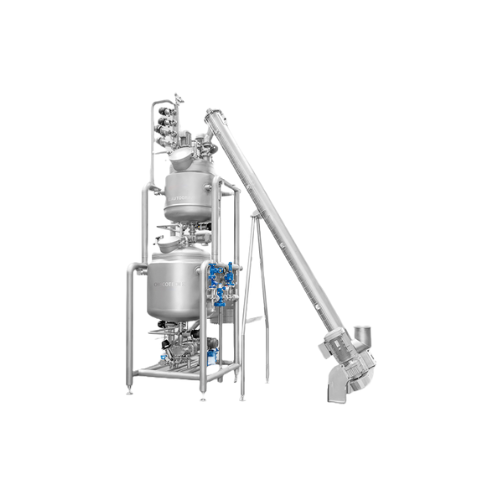
Batch weighing system for precise raw ingredient mixing
Optimize your confectionery production with a precise batch weigh...

Industrial sugar melter
Efficiently melt and mix sugar with precision using a gas-fired batch cooker designed for optimal hea...
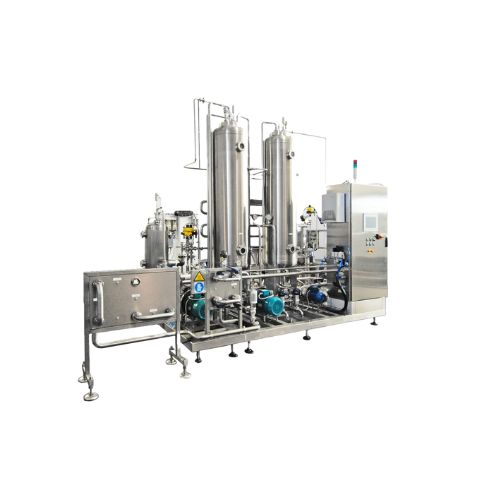
Powder dissolution unit for beverage production
Achieve precise and rapid dissolution of powders like sugar and acids, opt...
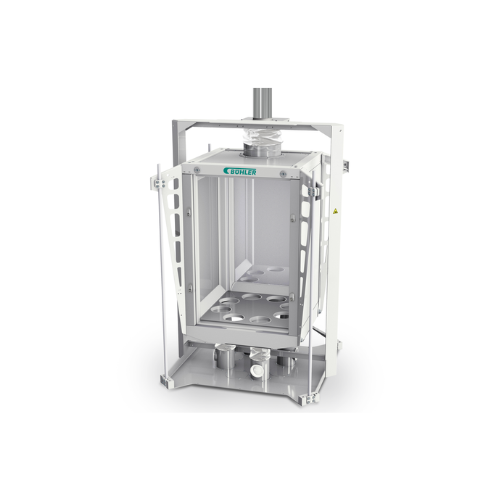
Grain sifter for milling applications
Optimize your grain processing by efficiently sifting and sorting a variety of produc...
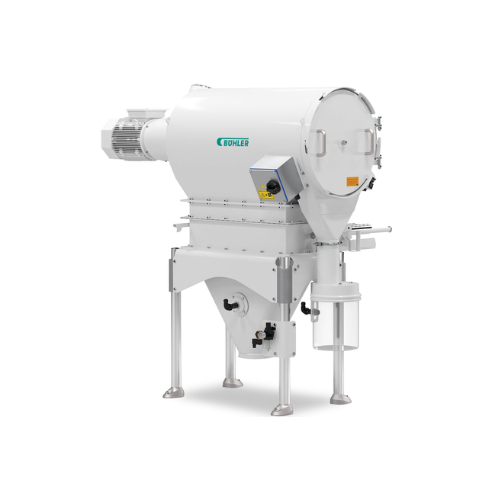
Industrial sieving solution for powders and granulates
Ensure top sanitation and food safety in your production line with...
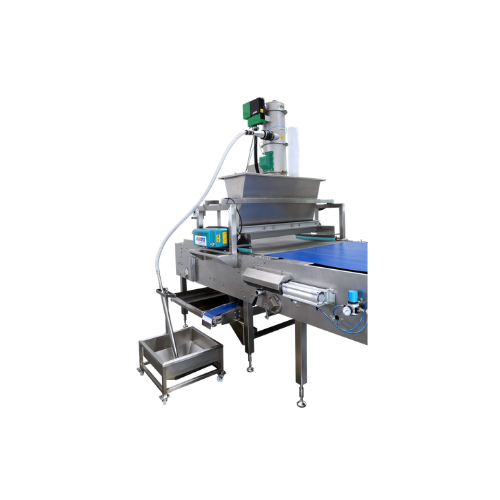
Vibration sprinkler for uniform dough decoration
Elevate your baked goods with precise, uniform decoration using a vibrati...
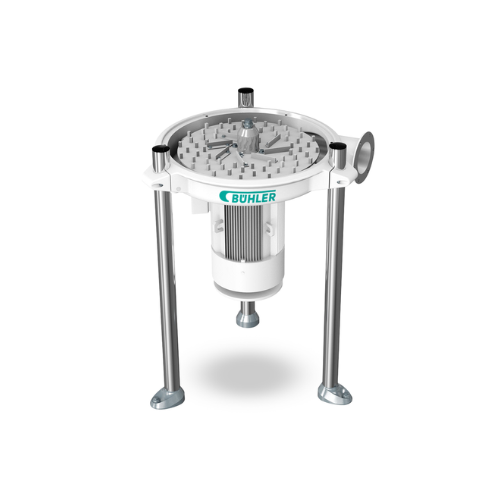
Impact machine for milling applications
Optimize your grain processing with this versatile impact machine, designed to refi...
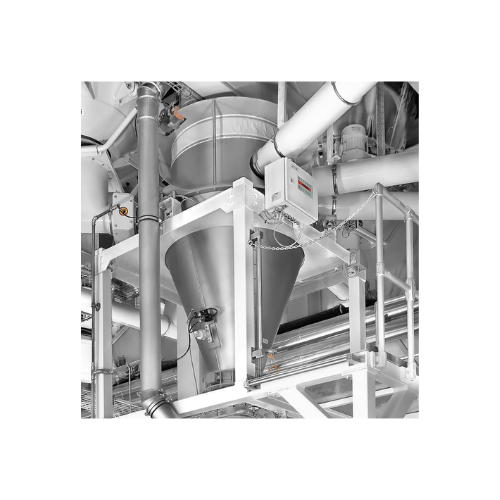
Weighing and receiving container for floury products
Achieve precise and consistent ingredient proportions with this syst...
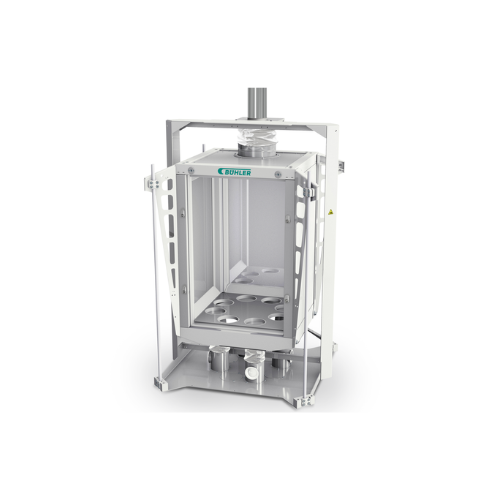
Grain product plansifter
Optimize your grain processing with a magnetic drive plansifter that efficiently sifts and sorts a d...
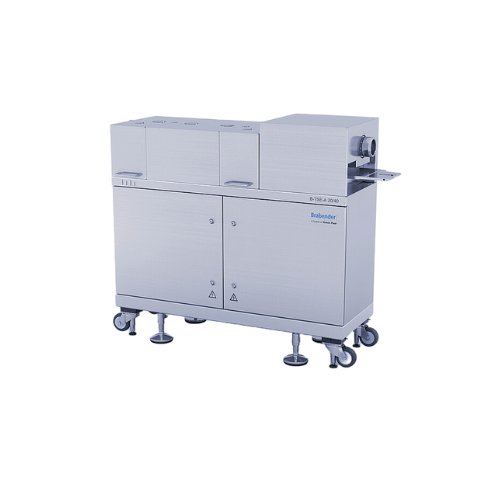
Lab-scale twin screw extruder
Optimize your material testing and production efficiency with our versatile twin screw extrude...
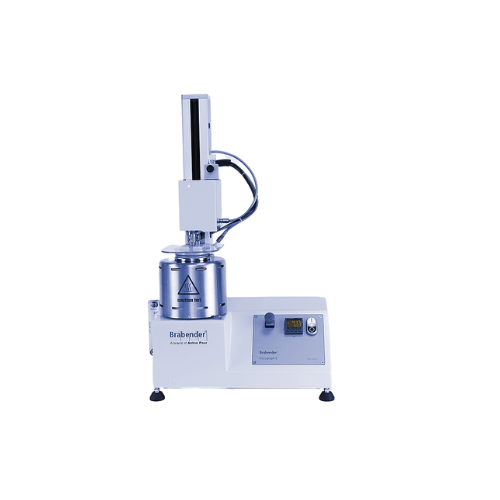
Standard starch viscometer for gelatinization analysis
Ensure precise gelatinization property measurement with real-time ...
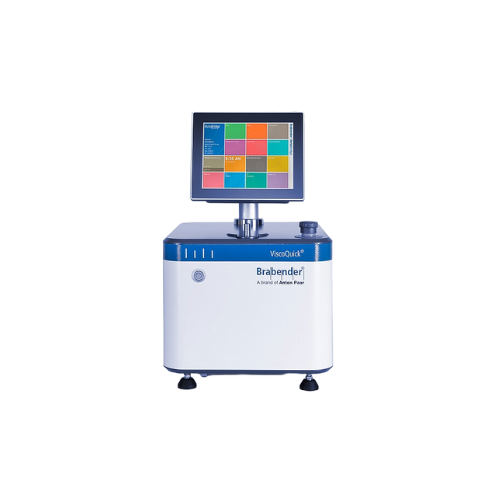
Digital torque viscometer for starch analysis
Experience rapid and precise starch gelatinization analysis with a compact, ...
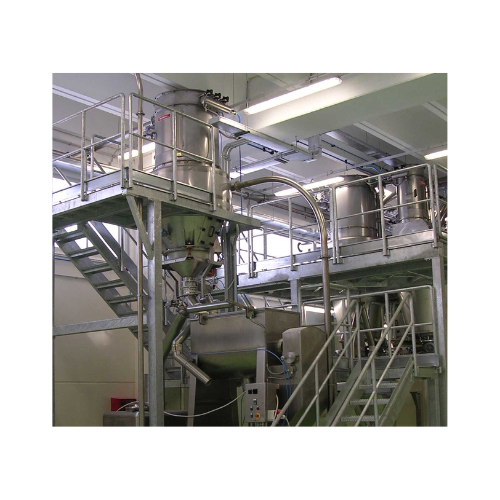
Material handling system for confectionery production
Optimize your production line with a system designed for efficient ...
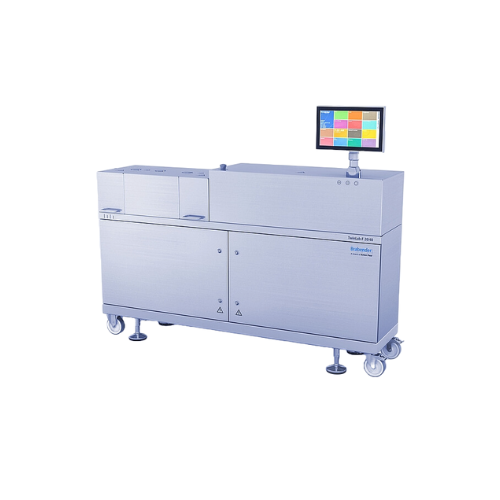
Small twin screw extruder
Optimize your lab and pilot production with a versatile twin screw extruder, designed for precise ...
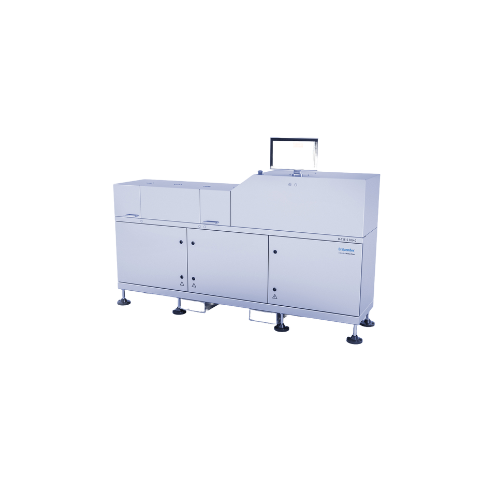
Lab- and pilot-scale twin screw extruders for small-scale production
Optimize extrusion techniques with lab and pilot-s...
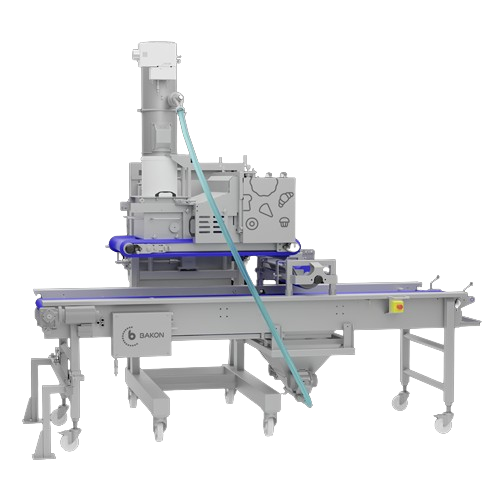
Efficient topping strewer for bakery production lines
Enhance your product’s appeal and streamline topping applicat...

Industrial columns and towers for chemical processing
Optimize your chemical production with robust columns and towers, d...
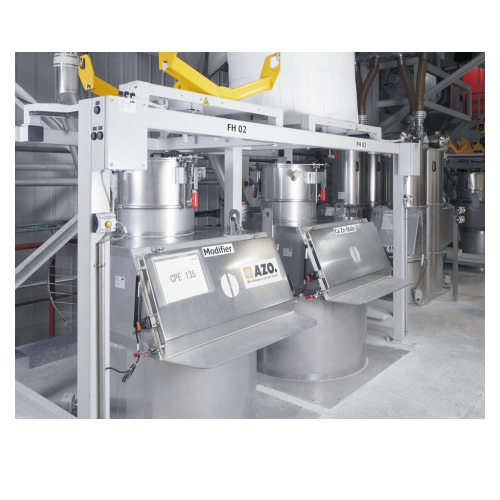
Integrated pickup station for bagged products and big bags
Streamline the handling and transition of bulk materials with...
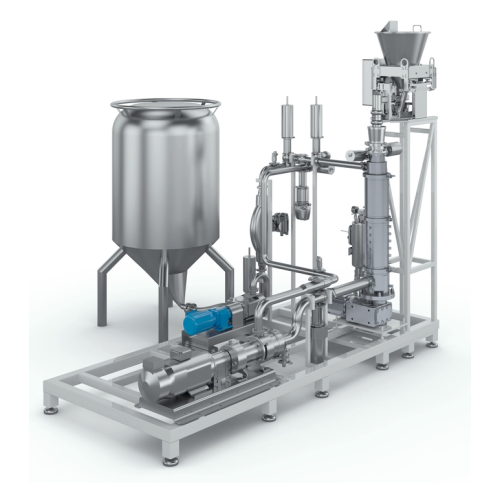
Advanced powder dosing system for continuous production
Achieve precise powder integration into your liquid processes, en...
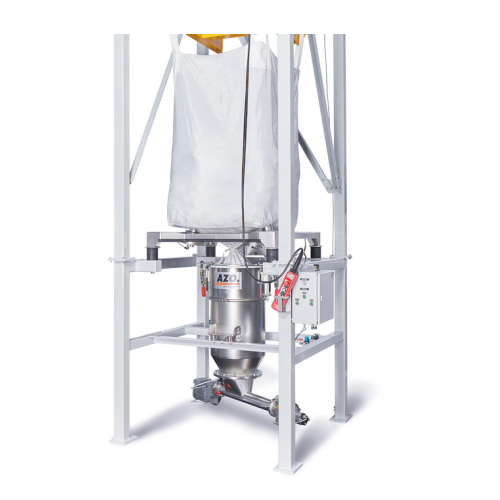
Modular big bag discharge station for bulk material handling
Streamline your bulk material handling with a customizable ...
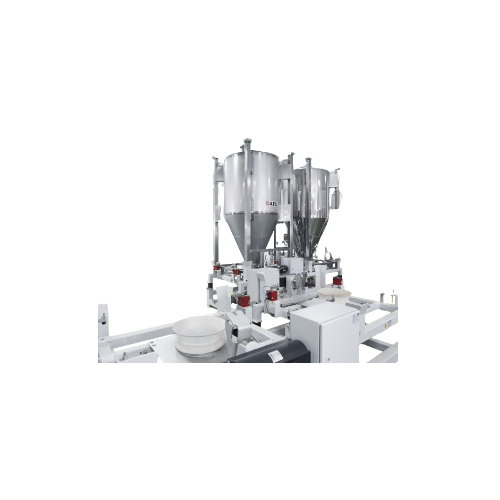
Dust-free docking collar for containers and bins
Achieve seamless, dust-free connections between containers and processing...
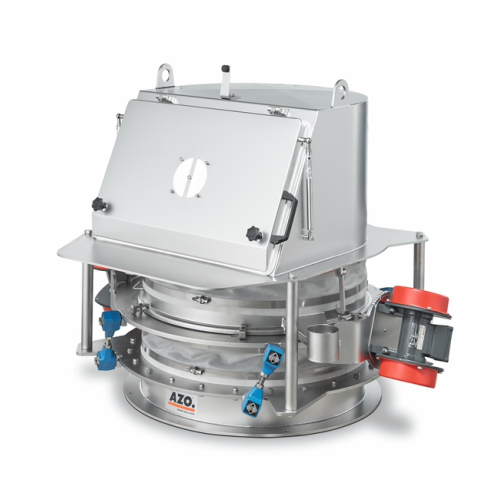
Bag feeding hopper for bulk solids
Optimize your material handling with a robust feeding hopper that seamlessly integrates ...
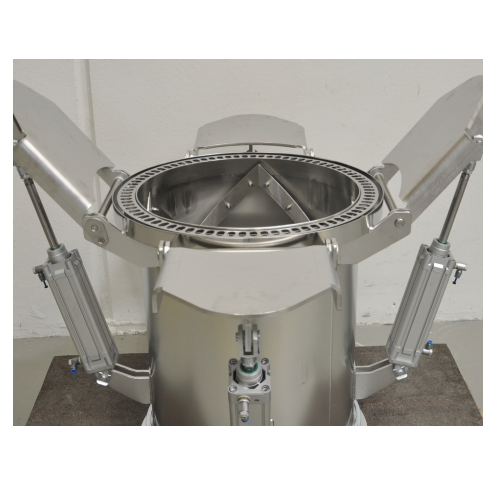
Dust-free big bag connection system for bulk solids
Eliminate dust and ensure reliable discharge with this vacuum docking...
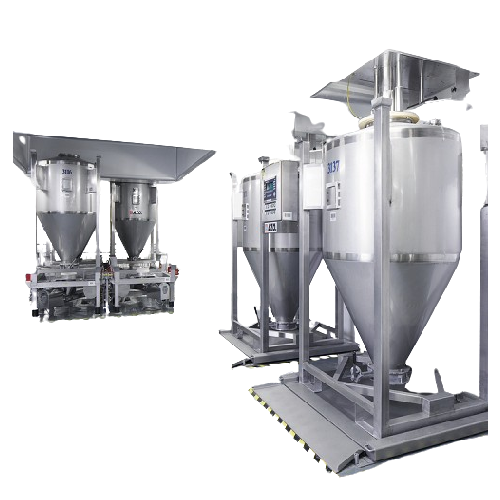
Automated bulk material handling system
Ensure precise batch tracking and efficient handling of challenging bulk materials ...

Aseptic cooking and filling line with two reactors
Streamline your production with a versatile line that combines high-ef...
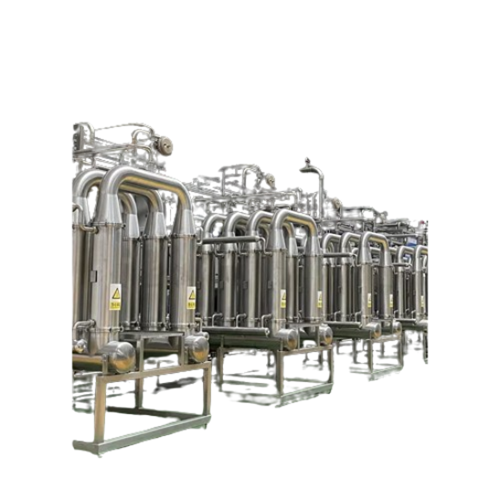
Cross flow filtration for industrial liquid purification
Optimize your production process with advanced cross flow filtra...

Industrial filter press for dewatering and filtration
Optimize your dewatering and filtration needs with a highly adaptab...
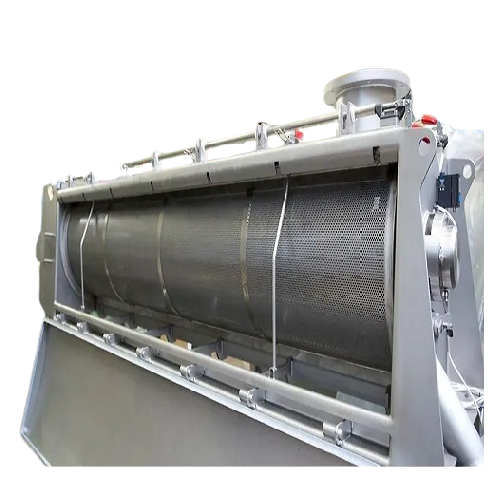
Mill sifter for precise bulk density and particle size distribution
Achieve precise particle size and uniform bulk dens...

Paddle dryer for industrial sludge
Achieve consistent drying and pasteurization of complex materials with this advanced pad...

High boiled sugar continuous batch cooker
Streamline your confectionery production with efficient high boiled sugar cookin...
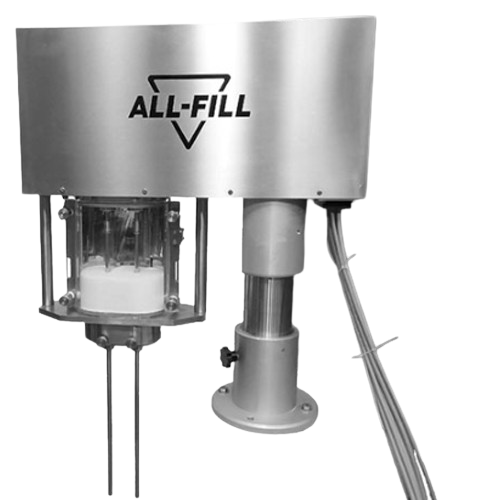
Multi-fill powder filling system
Achieve precise and consistent filling for your powdered and granulated products with a mod...
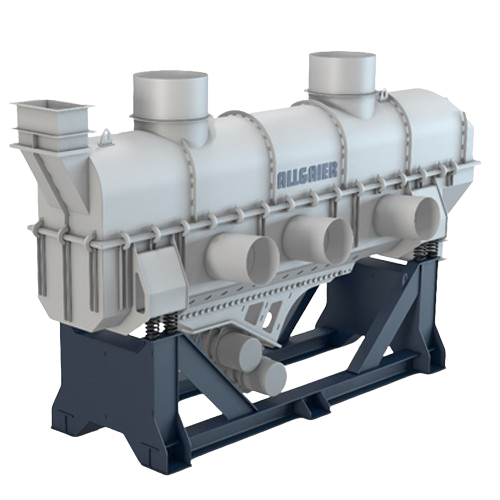
Fluidized bed dryer for industrial materials
Enhance product quality and energy efficiency with fluidized bed dryers, opti...
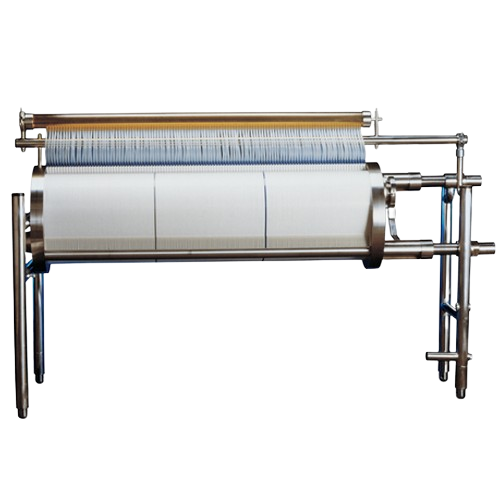
Ultrafiltration and microfiltration module for low to medium viscosity products
Streamline the separation and concentr...
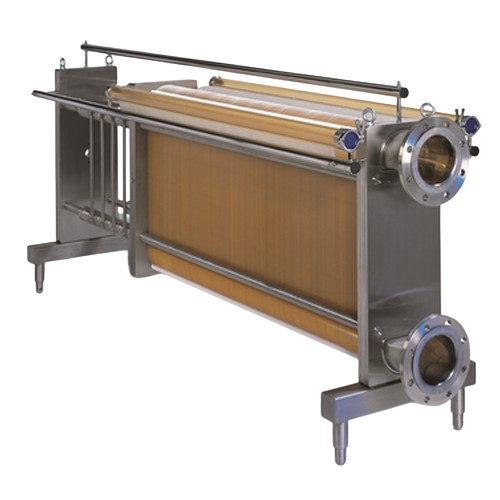
Ultrafiltration module for high-viscosity products
Achieve enhanced separation efficiency with a versatile module designe...
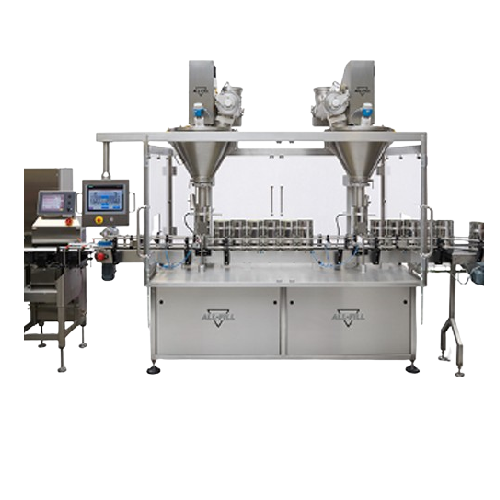
In-line filling system for various container sizes
Streamline your production with versatile in-line filling solutions th...
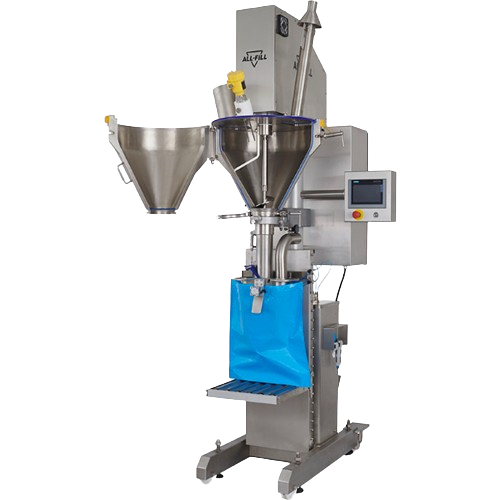
Industrial auger sack filler for large bags
Designed to efficiently fill large bags and sacks, this advanced filling machi...
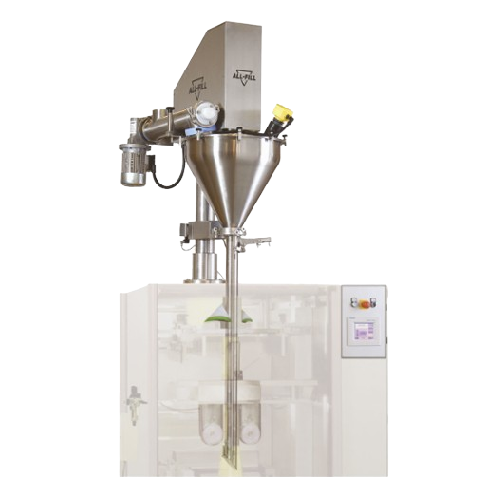
Vertical form fill seal filling system for auger applications
Effortlessly integrate precise powder and granule filling ...
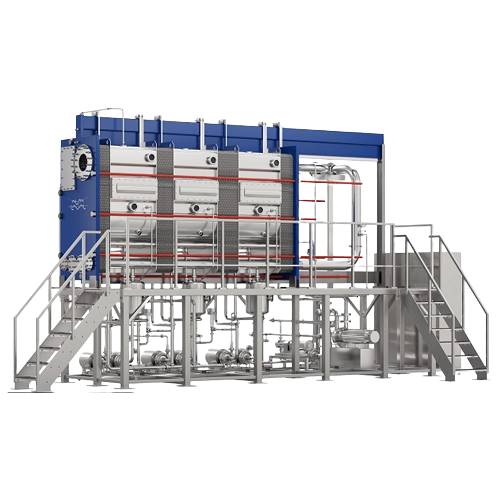
Climbing film plate evaporator for food industry
Efficiently concentrate heat-sensitive liquids while minimizing product e...
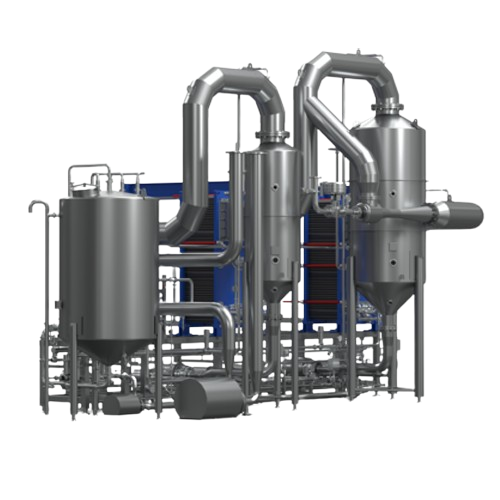
Rising film evaporator for concentration of viscous liquids
Effortlessly concentrate low-to-medium fouling and highly vi...
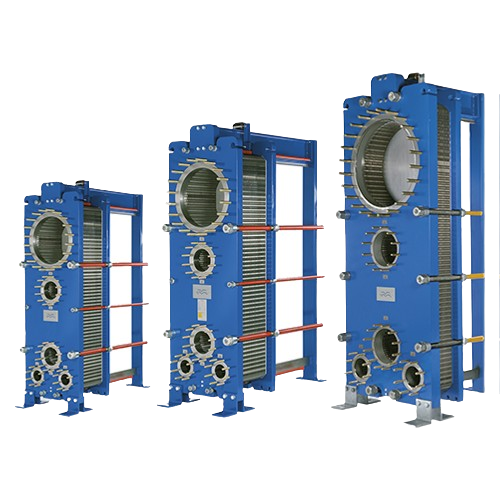
Plate surface condenser for vapour under vacuum
Experience high-efficiency condensation in space-constrained environments ...
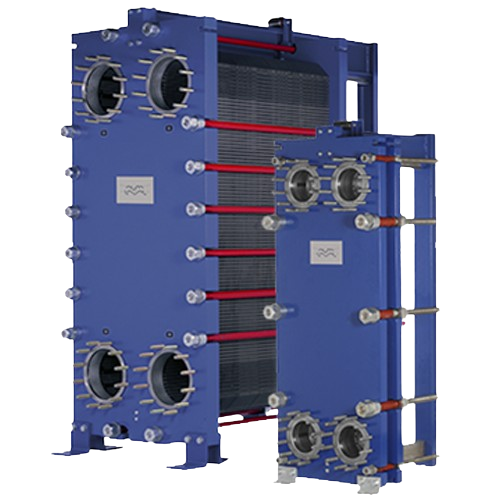
Heat exchanger for fibrous and coarse particle fluids
For operations involving fibrous and coarse particle fluids, this a...
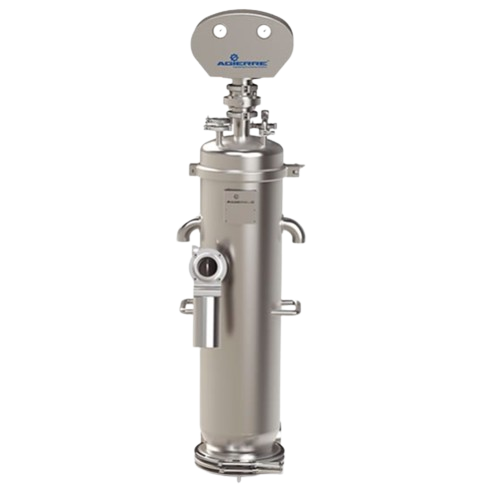
Vacuum conveyor for powder and granule transfer
Ensure efficient and contamination-free transfer of powders and granules w...
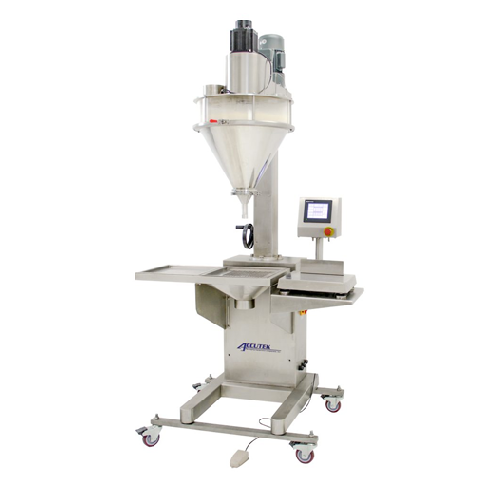
Powder filling machine for dry products
Achieve precision and consistency in filling dry powders and granules with a versat...
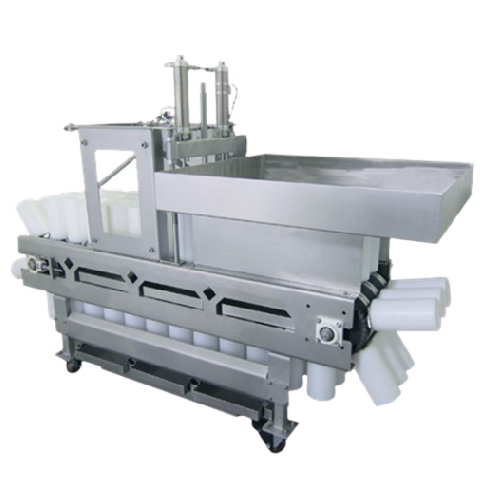
Automatic popcorn ball forming equipment
Streamline your snack production with high-speed, precise popcorn ball forming tec...
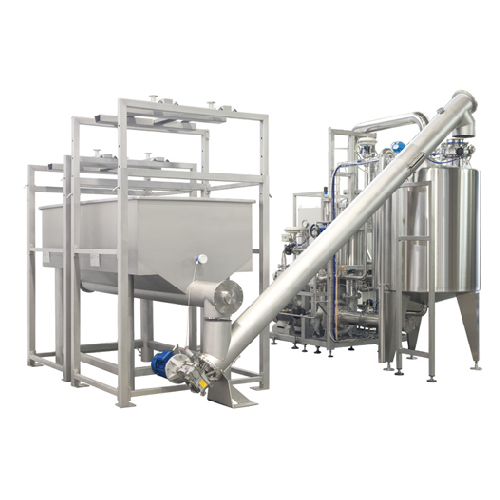
Granulated sugar storage and conveyance solutions
Optimize your sugar processing with versatile solutions for storage, pr...
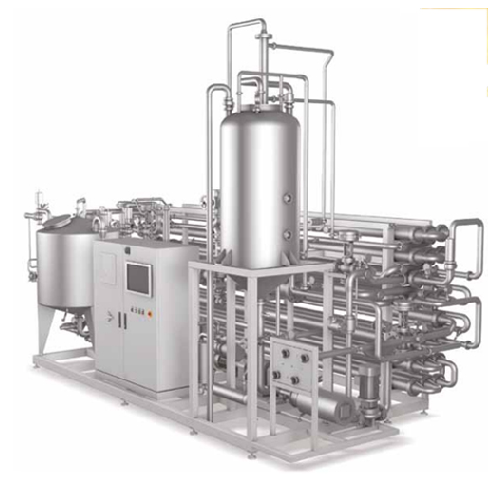
Sugar syrup treatment system
Ensure your sugar syrups meet quality standards by eliminating impurities and maintaining optim...
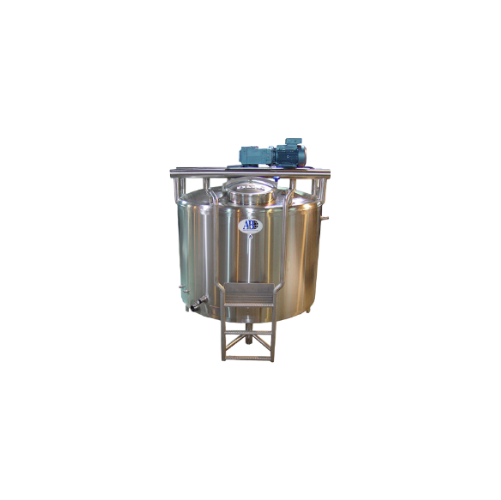
Industrial mixing tanks for liquid, slurry, and gas dosing
Optimize your production with versatile mix tanks, designed t...
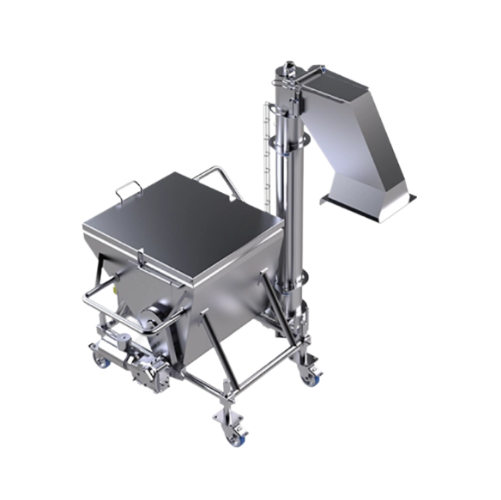
Flour and crumb feeders for breading and pre-dusting processes
Optimize your breading and pre-dusting operations with ad...
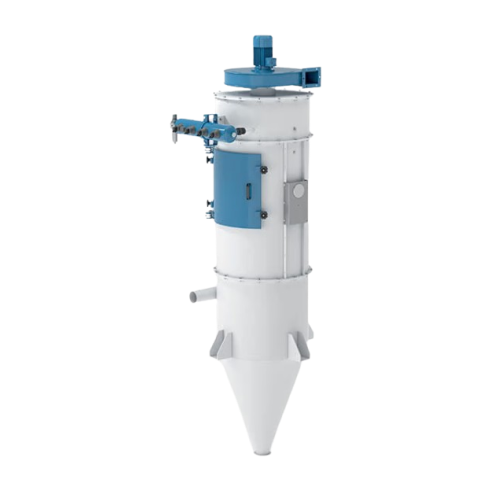
Cyclone filter for pneumatic conveying systems
Efficiently separate and filter airborne dust in pneumatic conveying lines,...
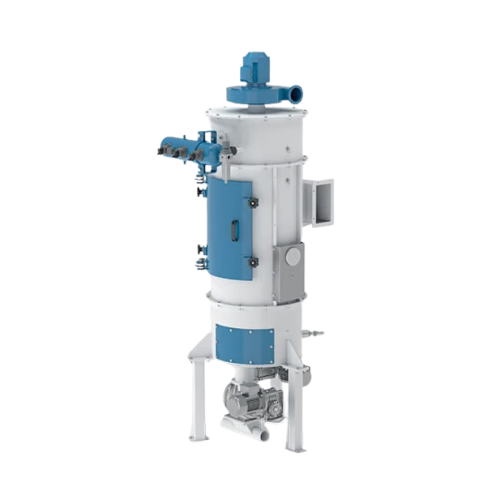
Self-cleaning silo filter
Ensure purity and compliance by trapping dust effectively during silo loading, while maintaining c...
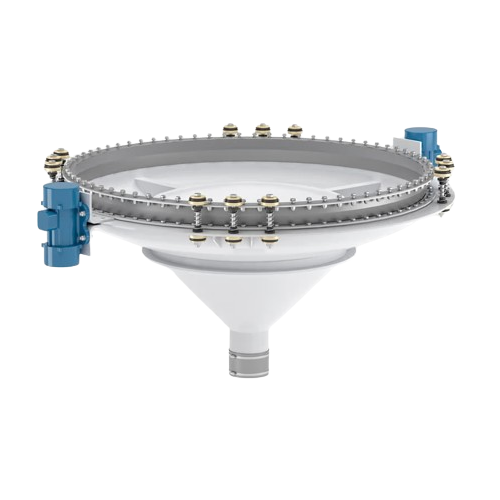
Industrial vibrating extractor for homogeneous product conveyance
Ensure consistent flow of dry bulk materials with a v...
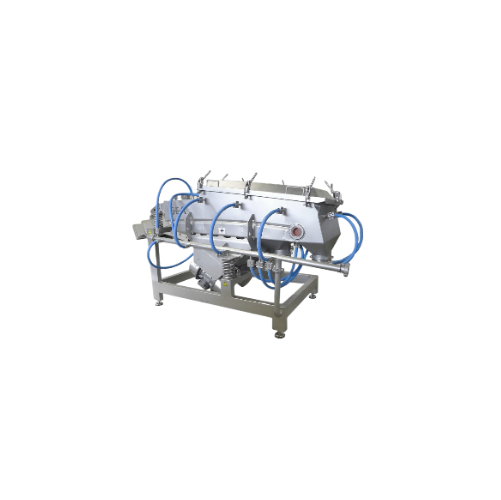
Industrial sifters for beverage processing
Optimize your beverage production with precisely engineered sifters that ensure...
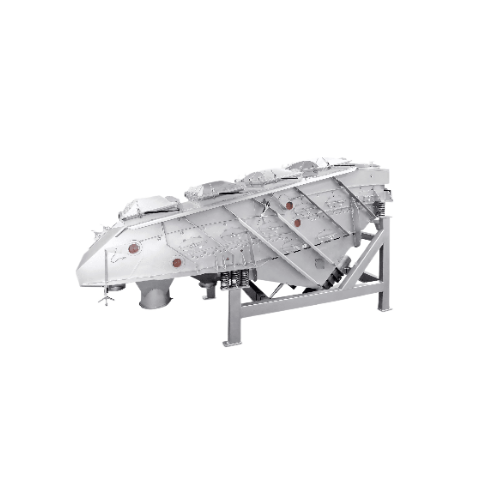
Vibrating sifter for chemical applications
Achieve precise particle separation with this vibrating sifter, ensuring optima...
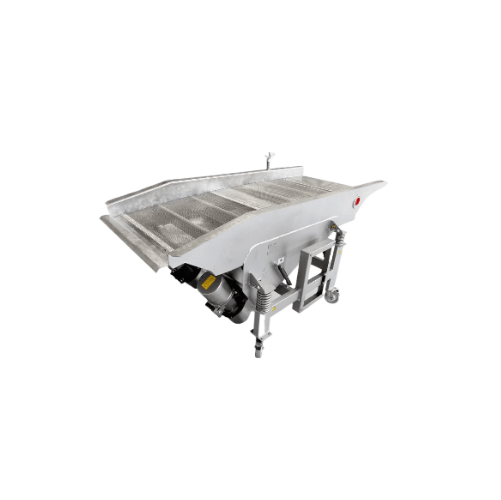
Food product sifter
Ensure precise separation with vibratory sifters designed for continuous operation, delivering gentle han...
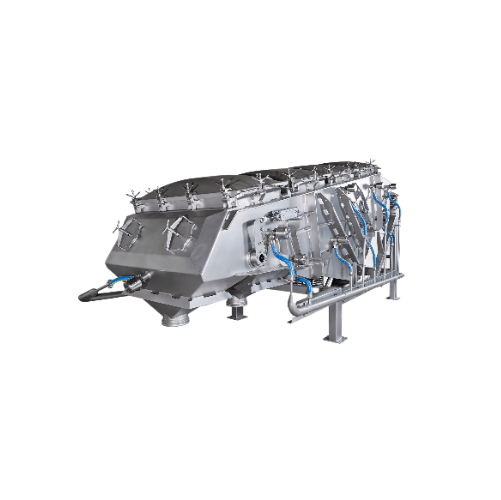
Industrial powder sifter with sanitary compliance
Optimize your powder processing with this versatile sifter, ensuring pr...
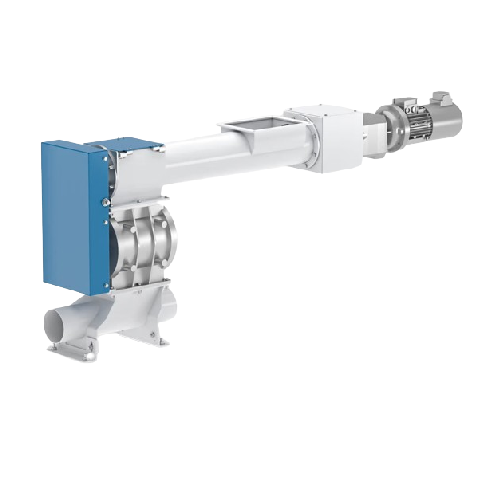
Continuous raw material distribution screw doser
Optimize your material flow with a screw doser designed for precise and c...
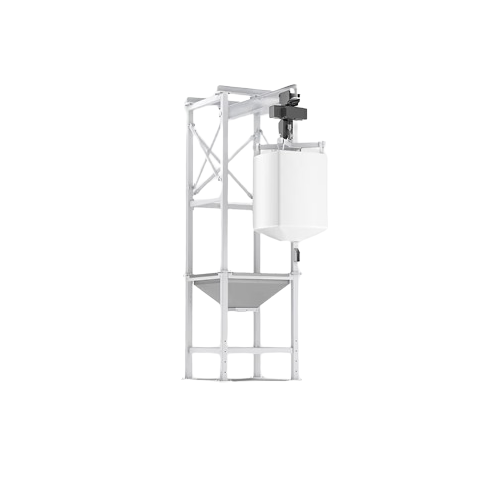
Big bag emptying station for bulk product handling
Streamline your bulk material handling with a station designed to effi...
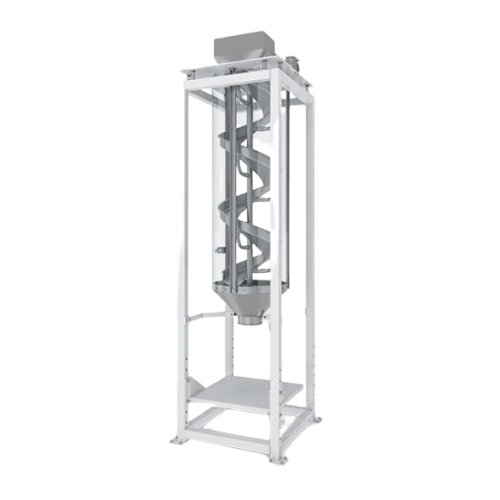
Direct discharge descender for product handling
Efficiently transport granulated materials without compromising their inte...
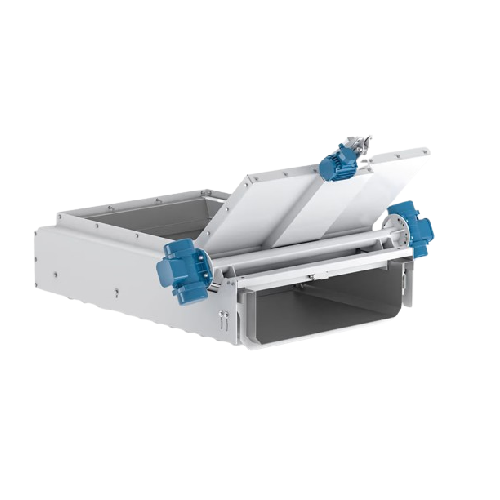
Vibrating extractor for silo and hopper product distribution
Ensure consistent product flow and precise distribution fro...
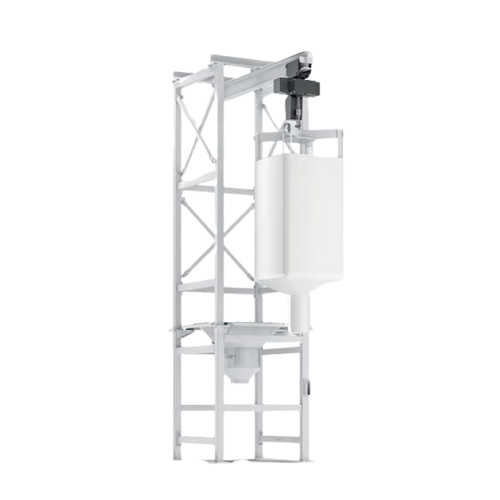
Big bag emptying station for raw materials
Streamline your material handling process by efficiently lifting, emptying, and...
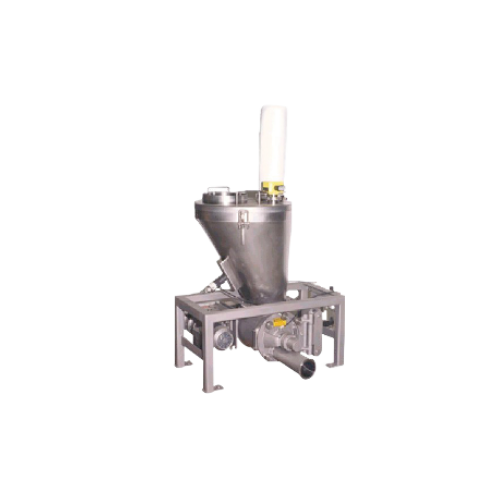
Lean phase pressure conveying for powder handling
Effortlessly transport and manage powdered materials with lean phase pr...
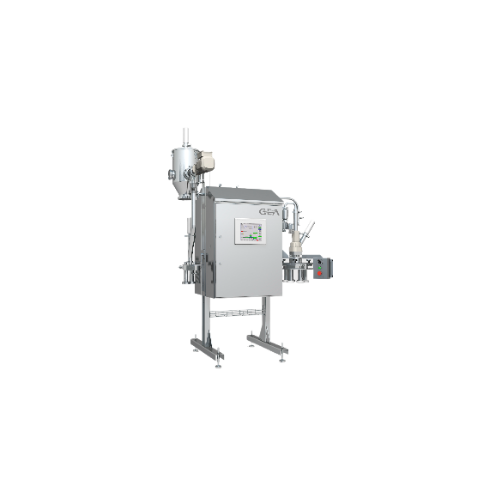
Vacuum powder sampler for particle size distribution control
Ensure precise quality control with a vacuum powder sampler...
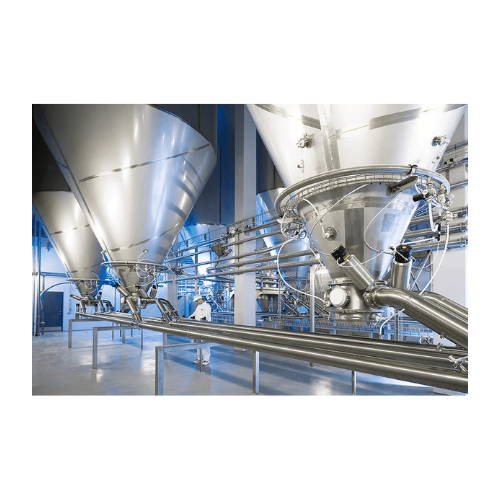
Bulk storage silos for food products
Ensure optimal powder storage and handling with versatile silos designed for efficient...
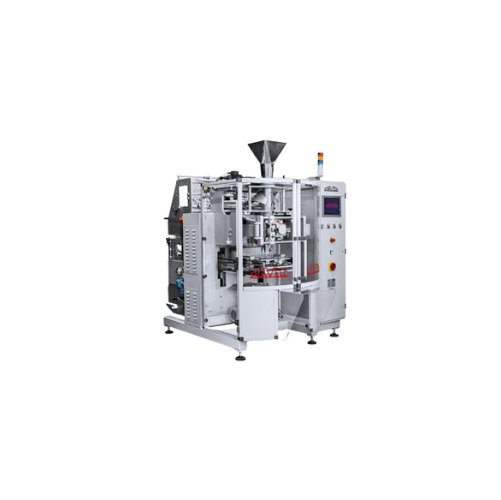
Continuous motion packaging for short-cut pasta
Optimize your packing line with a high-speed solution designed for efficie...
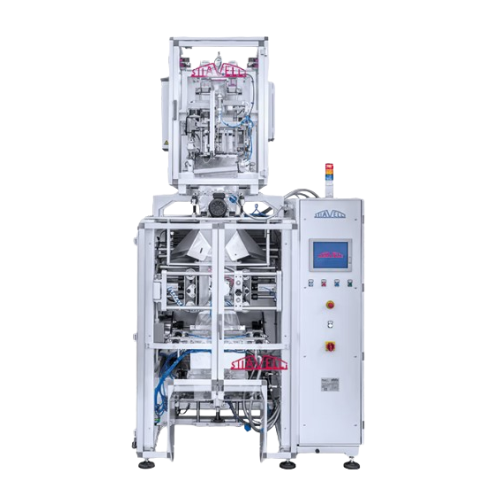
Intermittent motion bulk packaging for pasta and granular products
Optimize your production line with precision packagi...
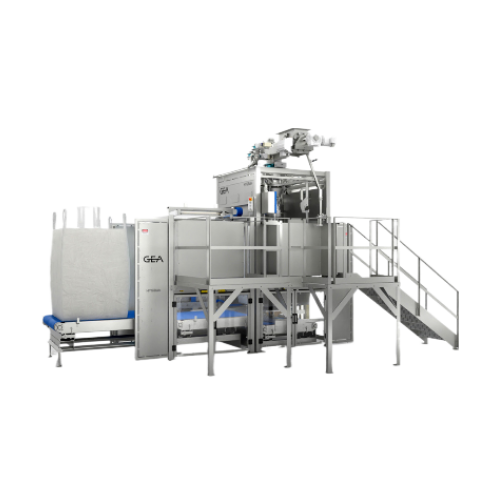
Bulk powder filler for food, dairy, and nutraceuticals
Optimize your bulk powder filling process with a system designed t...
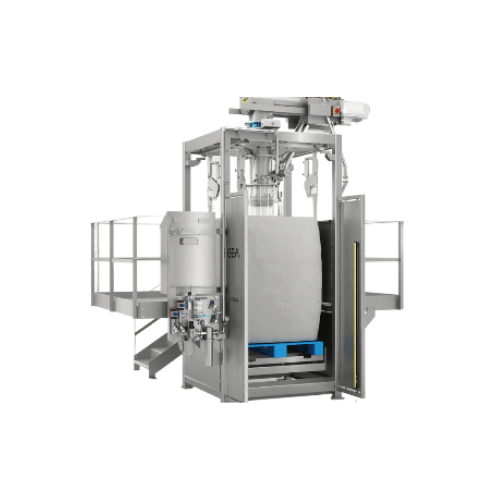
Low care bulk powder fillers
Optimize your production efficiency by accurately filling flexible bulk containers with dry pow...
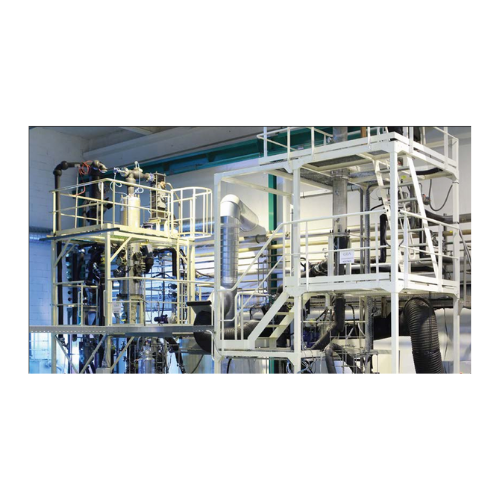
Industrial solution crystallization plants
Optimize your production with tailored crystallization systems designed for eff...
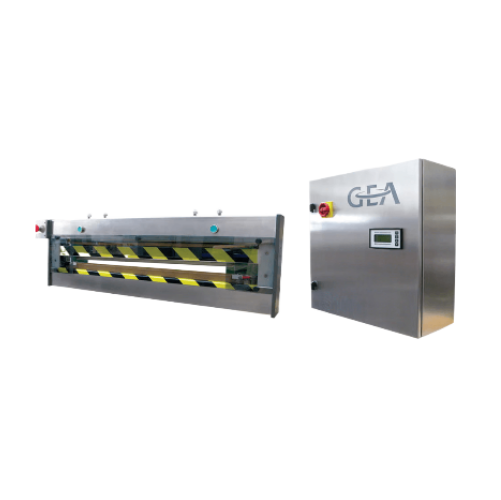
Plastic bag sealer for polyethylene bags
Achieve consistent hermetic sealing of polyethylene bags while preserving the inte...
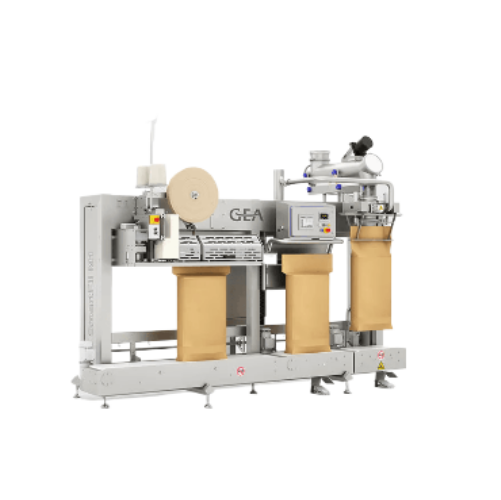
Semi-automatic powder filling system for food products
Achieve precise and flexible filling for food powders and granules...
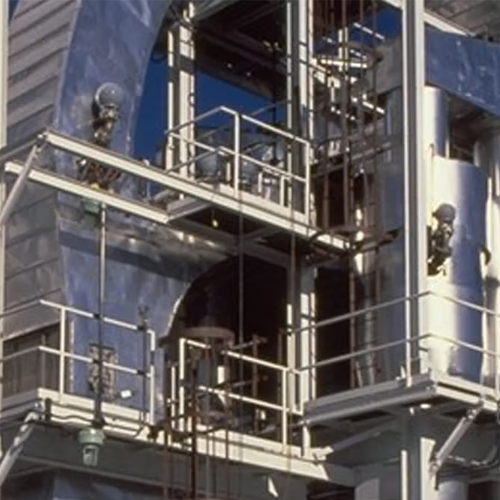
P-type ring dryer for thermally sensitive products
Optimize moisture control and prevent thermal degradation in your prod...
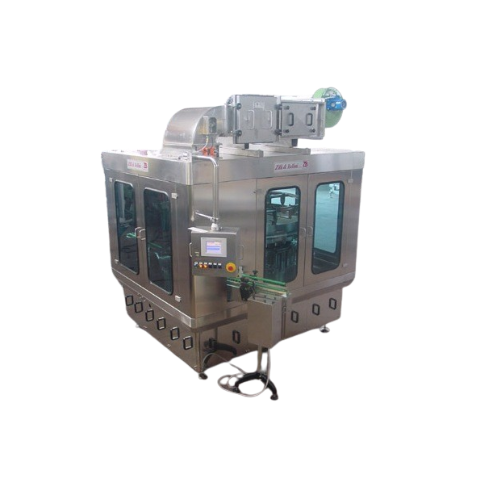
Industrial powder fillers for various containers
Optimize your packaging line with high-speed powder fillers that handle d...
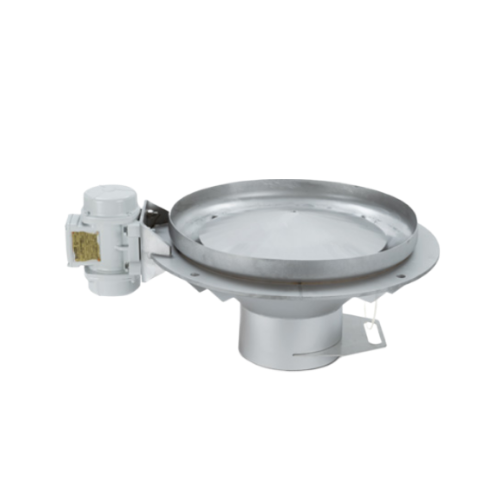
Vibratory bottom discharge system for bulk materials
Ensure consistent flow of challenging bulk materials with a vibrator...
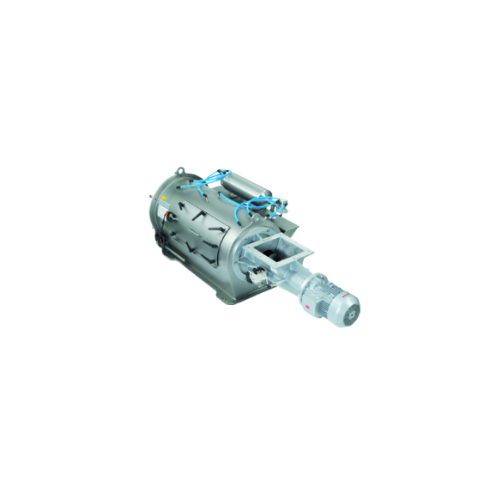
Rotary sifter for bulk material preparation
Ensure precise material preparation and protect downstream processes by integr...
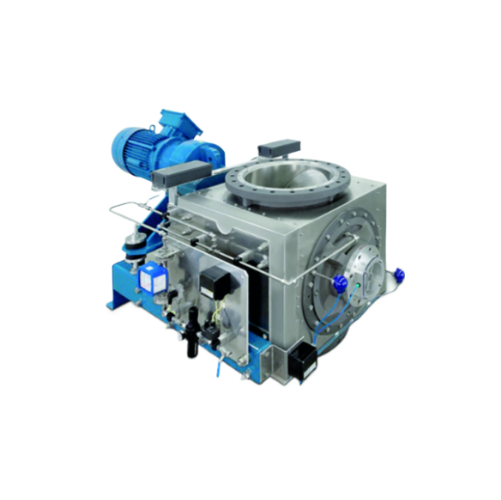
Industrial rotary feeder for powder and agglomerates
Achieve seamless integration in your production line with a robust s...
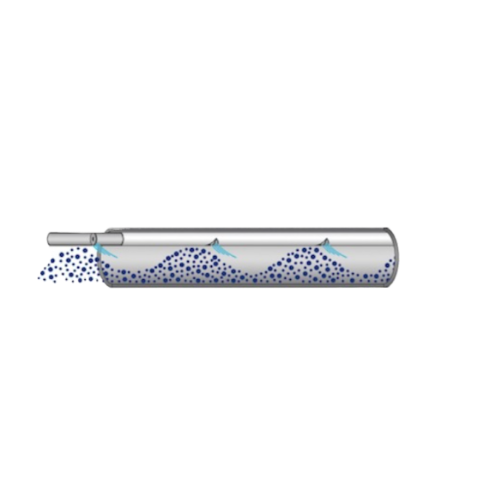
Pta and Pet production systems
Maximize throughput while minimizing dust fines in your production of PTA and PET pellets wit...
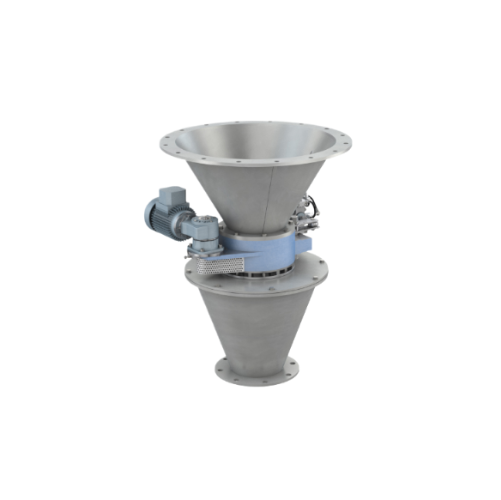
Industrial discharge and dosing module
Optimize material flow and prevent blockages in silo discharge and dosing processes,...
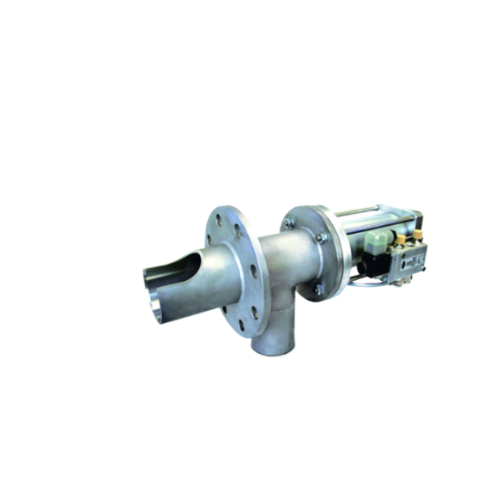
Sampler for powdered and granular bulk materials
Ensure precise sampling of powdered and granular materials under varied o...
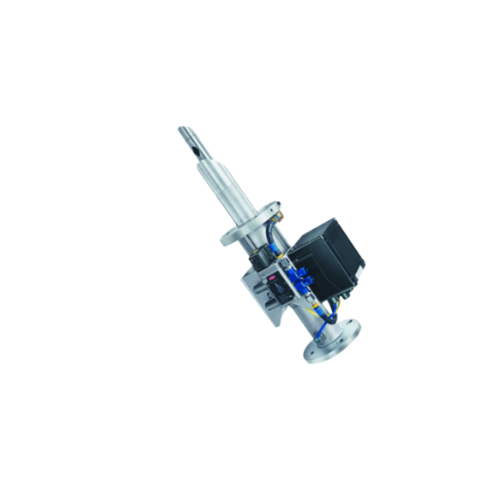
Sampler for free-flowing granular bulk materials
Efficient and precise sampling of granular bulk materials and coarse powd...
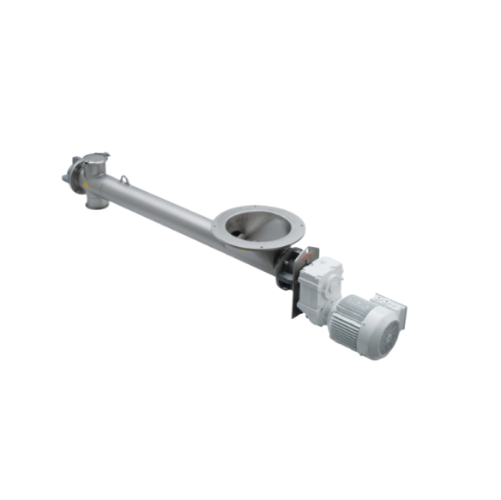
Dosing and conveying screw for dry bulk materials
Efficiently manage the precise dosing and conveying of dry, powder, and...
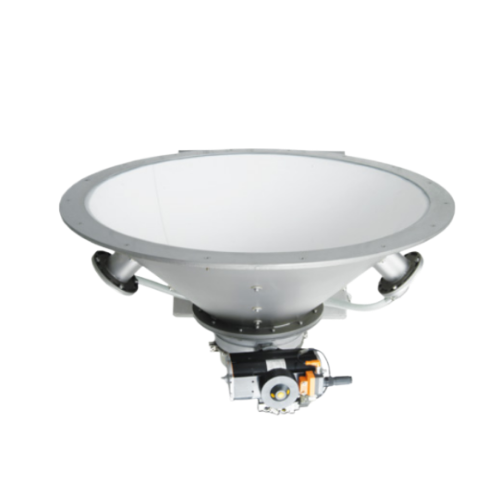
Fluidizing bed for bulk material discharge
Optimize your material flow with a fluidizing bed designed for seamless dischar...
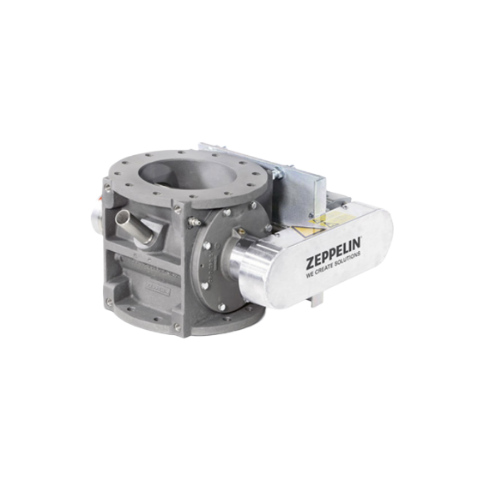
A-type rotary feeder for powder and pelleted bulk materials
Ensure precise feeding and discharging of powdered and pelle...
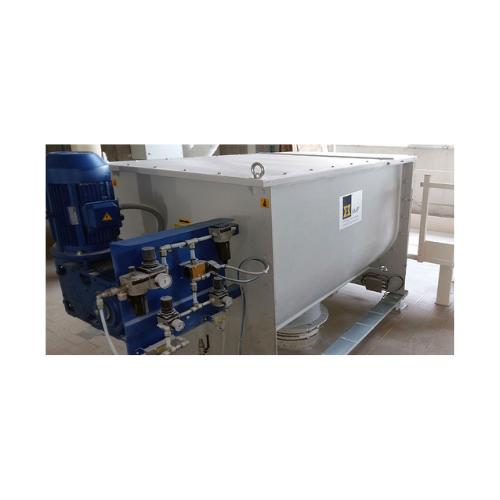
Single-shaft ribbon blender for homogeneous mixing
Achieve high-quality, precise blending of delicate and temperature-sen...
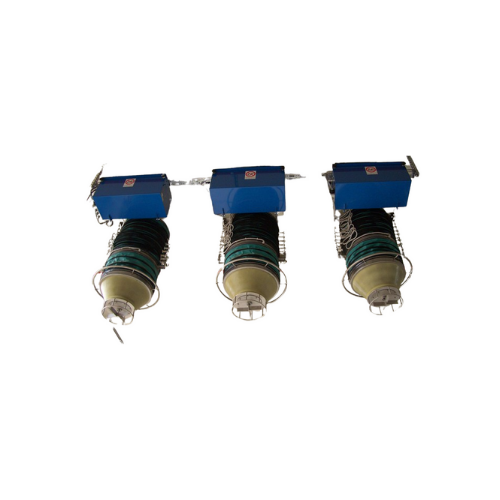
Tanker loading bellow for dust-free bulk solids loading
Optimize tanker loading while minimizing dust emissions with this...
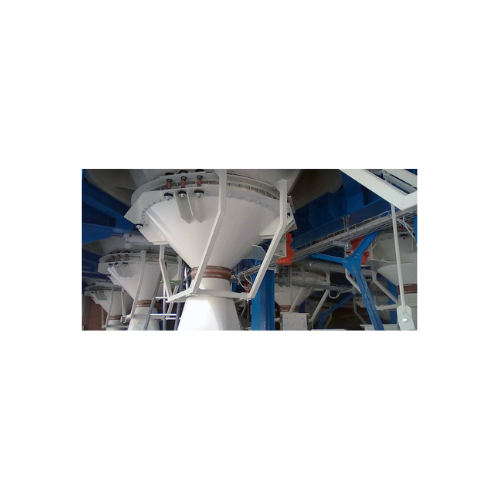
Bulk solids discharging and loading solution
Optimize your bulk material handling with equipment that ensures efficient an...
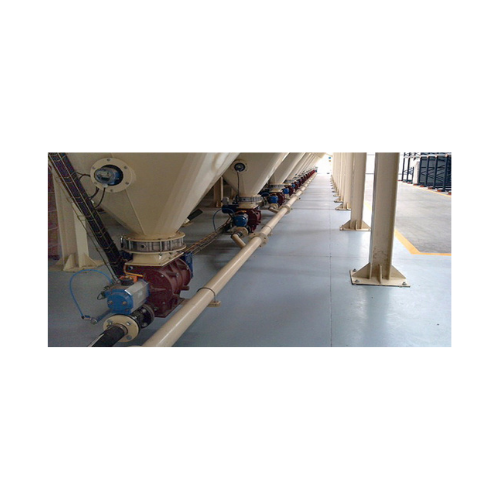
Pneumatic conveying system for bulk solids
Ensure efficient and dust-free transport of bulk materials with a pneumatic con...
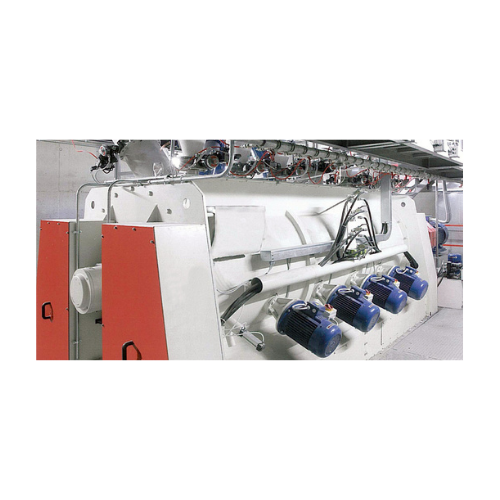
Batch-type single shaft mixers with bomb-bay discharge
When you need rapid, residue-free discharge in your batch mixing p...
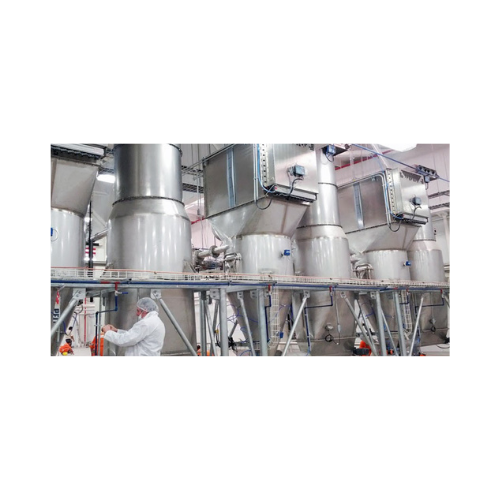
Industrial dust collection system for air filtration
Optimize air quality in your production line with this compact dust ...

Food-grade round dust collectors
Maintain a clean production environment with this food-grade dust collector, designed to ma...
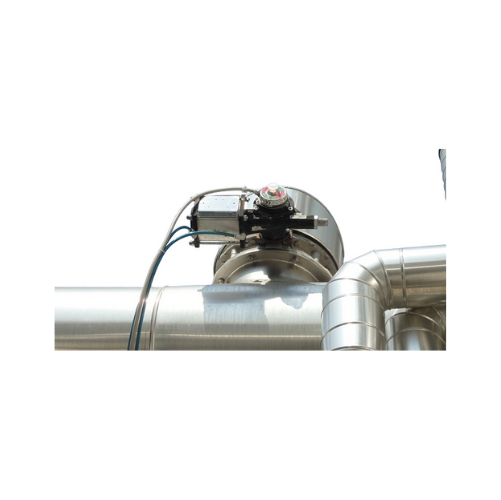
Fit-frame butterfly valves for dry bulk solids
Achieve precise control and minimize contamination in your dry bulk materia...

Butterfly valves for powders and granules
Ensure precise flow control and reliable sealing for gravity-fed or pneumatic sy...
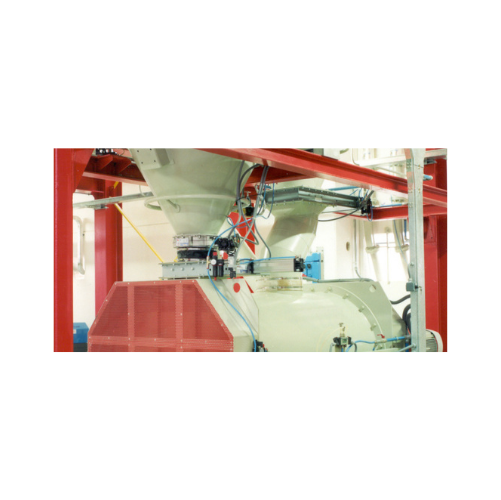
Butterfly valves for powder and granular material handling
Experience seamless material control with advanced butterfly ...
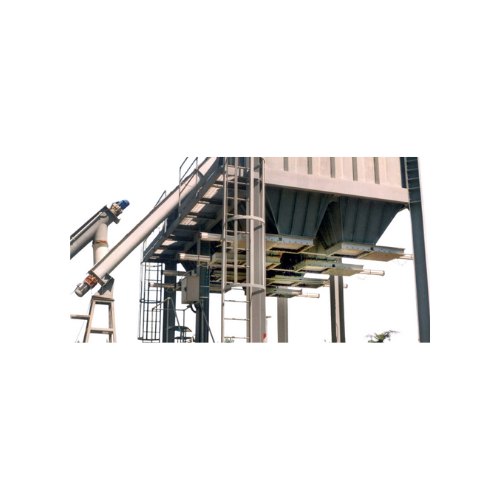
Industrial slide valve for heavy-duty applications
When managing gravity material flow in abrasive environments, achievin...
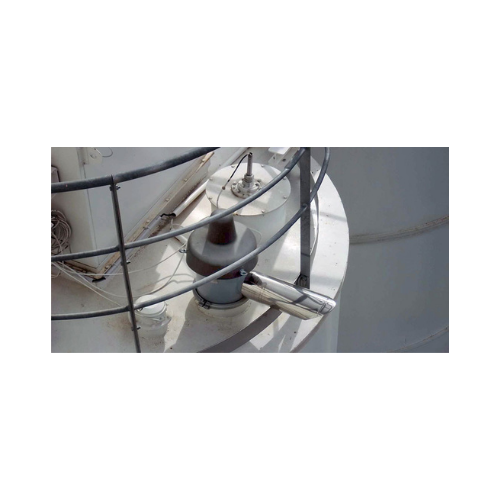
Membrane pressure relief valve for silos and bins
Ensure silo safety with our valve that instantly balances internal pres...

Low profile slide valve for controlling powder flow
Optimize your powder and granule flow management with precision-engin...
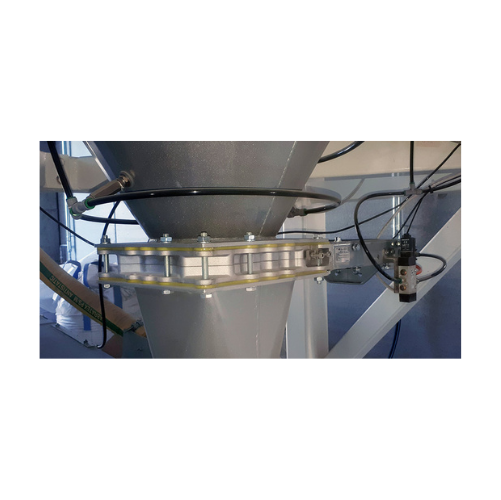
Slide valves for flow interception in powder and granular materials
Effectively manage the flow of powdery and granular...
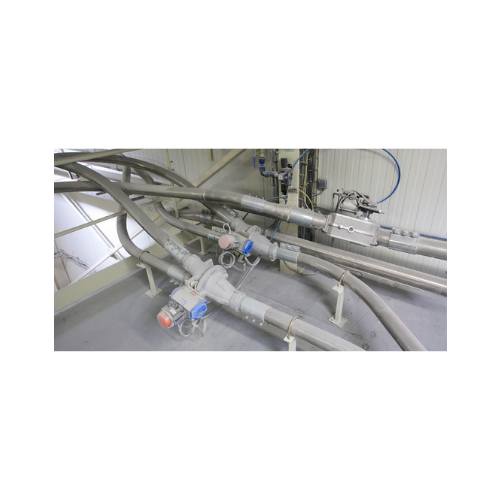
Flap diverter valves for pneumatic conveying
Streamline material flow in your pneumatic conveying system by effortlessly r...
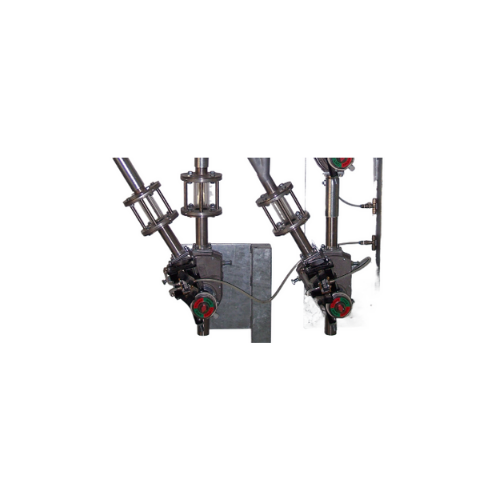
Diverter valves for pneumatic conveying lines
Experience precise flow control in pneumatic conveying with diverter valves ...
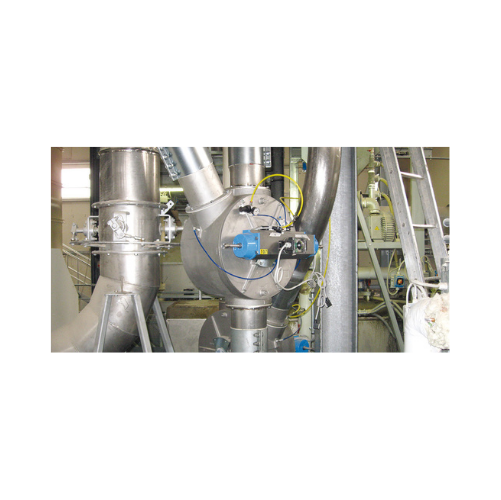
Drum-type diverter valves for pneumatic conveying
Optimize your pneumatic conveying system by effortlessly controlling th...
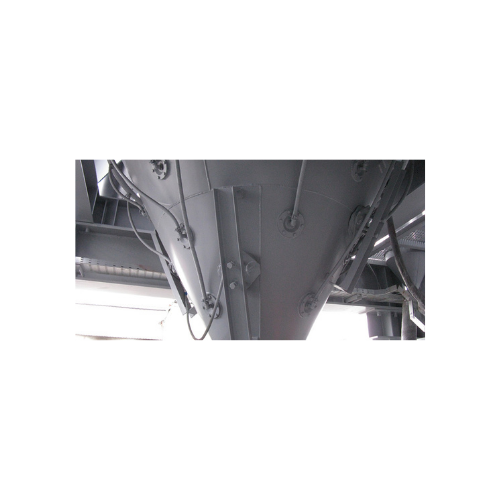
Vibro-aerators for bulk solids discharging
Optimize your powder flow and ensure consistent discharge with this advanced ae...
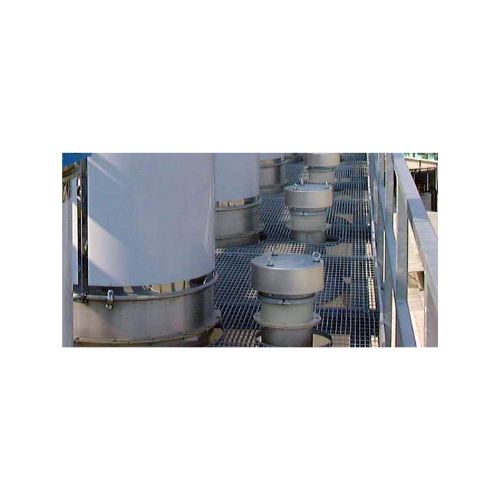
Silo overfill protection valves
When abnormal pressure threatens your silo’s integrity, reliable pressure relief becom...
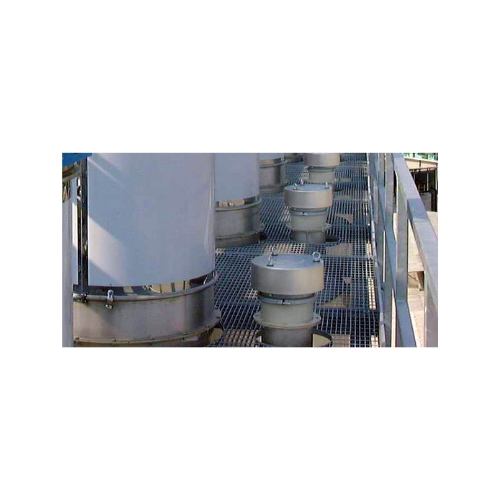
Spring-loaded pressure relief valves for silo overfill protection
Ensure safety and prevent costly overfills with press...
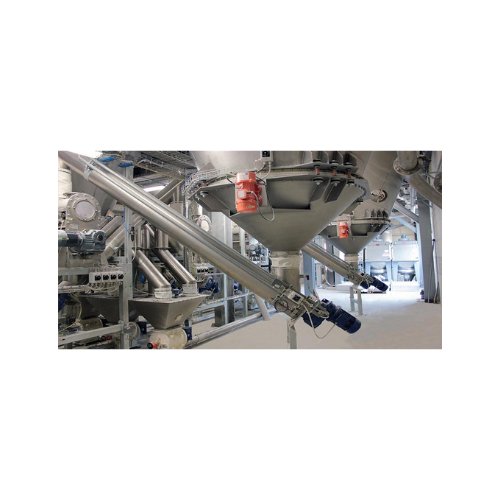
Food-grade tubular screw conveyors
Ensure complete hygiene in your production line with these stainless steel tubular screw...
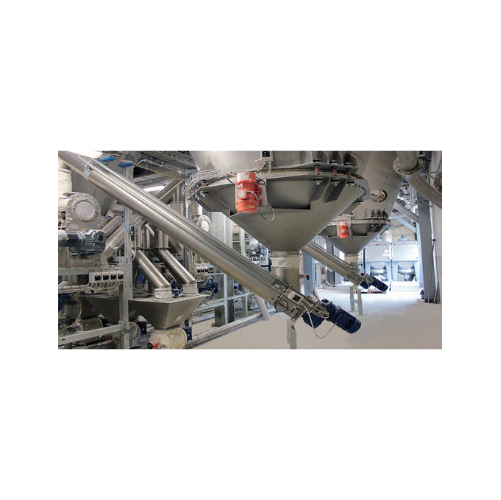
Food-grade stainless steel tubular screw conveyors
Ensure contamination-free material handling with our tubular screw con...

Drop-through rotary valve for powder and granular material feeding
Achieve precise control in discharging and feeding p...
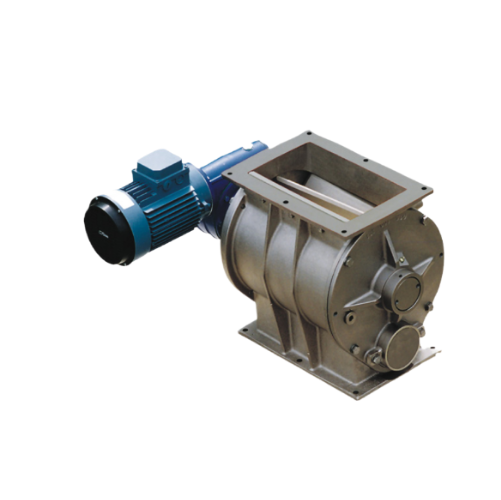
Drop-through rotary valve for precise powder and granule feeding
Ensure precise material handling with this drop-through...
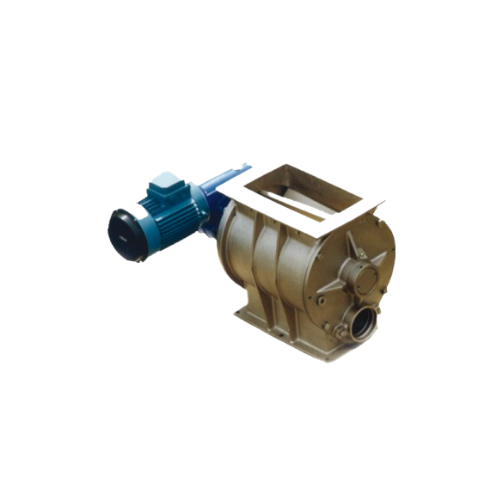
Blow-through rotary valves for pneumatic conveying
Optimize your pneumatic conveying systems with high-efficiency blow-th...
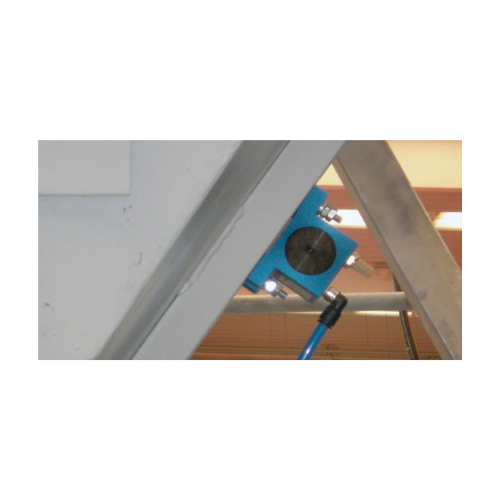
Rotary ball vibrators for fine powders and granular materials
Ideal for preventing material build-up and blockages, thes...
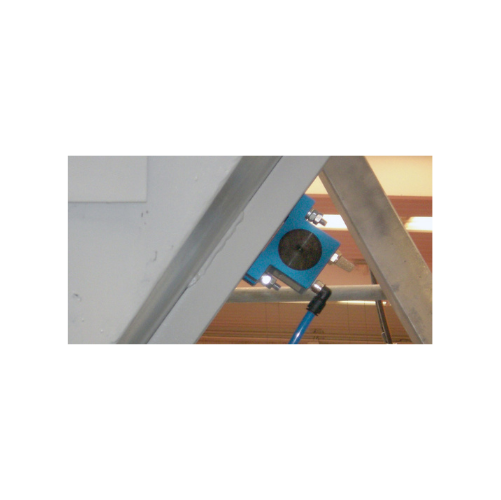
Rotary ball vibrators for aggregate reclaiming
Enhance efficiency in your production line with a solution that optimizes t...
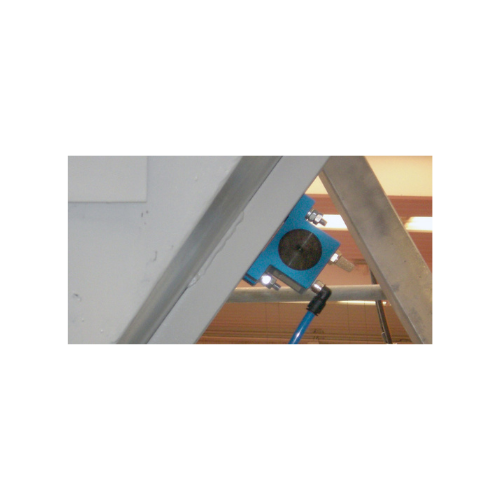
Rotary ball vibrators for bulk solids discharging
Ideal for enhancing material flow, this equipment efficiently handles f...
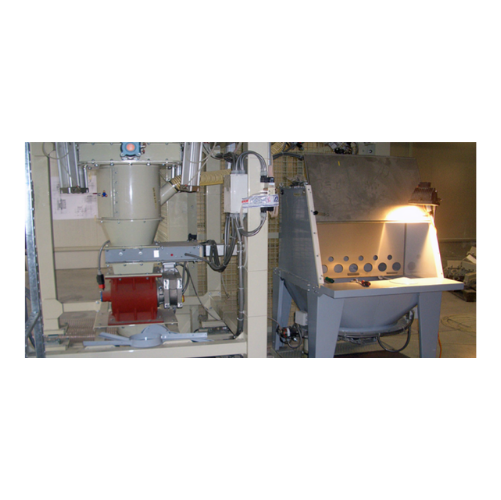
Manual bag opener for bulk solids discharging
Effortlessly open and empty bags while containing dust emissions, ensuring a...
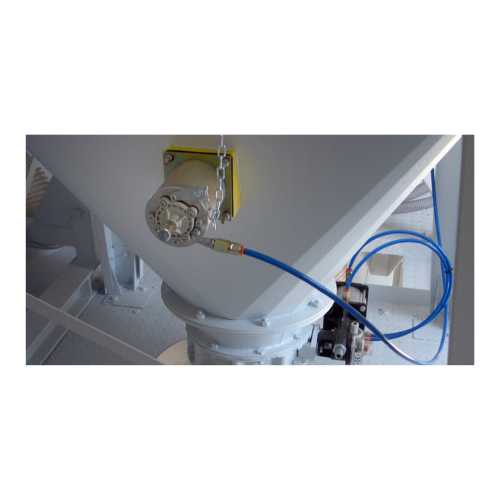
Combined hammer blaster for powder handling
Address powder flow issues with ease by preventing bridging and ratholing, ens...
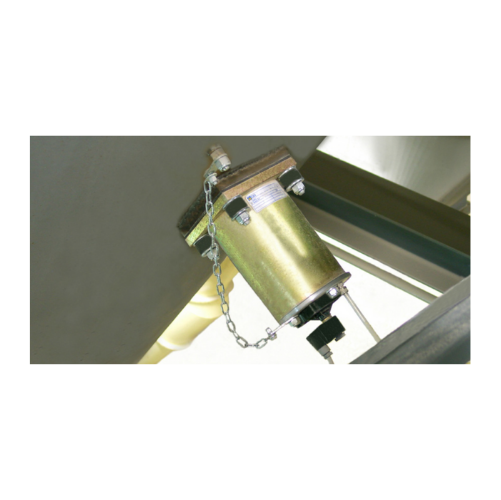
Single impact pneumatic hammers for flow aids
Combat material clogs and ensure smooth flow in your production line with pn...
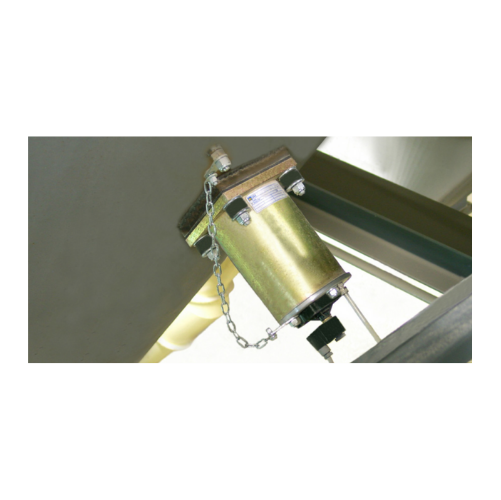
Pneumatic hammers for bulk solids discharging
Optimize your production efficiency and solve material flow challenges with ...
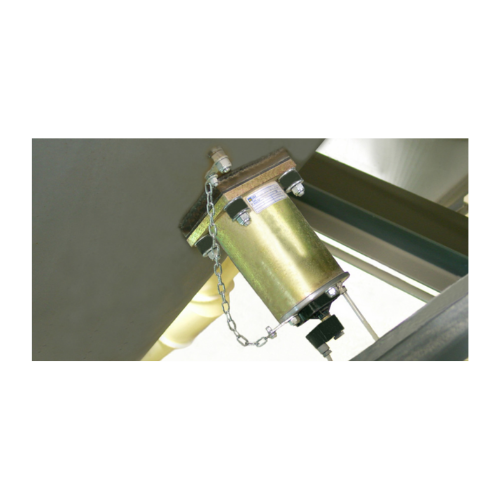
Pneumatic hammers for aiding material flow
Optimize material flow and eliminate blockages in your processing line with pne...
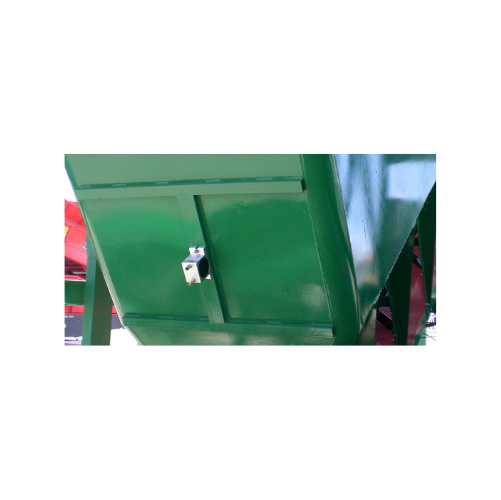
Industrial vibrator for high-frequency vibration
Achieve efficient material flow and compaction across various production ...
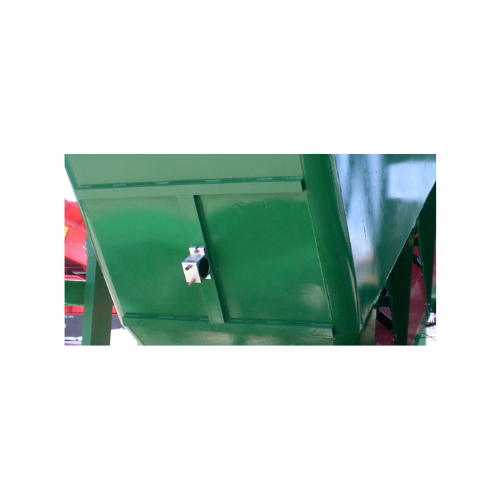
Rotary turbine vibrators for bulk solids discharging
Enhance the efficiency of material handling with high-speed, low-noi...

Rotary turbine vibrators for material flow aid
Optimize your production efficiency with high-speed, silent operation vibra...
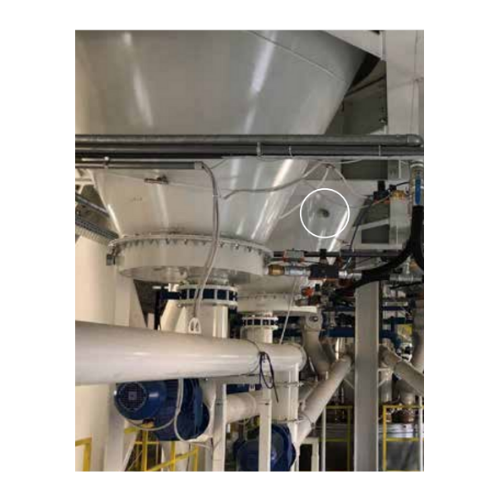
Continuous impact vibrators for bulk material removal
Combat material flow issues like bridging and rat-holing with our i...
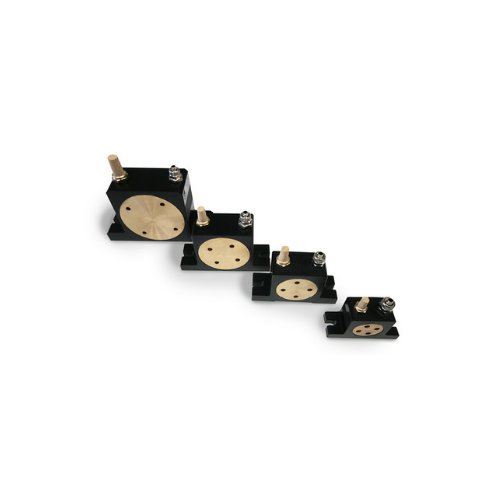
Rotary roller vibrators for concrete compacting and hopper emptying
Achieve higher compaction and efficient emptying wi...
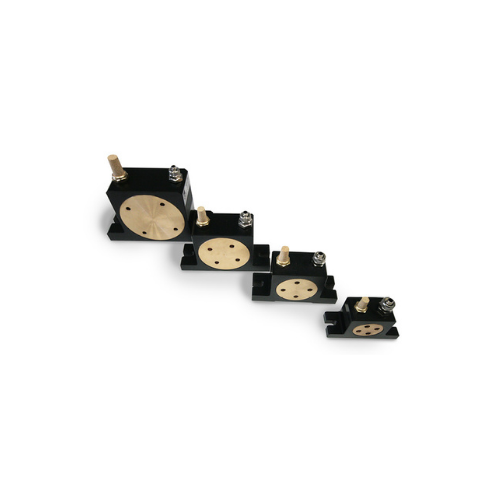
Rotary roller vibrators for material flow assistance
Enhance material flow efficiency in your production line with high-f...
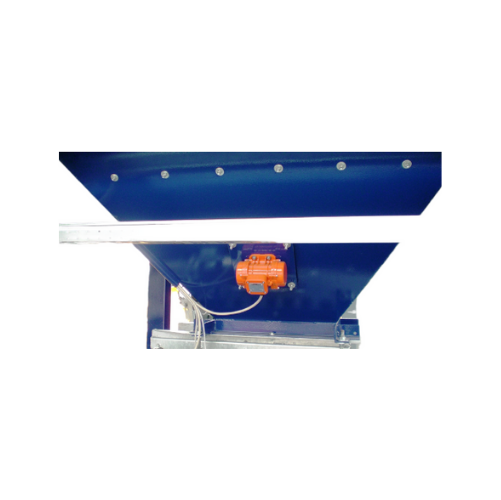
External electric motovibrators for industrial applications
Optimize material movement and improve discharge efficiency ...
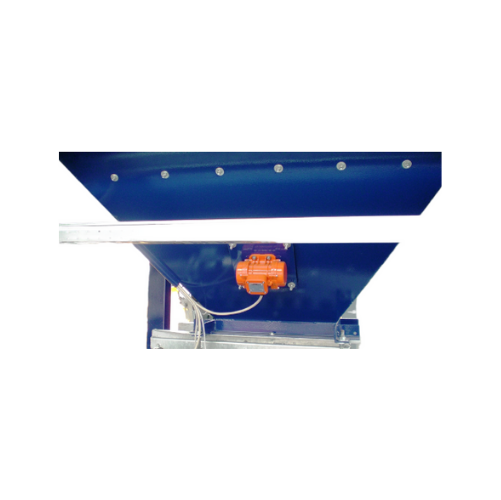
External electric motovibrators for bulk solids conveying
Enhance material flow efficiency and solve challenging dischar...
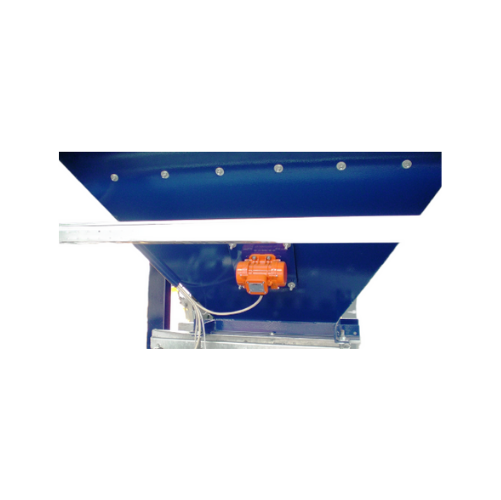
Industrial electric vibrator for bulk solids discharging
Enhance material flow efficiency and ensure consistent output ac...
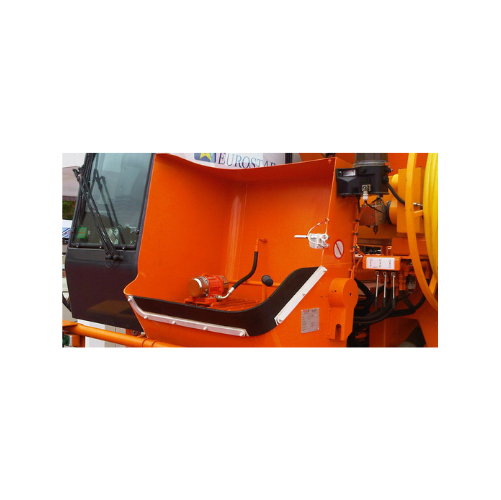
External electric motovibrators for hazardous materials
Ensure safety and efficiency in hazardous environments with relia...
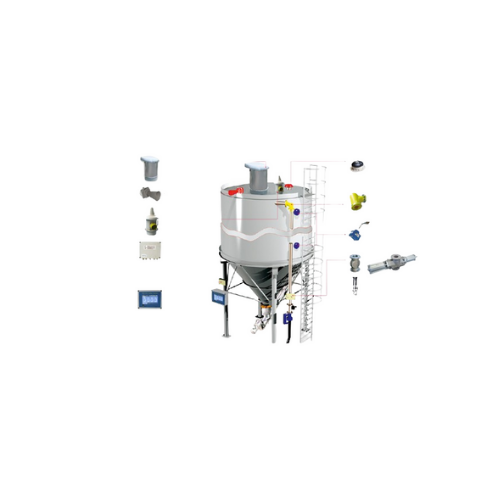
Silo overfill protection system
Prevent silo overfilling and excess pressurization with a system designed to safeguard silos...
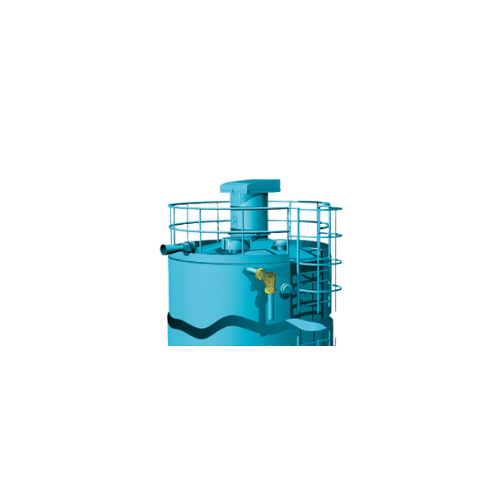
Silo overfilling safety system
Ensure safe silo filling with our system that prevents overfilling and excess pressurization,...
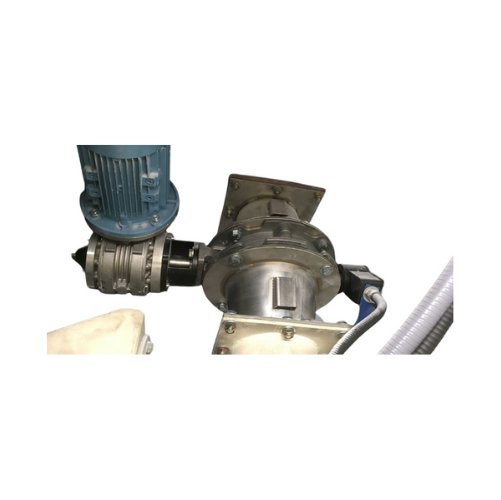
Lump breaking feeder valve for bulk material processing
Tackle bulk material flow challenges with a feeder valve engineer...
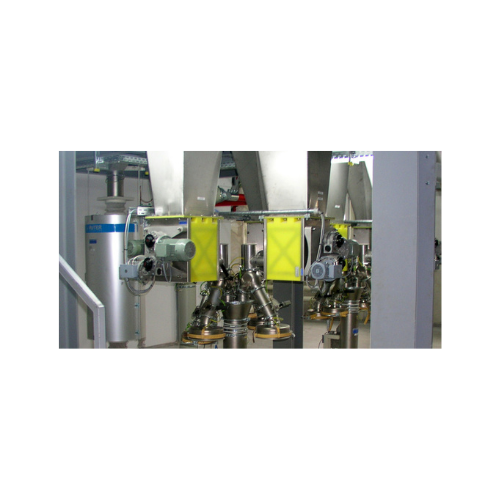
Micro-batch feeders for powder and granular material
Struggling with clog-prone powders? Gain precise control and consist...
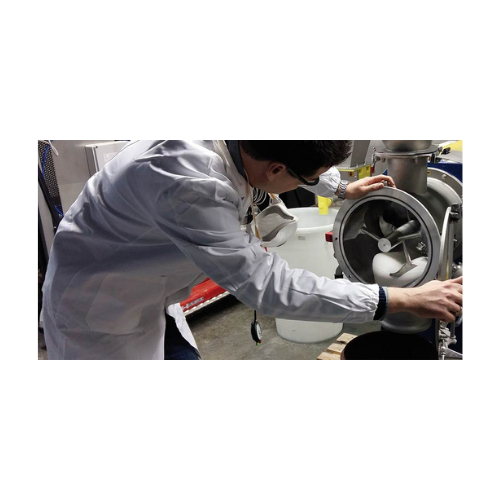
Laboratory batch mixer for small scale production
Achieve rapid and reproducible mixing results with this laboratory batc...
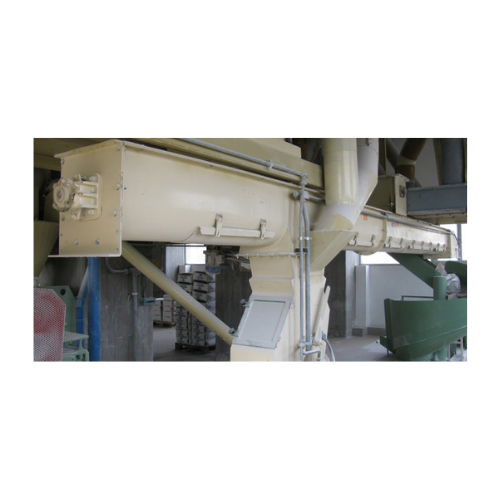
Trough screw conveyor for flour mills
Optimize your flour processing with efficient material handling, precisely designed f...
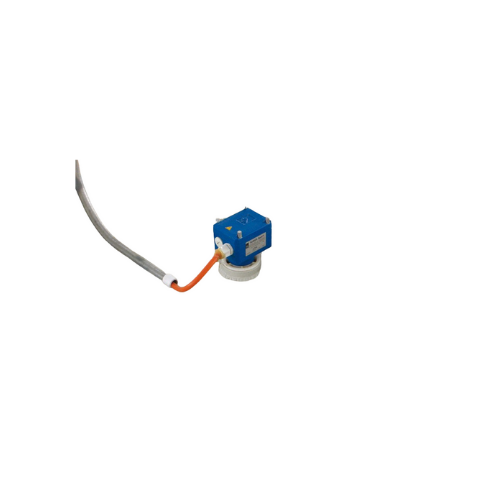
Bin level indicator for bulk solids
Ensure precise material level detection across your production processes, minimizing th...

Bin level indicators for wastewater treatment
Ensure reliable material level monitoring in your silos and hoppers with ILT...
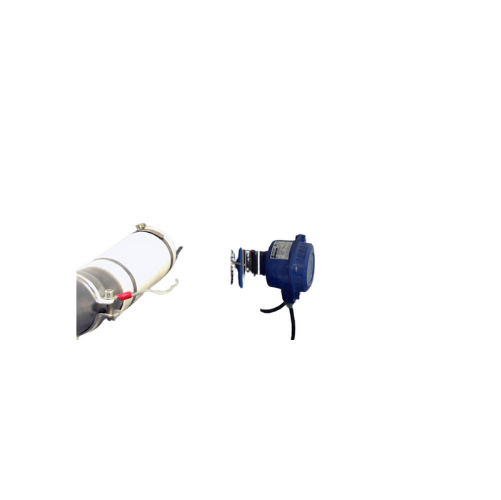
Bin level indicators for powder and granular material
Ensure precise inventory management and prevent overflows in your p...
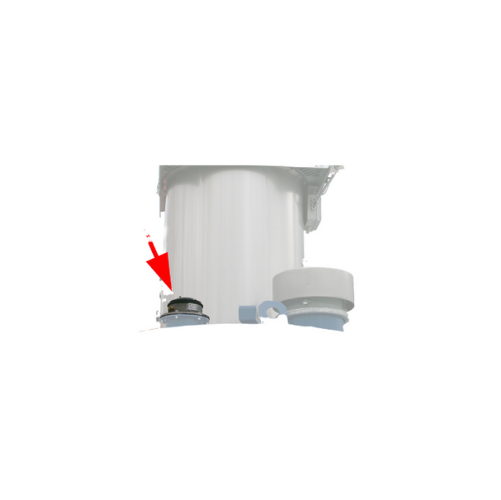
Electronic pressure meter for silo safety
Ensure the safety of your silos by efficiently monitoring internal pressure chan...
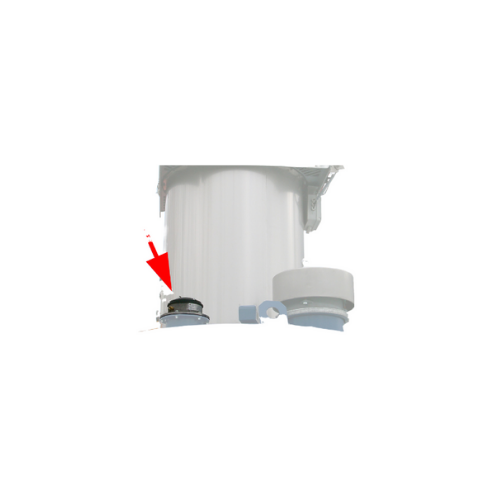
Electronic pressure meters for silo safety monitoring
Ensure precise pressure management in your systems with this advanc...
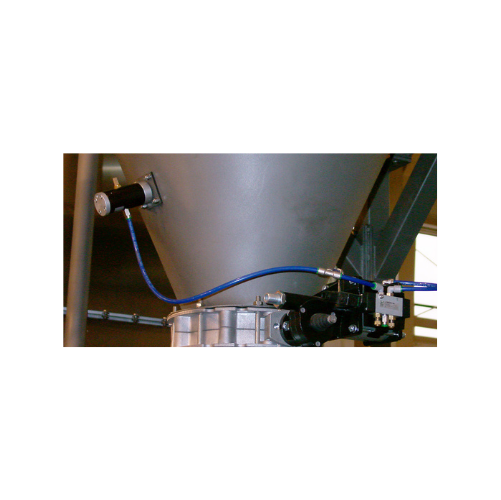
Pneumatic linear vibrators for bulk material flow
Prevent bridging and rat-holing in your production process with silent,...
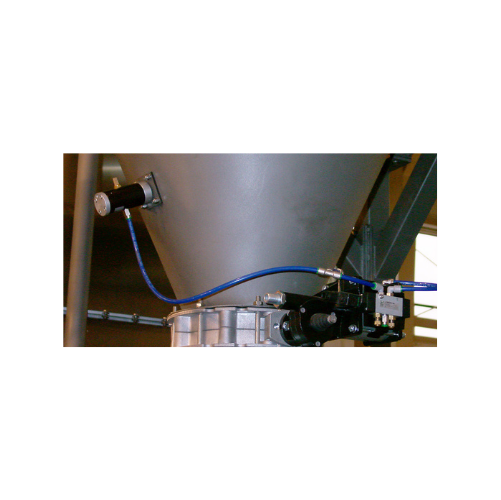
Cushioned pneumatic linear vibrators for bulk solids
Combat material bridging and rat-holing with silent vibratory techno...
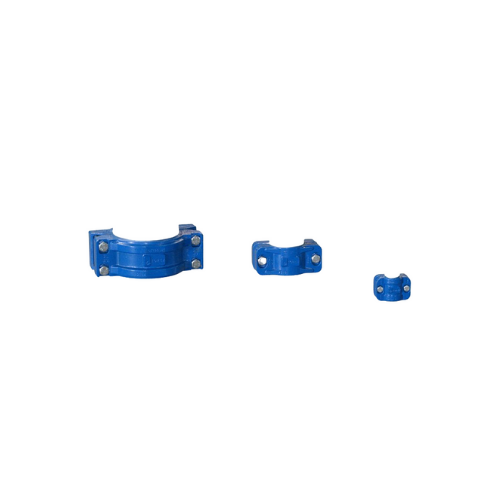
Pipe couplings for pneumatic conveying lines
Ensure a secure and quick connection for your pneumatic lines with these pipe...
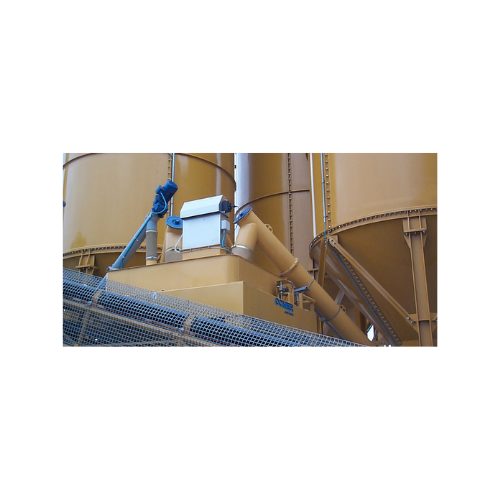
Hopper venting filter for efficient dust filtration
Achieve superior dust control and efficient material handling with a ...
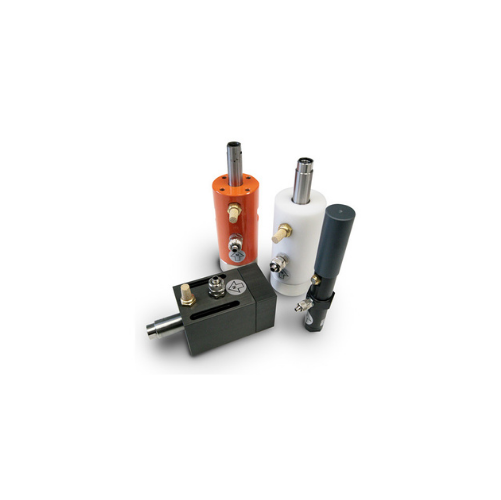
Cushioned pneumatic vibrators for coarse particle materials compaction
Enhance your material flow and compaction proces...
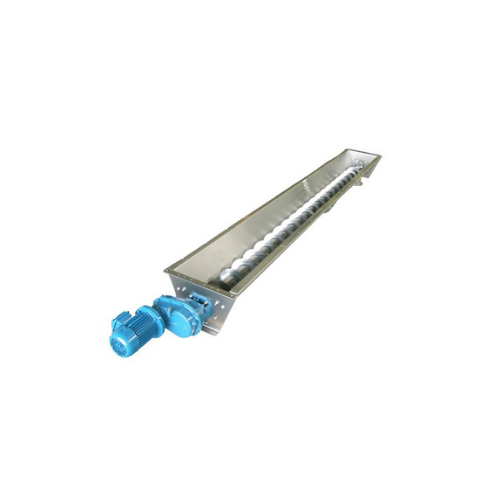
Stainless steel trough screw conveyor
Ideal for precise handling of powdery and granular materials, this solution ensures m...

Waste bag compactor for bulk solids
Efficiently compact waste bags to a fraction of their volume, streamlining disposal whi...

Vibratory outlet hopper for bulk material discharge
Struggling with material bridging and inconsistent discharge? Enhance...
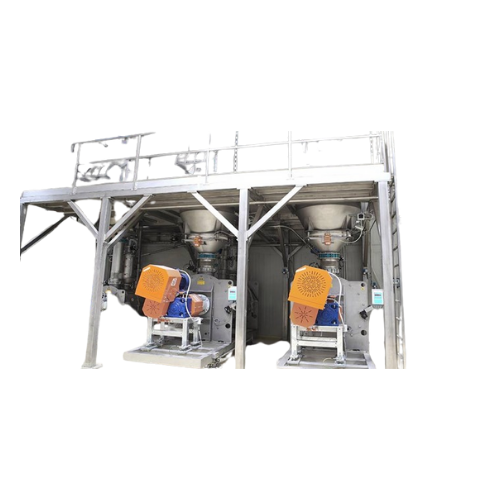
Food-grade bin activator for optimized material flow
Ensure hygienic and efficient discharge from hoppers with our food-g...
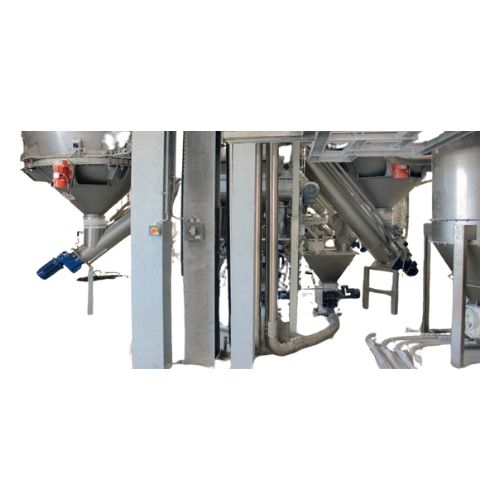
Food-grade bin activator for hygienic bulk solids discharge
Achieve consistent material flow and avoid contamination wit...
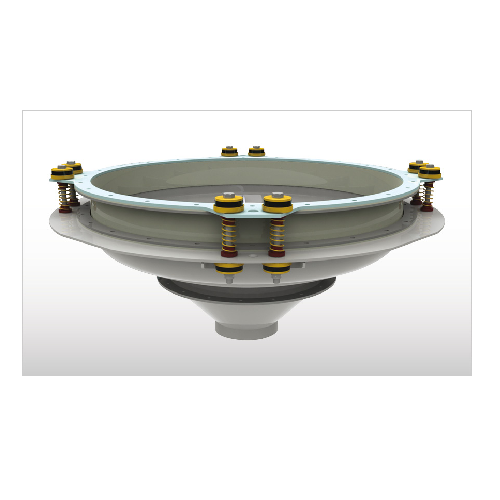
Industrial bin activator for smooth material flow
Enhance your material handling process with a solution that ensures con...
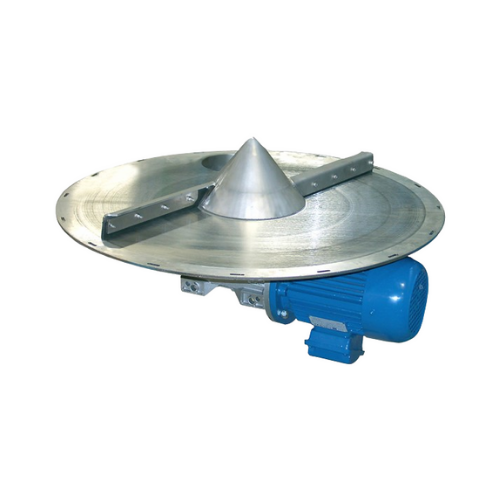
Rotary bin discharger for bulk solids
Efficiently manage bulk solids with a rotary bin discharger that minimizes residue an...
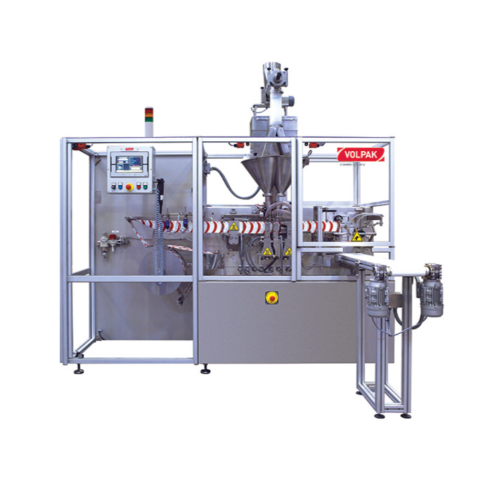
Horizontal flat pouching solution for foods and chemicals
Achieve precision in pouching liquids and powders with high-sp...
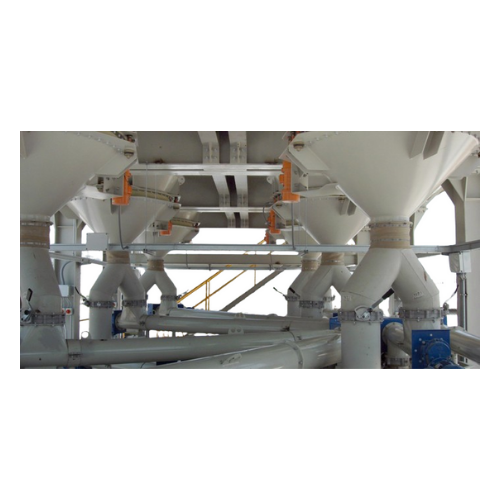
Bin activator for silo and hopper discharge
Ensure optimal material flow and prevent blockages in your storage systems wit...
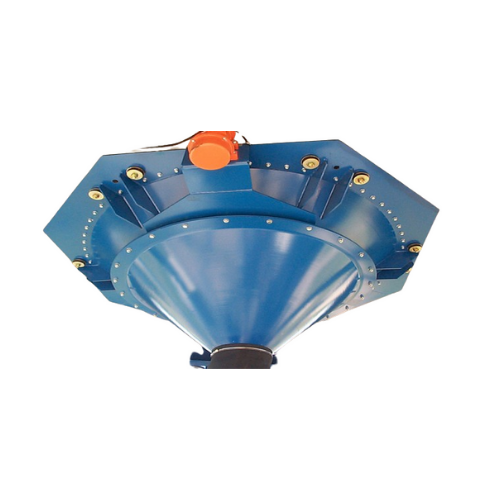
Vibratory outlet hopper for bulk solids discharge
Reduce material handling challenges with highly efficient vibration tec...
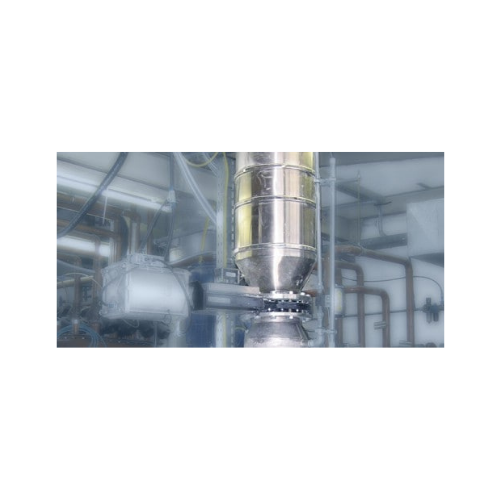
Powder locks for safe bulk material handling
Ensure containment and prevent contamination while processing sensitive bulk ...
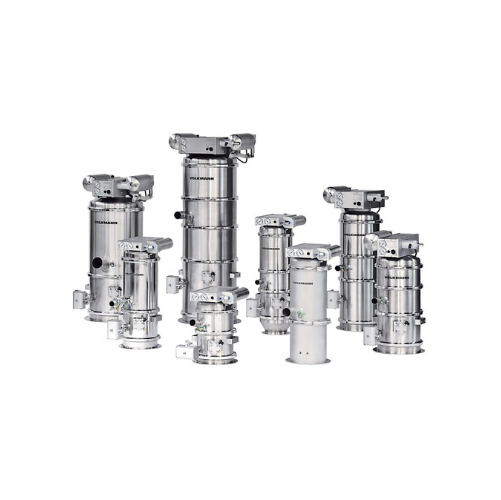
Powder handling vacuum conveyor system
Streamline your material transfer with a versatile vacuum conveyor system that ensur...
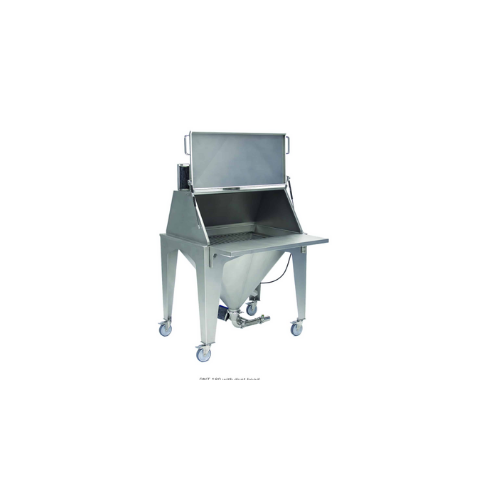
Bag rip-and-tip dump stations for bag emptying
Efficiently manage bag emptying operations with advanced dust containment a...
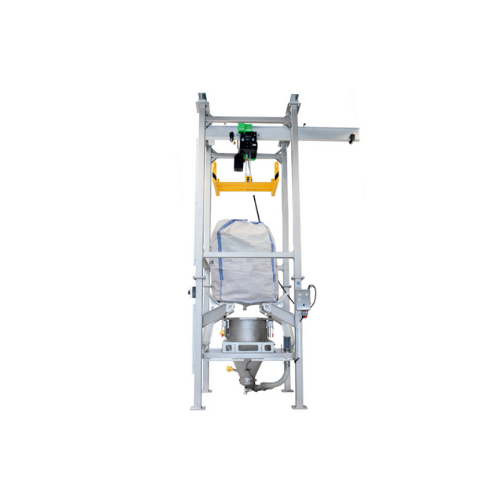
Big-bag unloading station for bulk materials
Facilitate seamless integration into your production line with efficient bulk...
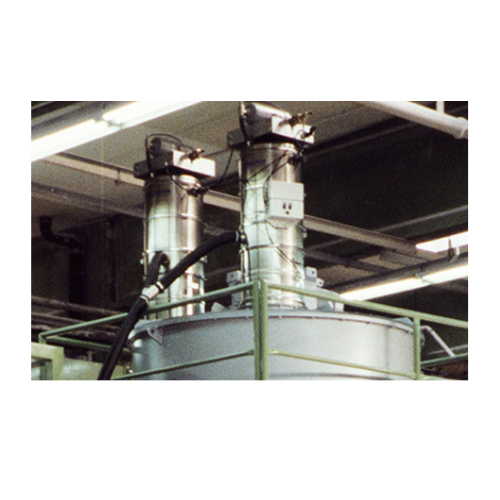
Continuous vacuum conveyors for material flow control
Ensure consistent material transfer and reduce downtime in your pro...
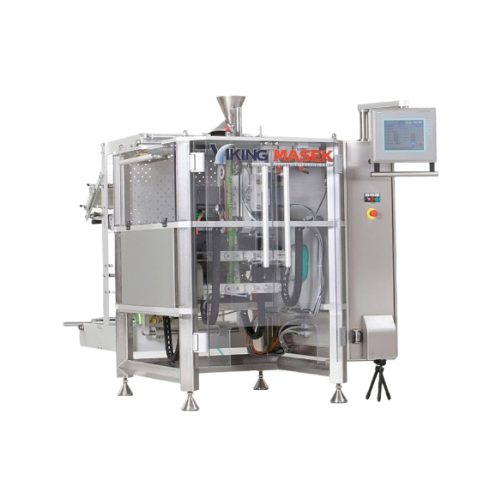
High-speed vertical form fill seal packaging machine
Optimize your packaging line with this high-speed vertical form fill...
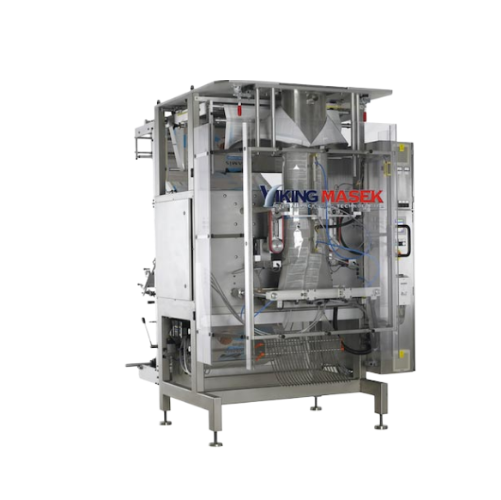
Vertical form fill seal for large bag packaging
For operations requiring precise, large bag packaging, this equipment ensu...
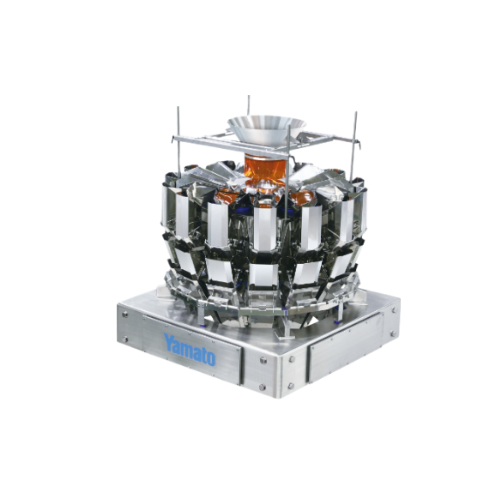
Industrial product fillers for precise packaging
Achieve consistent package weights and volumes with precision filling sol...
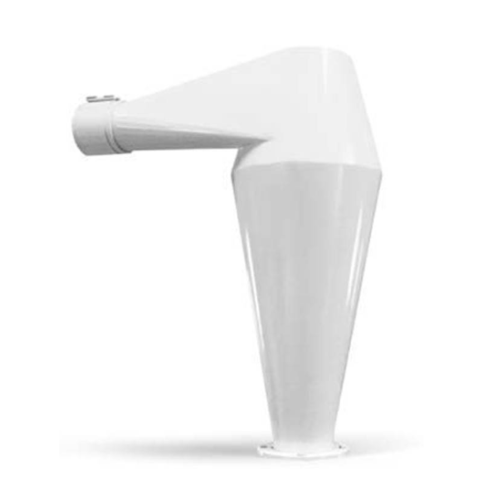
Pneumatic cyclone for effective product-air separation
Optimize particle separation with high-speed pneumatic cyclones, e...
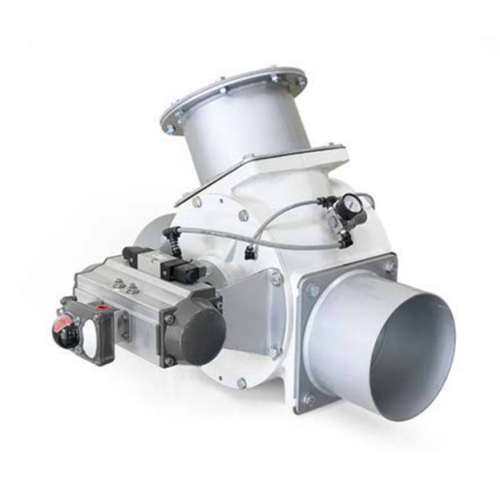
Pneumatic diverting valve for powder and granule transfer
Efficiently redirect bulk materials from one point to another ...
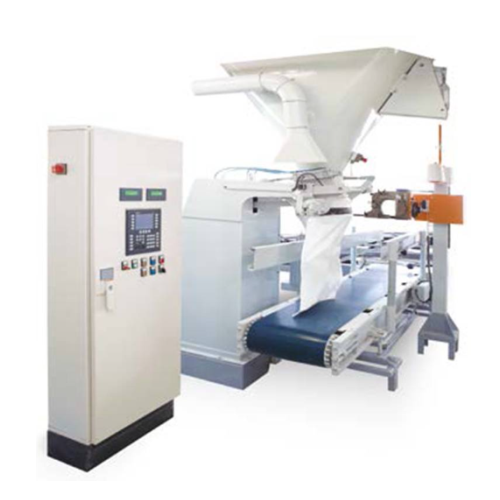
Automatic packaging machine for open-mouth bags
Optimize your packaging line with precision weighing and high-speed baggin...
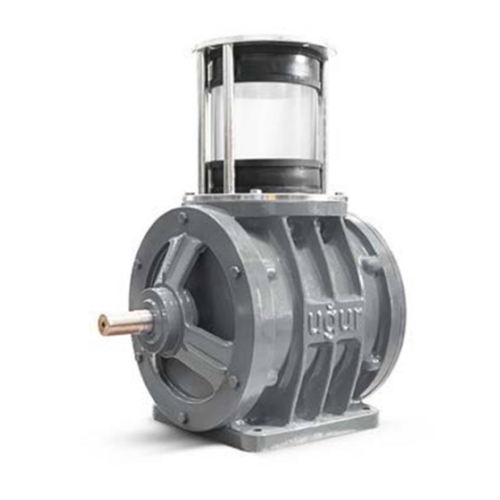
Industrial airlock for pneumatic systems
Ensure precise air and product separation in your pneumatic systems, maintaining m...
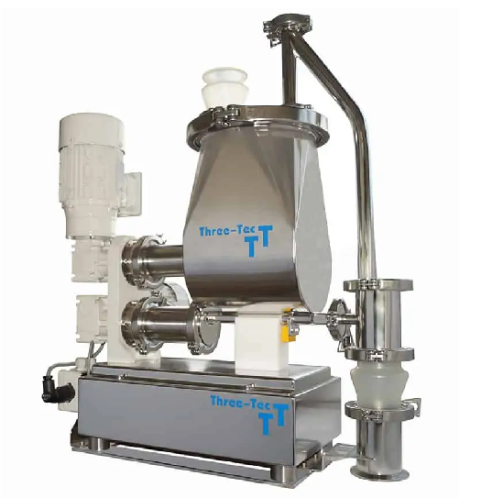
Quick change feeding devices for industrial applications
Experience seamless product transitions with quick-change feedin...
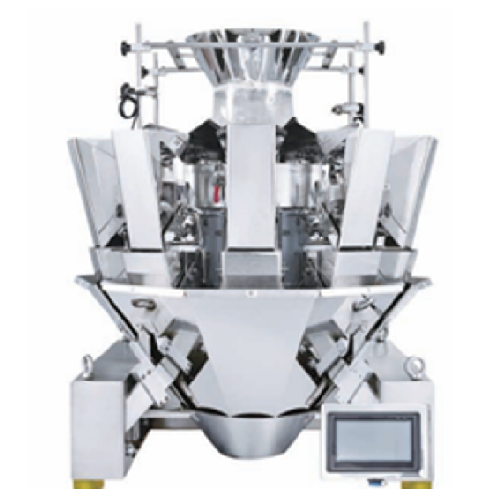
Multihead weighing system for dry free flowing products
Optimize your packaging line with precise weight measurements for...
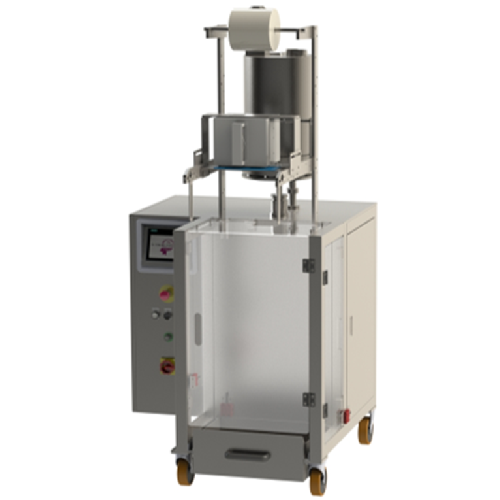
Granule filling sachet machine
Ideal for optimizing packing operations, this granule-filling sachet machine ensures precise ...
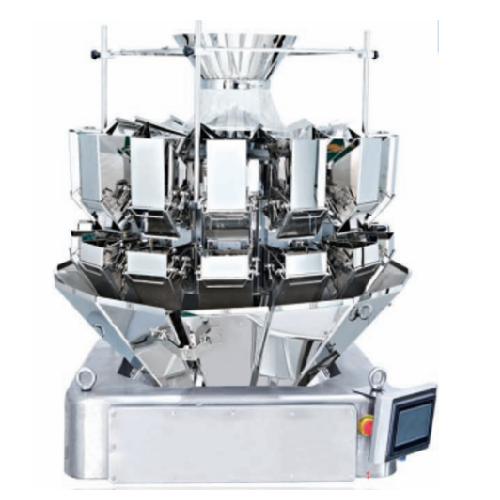
multihead weigher for dry products
Optimize your production line with precise weighing for dry products, ensuring high-spee...
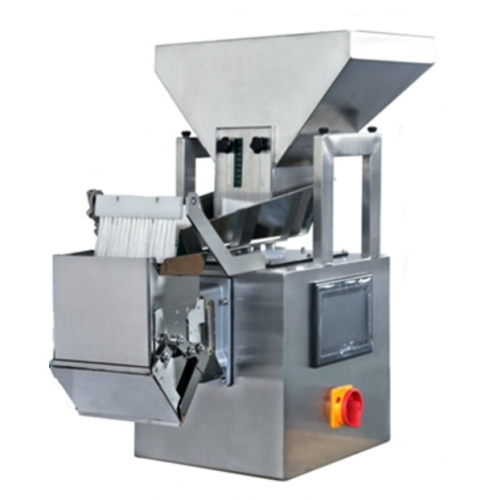
Linear weigher for dry free flowing products
Streamline your packaging process with precise weighing capabilities, ensurin...
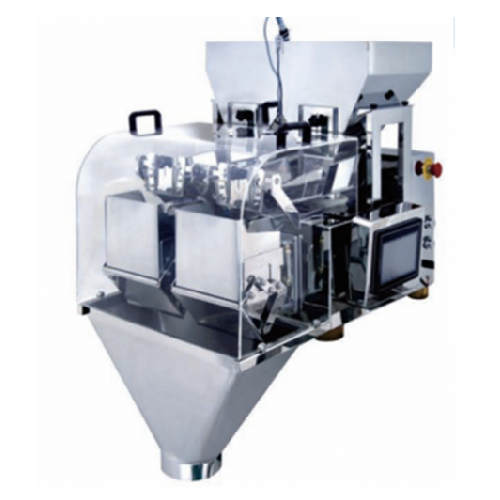
Linear weigher for accurate food portioning
Ensure precise weight control for snacks and confectioneries with our advanced...
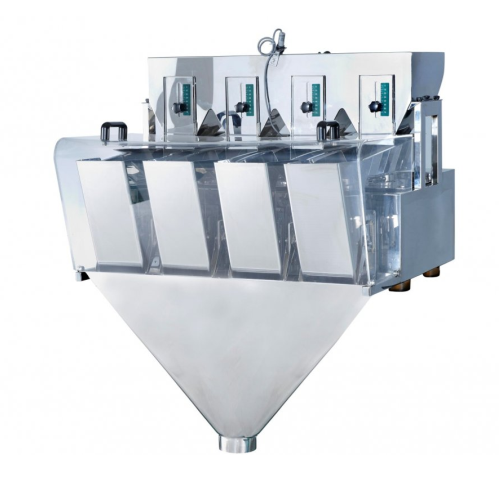
Linear weigher for dry free-flowing products
Optimize your packaging line with precise weighing for snacks, sweets, and gr...
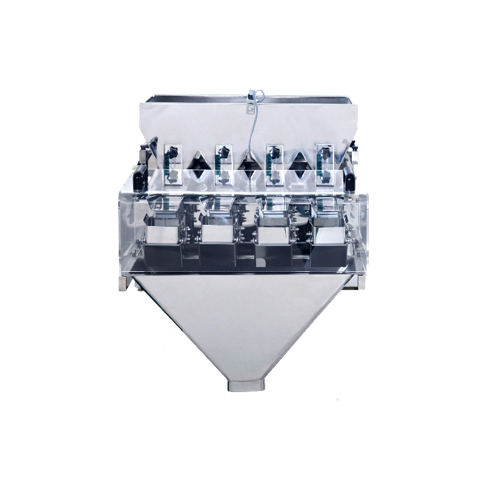
Linear weigher for dry free flowing powder
Optimize your packaging line with precise weighing for free-flowing granular pr...

10 head multihead weigher for dry products
Optimize your weighing and packaging operations with precise and rapid handling...
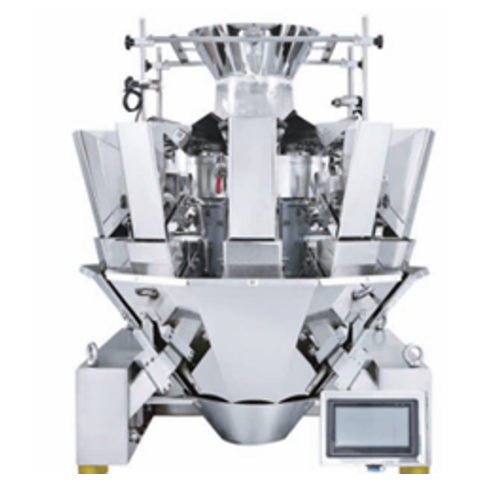
14 head multihead weigher for dry products
Achieve precise and rapid weighing for a variety of dry, free-flowing products ...
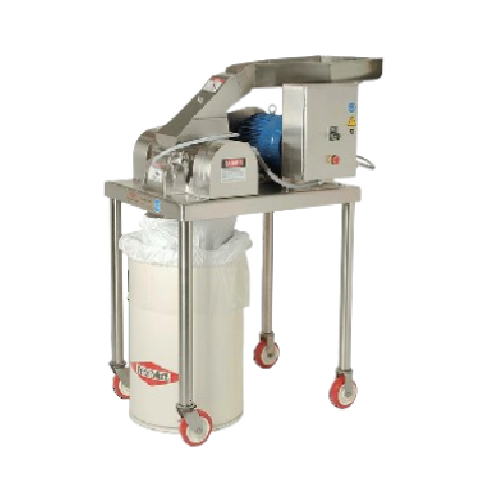
Atex approved hammer mills for high-capacity particle size reduction
Ensure precise and reliable particle size reductio...
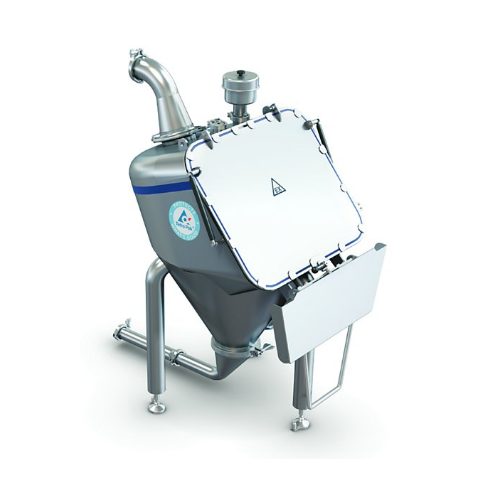
Bag tipping unit for Cip processes in powder handling
Ensure seamless powder handling and high hygiene standards in your ...
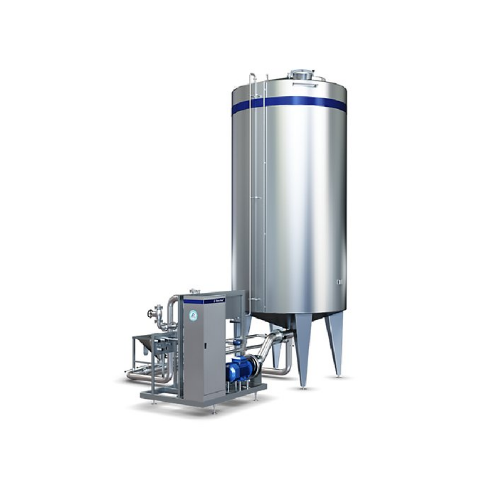
Batch dissolver for crystalline sugar and dextrose
Streamline your ingredient preparation with high-capacity batch dissol...
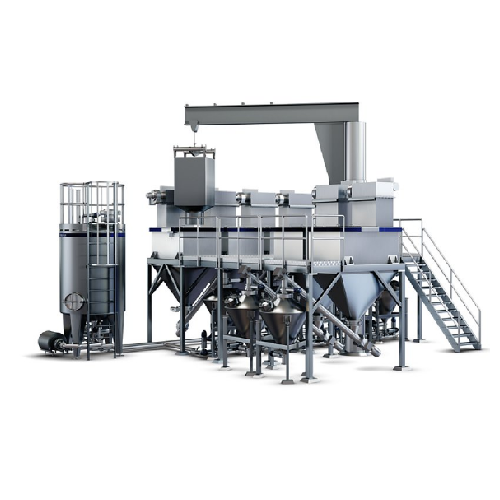
Autonomous ingredient dissolver for high-volume dry ingredient mixing
Efficiently mix multiple high volumes of dry ingr...
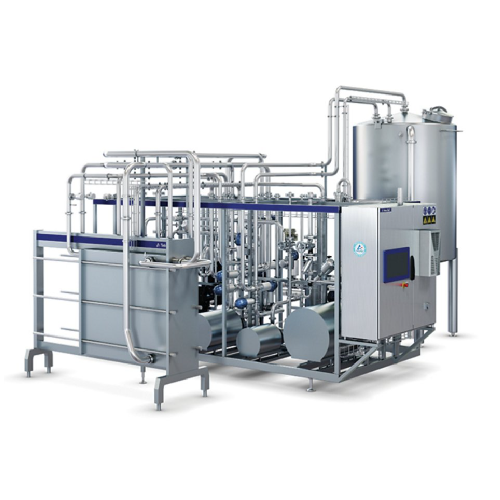
Continuous sugar dissolver for beverage production
Optimize your production line with a system that efficiently dissolves...
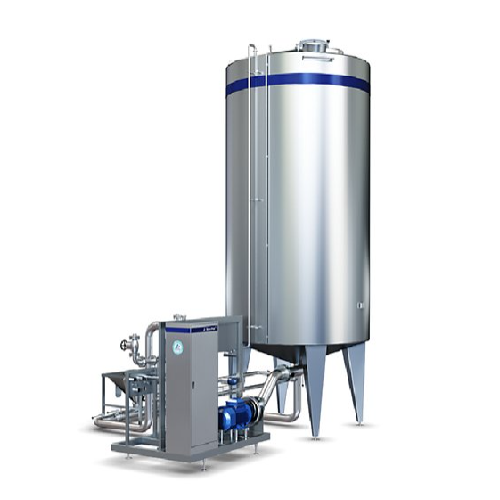
Batch dissolver for sugar or dextrose
Efficiently dissolve crystalline substances like sugar and dextrose with precision, e...

Continuous fluid bed dryer for powder and granules
Enhance your production line with precise moisture control and energy ...
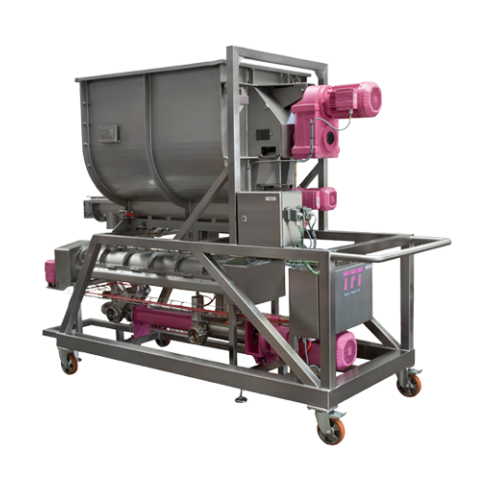
Dry ingredient blending solution for confectionery and bakery products
Achieve seamless integration of dry inclusions i...

Automated ingredient weighing and dosing system
Streamline your production process with precise and consistent ingredient ...
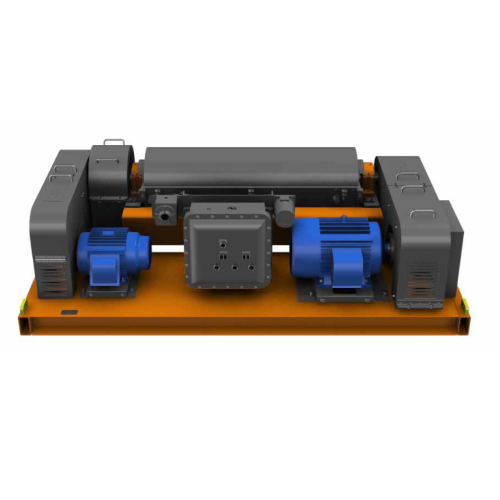
Industrial decanter centrifuge for solids separation
Optimize your production line with high-speed decanter centrifuges t...
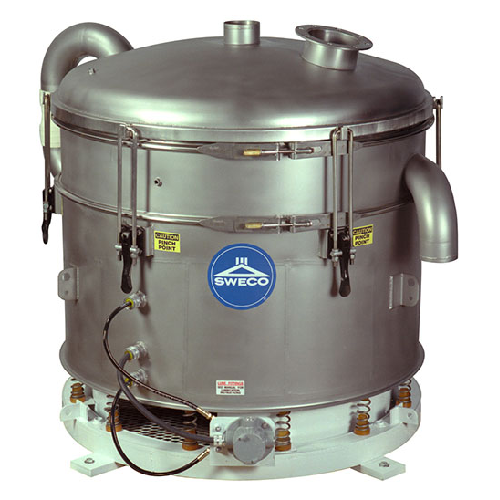
Pneumatic inline sifter for dry flowing material
Ensure precise particle segregation and foreign matter removal with this ...
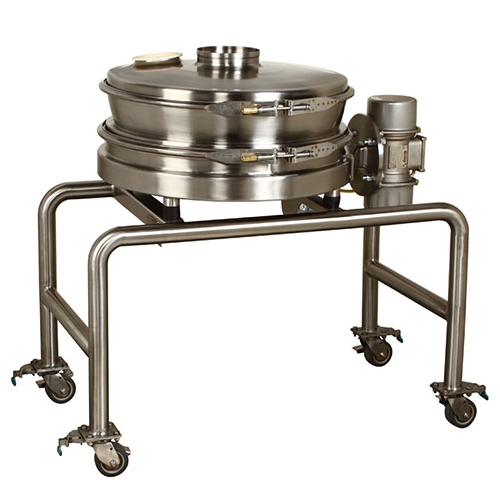
Sanitary separator for food processing applications
Ensure efficient separation and prevent contamination in food product...
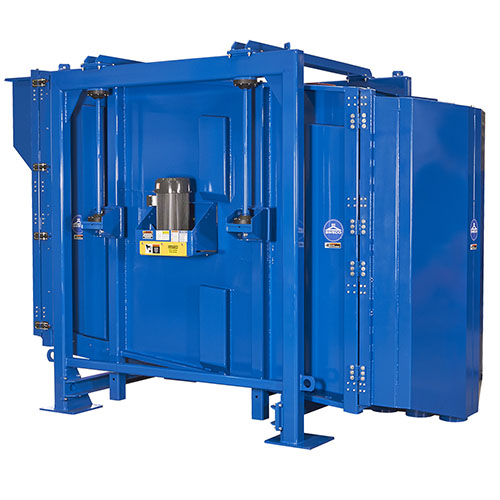
High-capacity industrial sifter for chemical and food processing
Achieve unparalleled screening precision and efficiency...
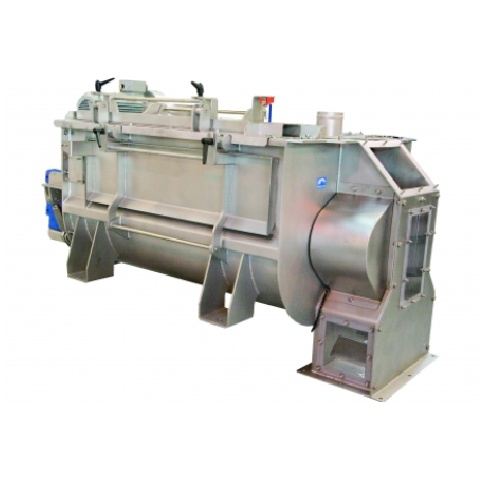
Continuous mixer for accurate ingredient blending
Achieve precise mixing in continuous production with optimal control ov...
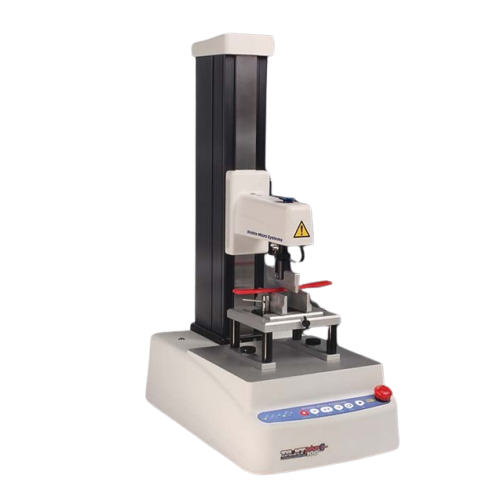
High-force texture analyser for precise measurement
Achieve unparalleled precision in texture analysis for high-force app...
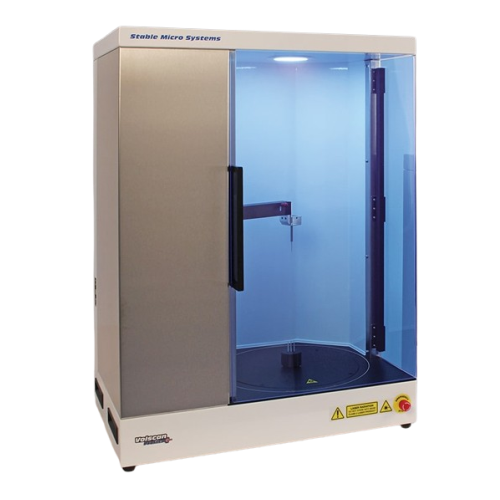
Laser-based volume measurement for bakery and solid products
For precision in product quality control, this laser-based ...
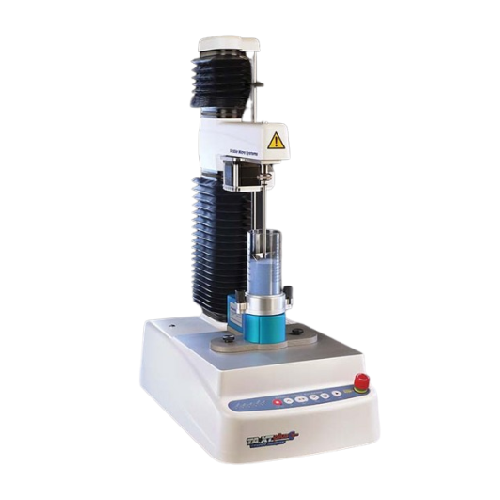
Powder flow measurement system
Achieve precise control over powder consistency and prevent process disruptions by assessing ...
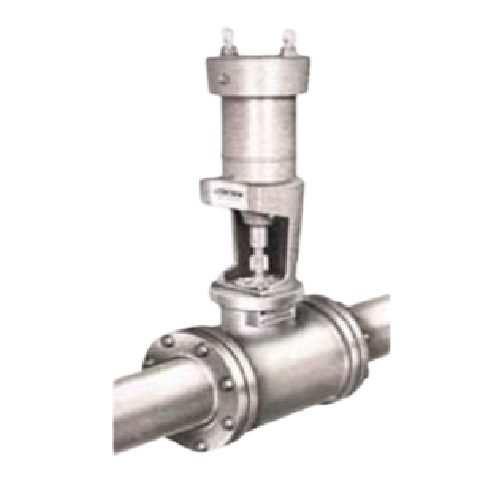
Line blender for continuous flow mixing
Achieve instantaneous mixing with minimal space and maintenance using a continuous ...
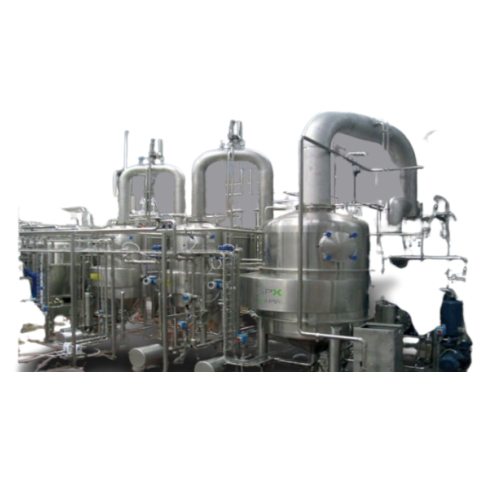
Rising/falling film plate evaporator for heat sensitive products
Efficiently concentrate heat-sensitive liquids with ris...

Falling film plate evaporators for fruit juice concentration
Achieve precise concentration of liquid products with minim...
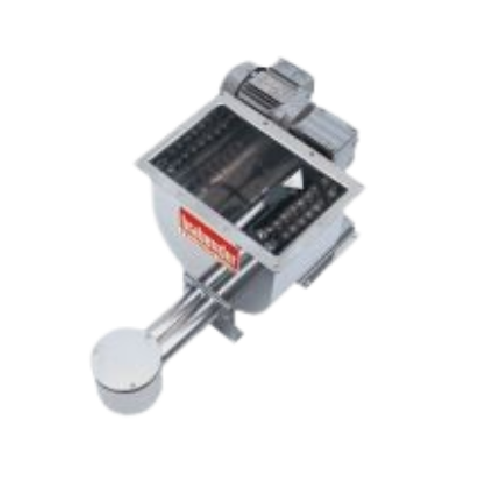
Twin screw feeder with stirring agitator for poor flowing powders
Optimize your processing line with a highly adaptable...
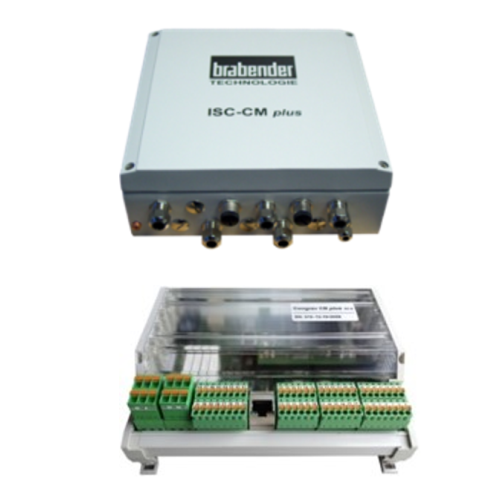
Feeder controller for gravimetric feeders
Optimize your dosing precision and monitoring accuracy with a versatile feeder c...
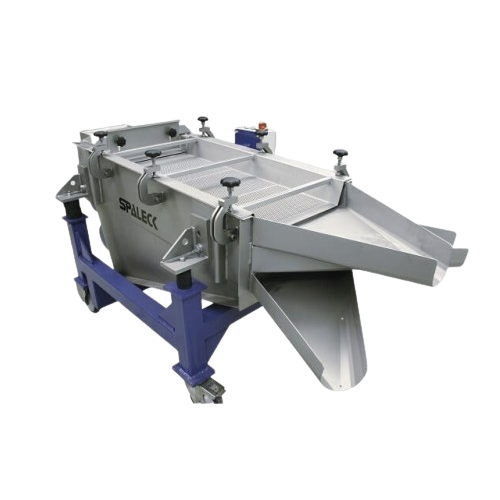
Granulate screening technology for precise particle size separation
Achieve exceptional sorting precision and maintain ...
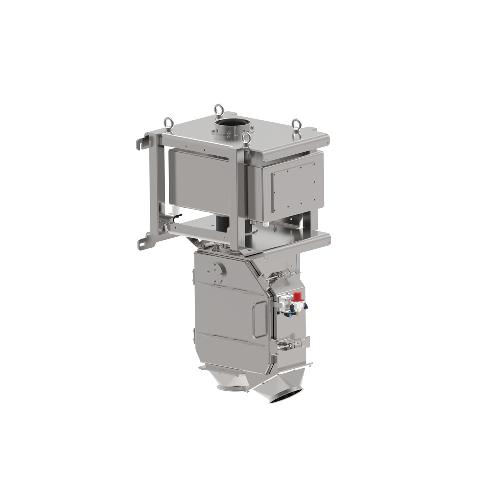
Metal detection system for powders & granules
Ensure product integrity and protect your machinery from metallic contaminan...
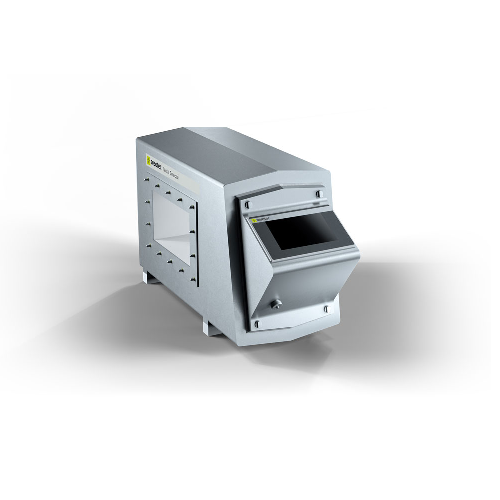
Metal detector systems for conveyor belts and chutes
Ensure the integrity of your production line by efficiently detectin...
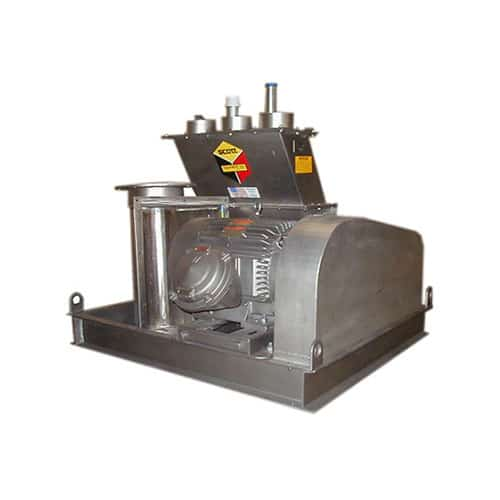
Shredder for fine particle size reduction
Optimize your production line with high-speed shredding technology designed for ...
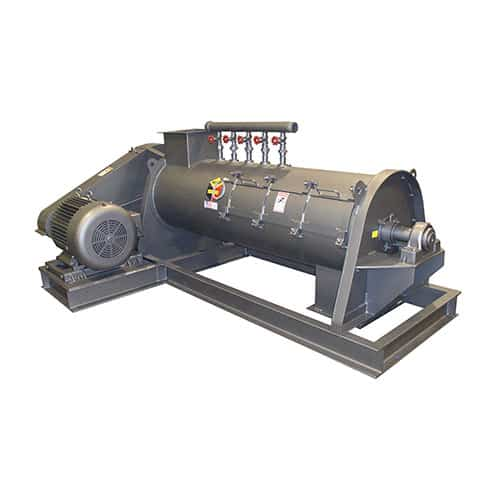
Industrial high-speed turbo blender
Achieve homogeneous blending with high-speed precision, ideal for creating fine product...
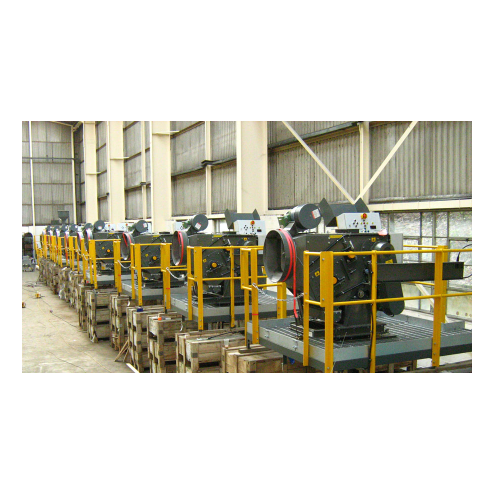
High-speed container loading system for granulated bulk materials
Optimize your loading operations with a robust system...
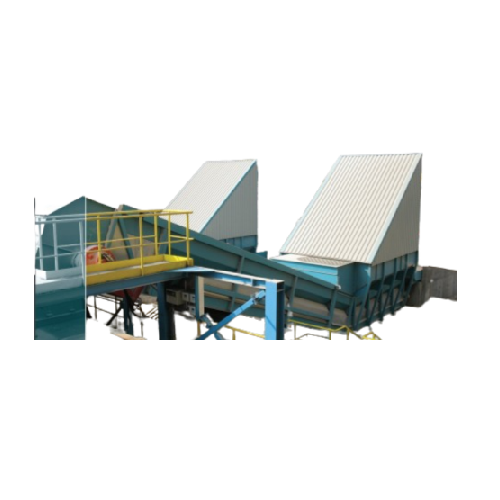
Bulk reception solution for industrial material handling
Optimize your operations with an above-ground bulk reception sys...
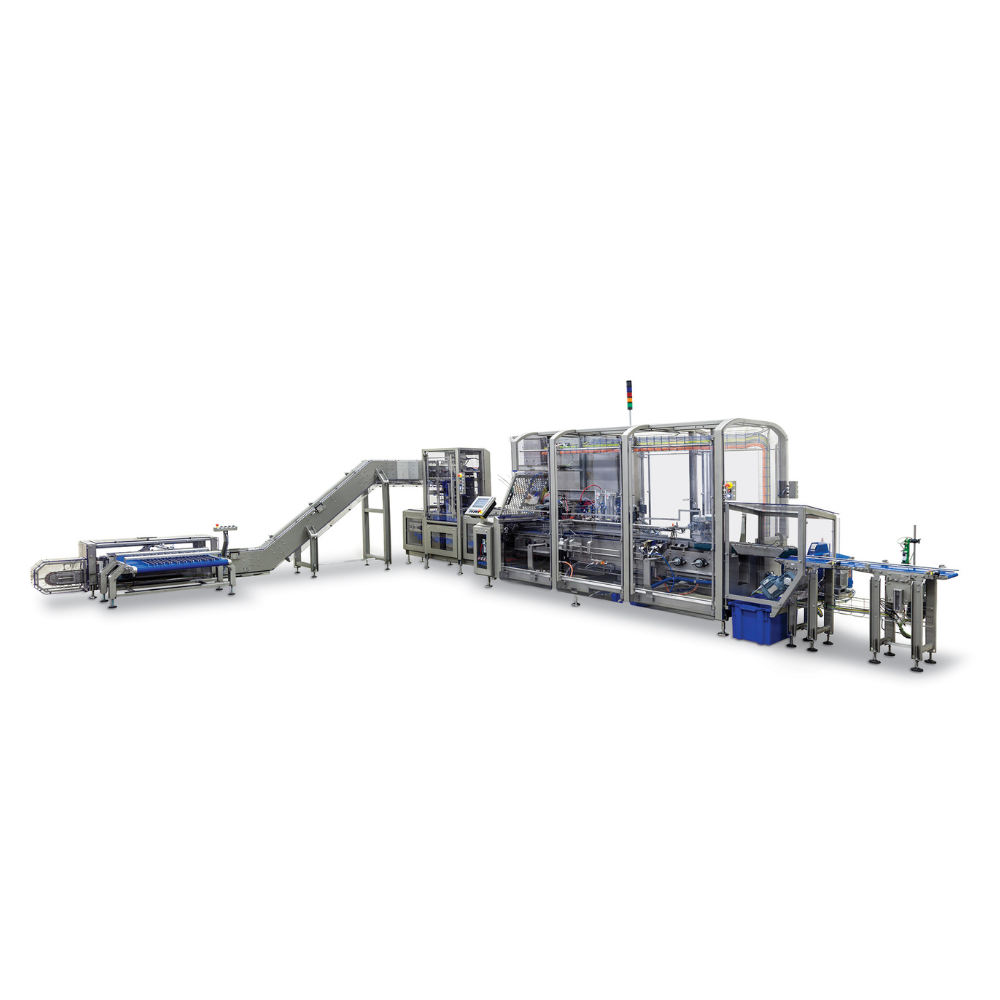
High-speed Cartoner For Single-Serve Products
Large-volume producers of single-serve packs, such as sugar sticks, instant ...
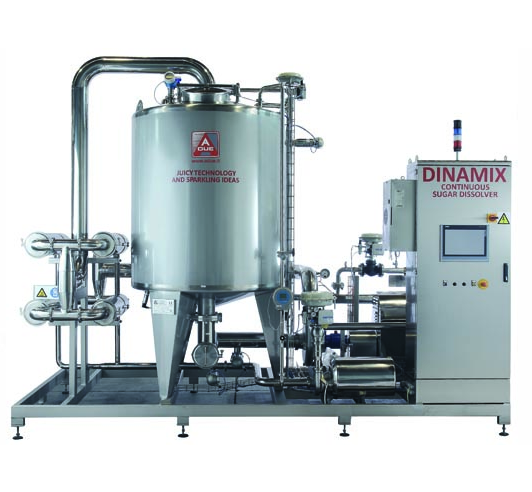
Sugar dissolving system for beverages
In the beverage industry, production of sweet drinks requires the addition of sugar s...
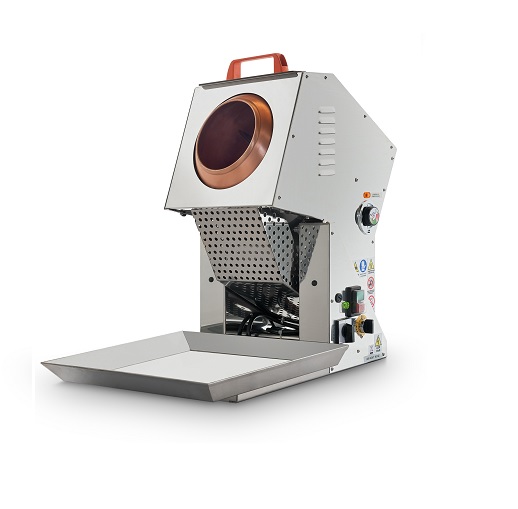
Mini sugar coating machine
The coating of grains or nuts with sugar is a popular process in the manufacture of many bakery p...
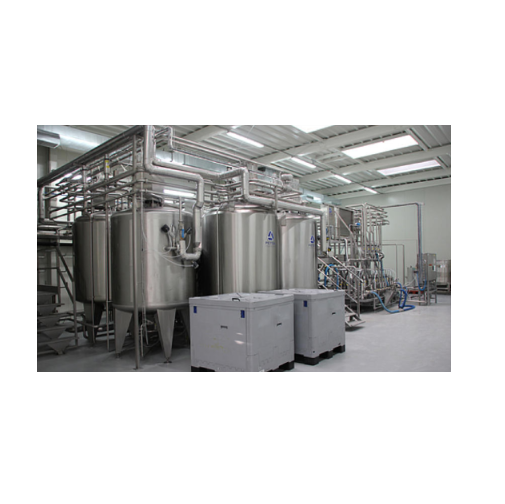
Inline syrup room
The beverage industry requires high-quality syrup. Soft drinks, fruit juices, still drinks, ice tea, flat o...
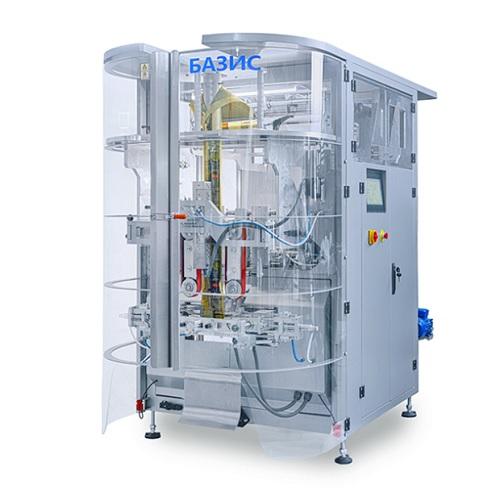
Pillow bag vertical packing machine
When packaging products such as seeds, cereal, snacks, candies, nuts, tea, dried fruits...
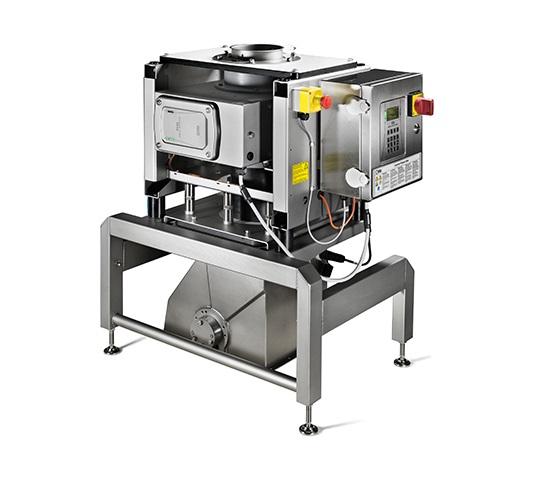
Metal detector for granulated products
Free-fall applications, such us flour, sugar, spices and other granulated or powdere...
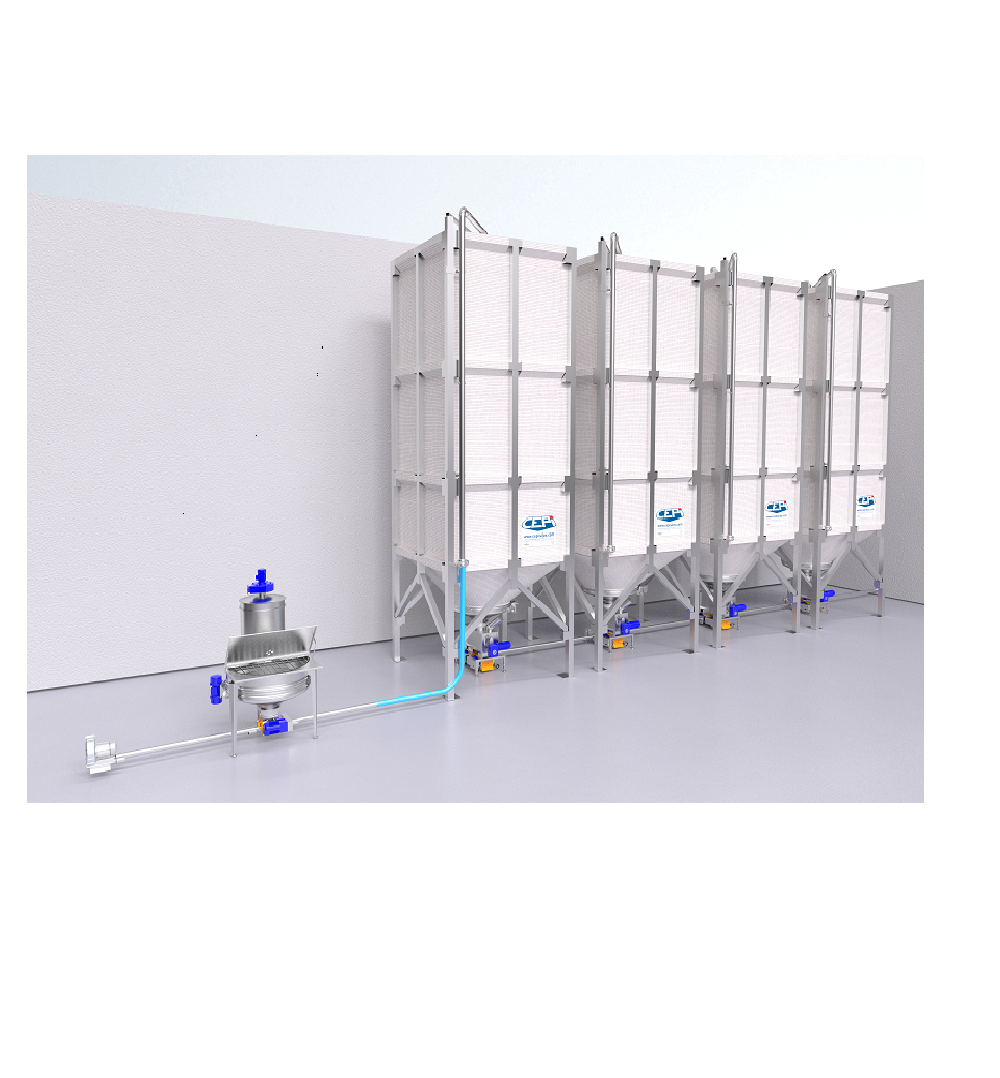
ATEX Indoor silo for sugar and flour
Storing granulated or powdered materials such as sugar and flour prior to processing r...
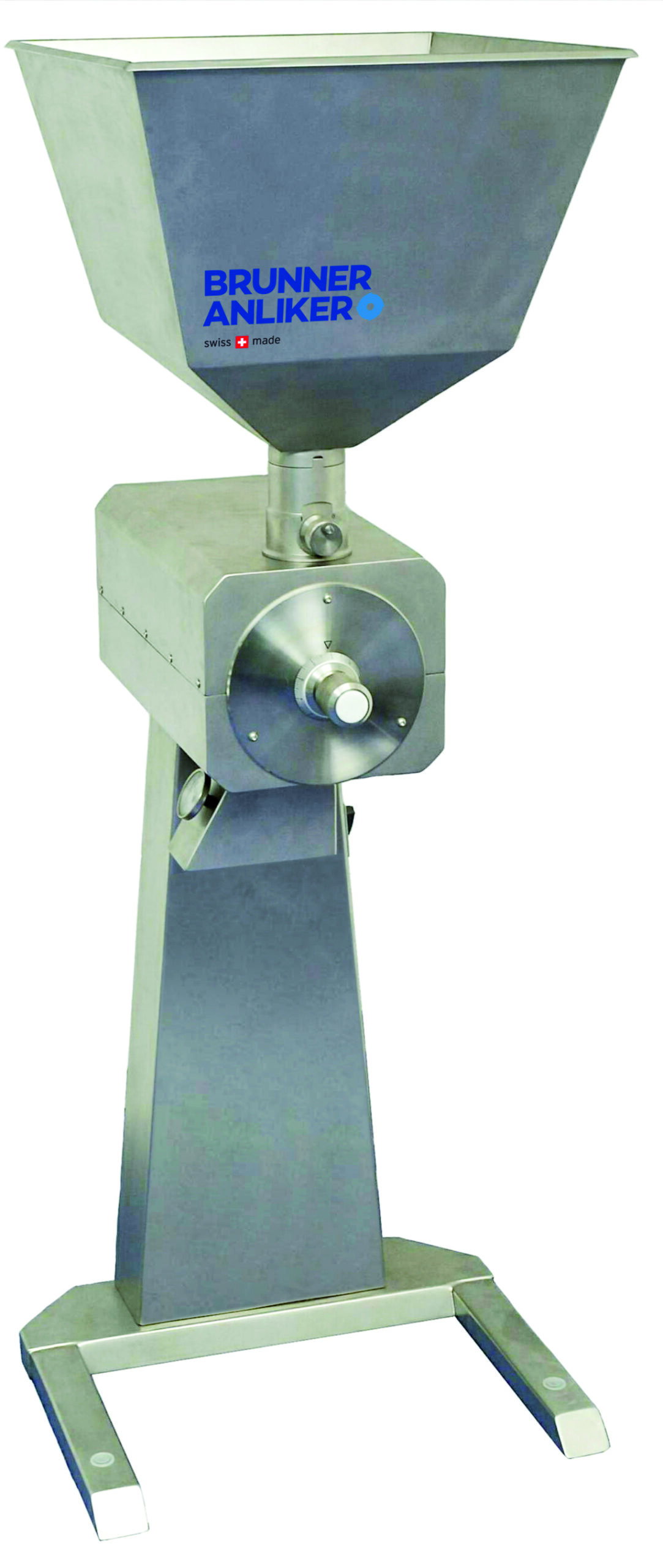
Grinder for spices and coffee
Gentle grinding of coffee down to all grades from coarse to fine requires high precision proce...
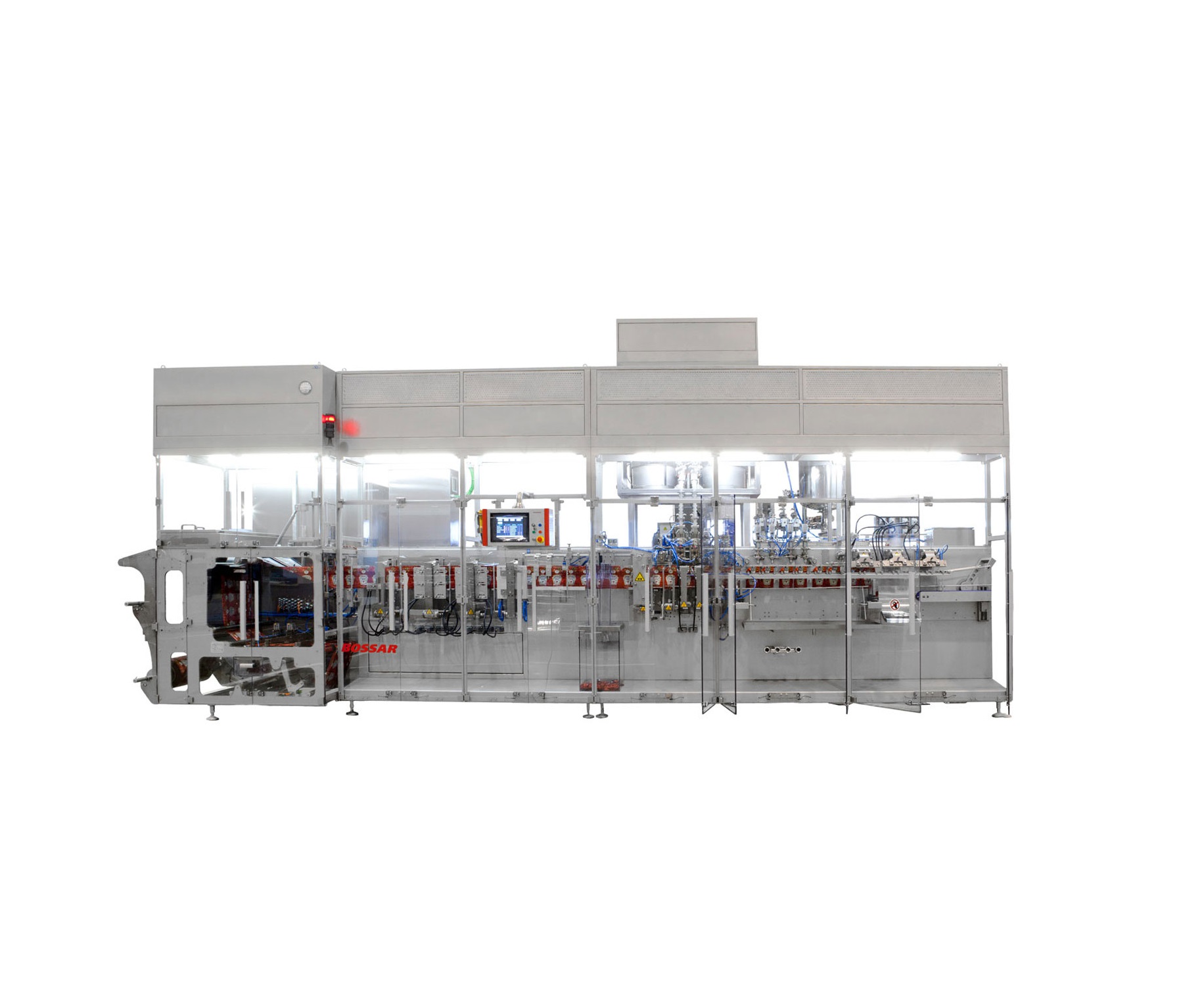
Modular HFFS Machine
A large range of sizes and types is available, with traditional horizontal form fill and seal machines b...
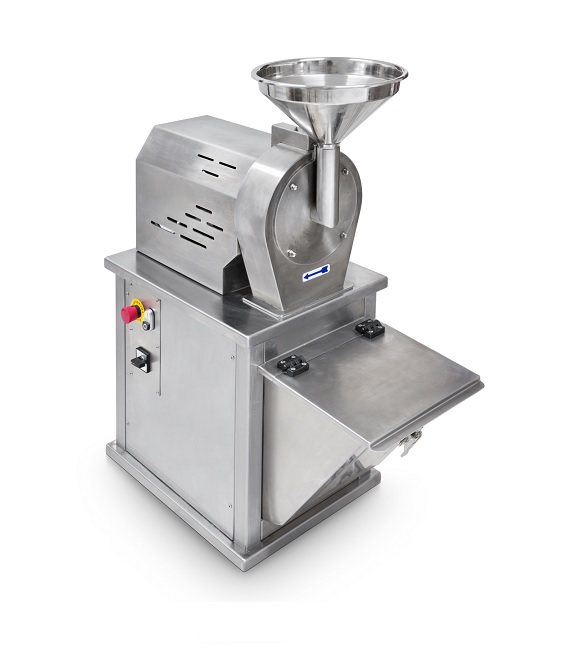
Small sugar mill for entry level production
Sugar powder is a key ingredient in a wide range of bakery, confectionery, and...
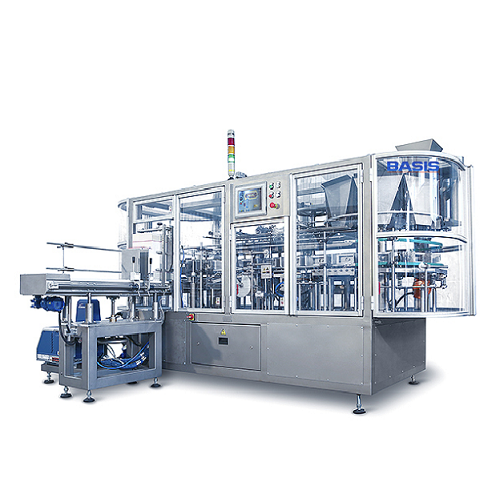
Continuous vertical cartoner
When producing cereals, it is paramount to stay on top of market trends. New packaging forms ca...
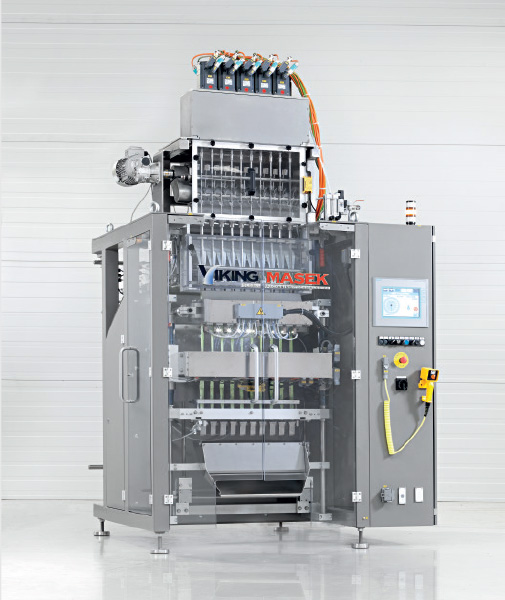
Stickpack Machine
If you are looking to pack your product into stick packs from 17 x 40 mm to 100 x 200 mm in size, you may b...
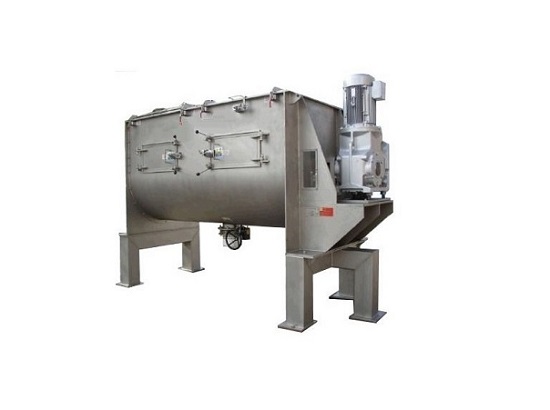
Granola batch mixer
The production of granola-based recipes requires careful ingredients handling to ensure optimum quality. ...
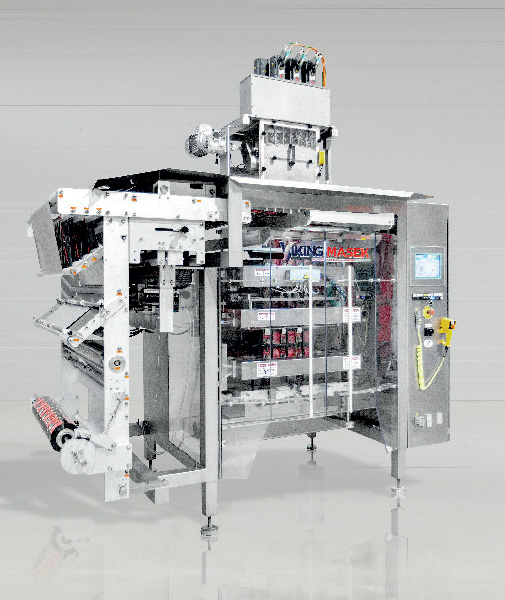
Sachet Machine
If you want to pack into eye-catching 4-side sealed sachets between 40×50 mm and 250×200 mm in size, ...
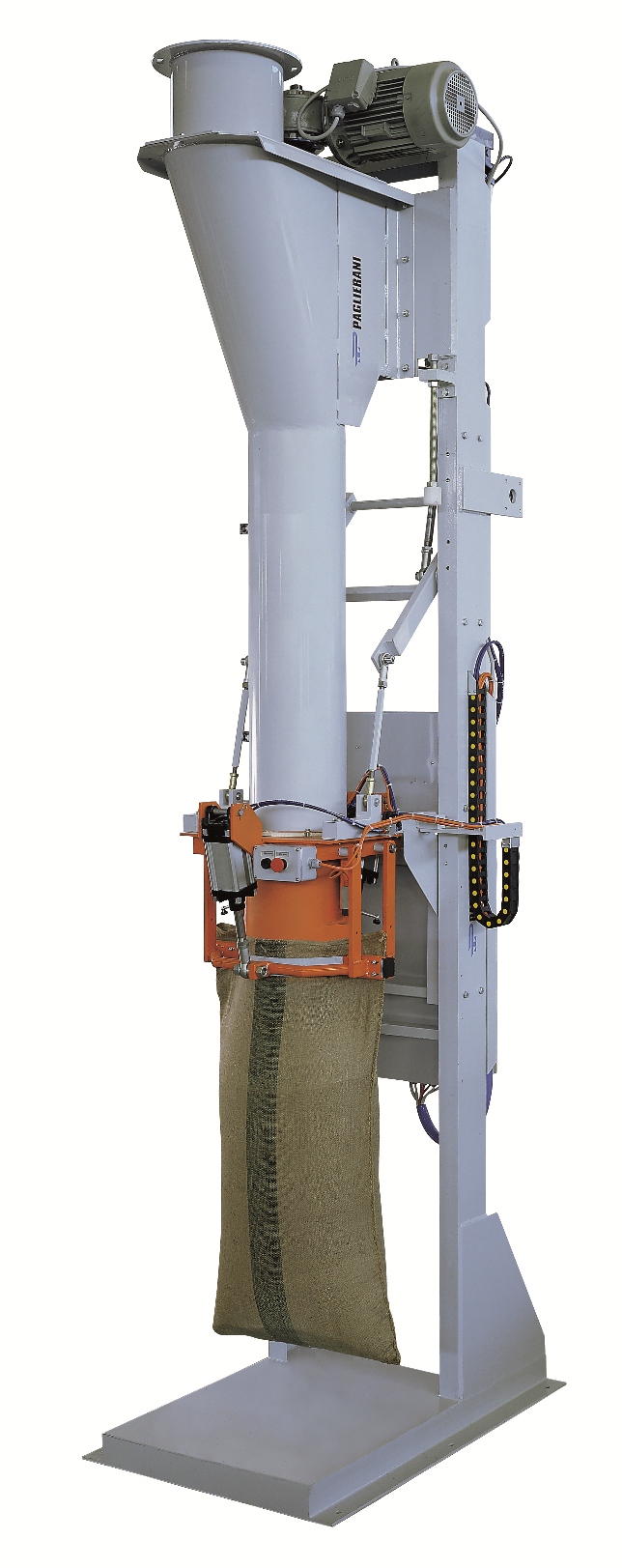
Bagger for open mouth bags
Where a stand-alone bagger is required for filling large, open mouth bags, a delivery method is n...
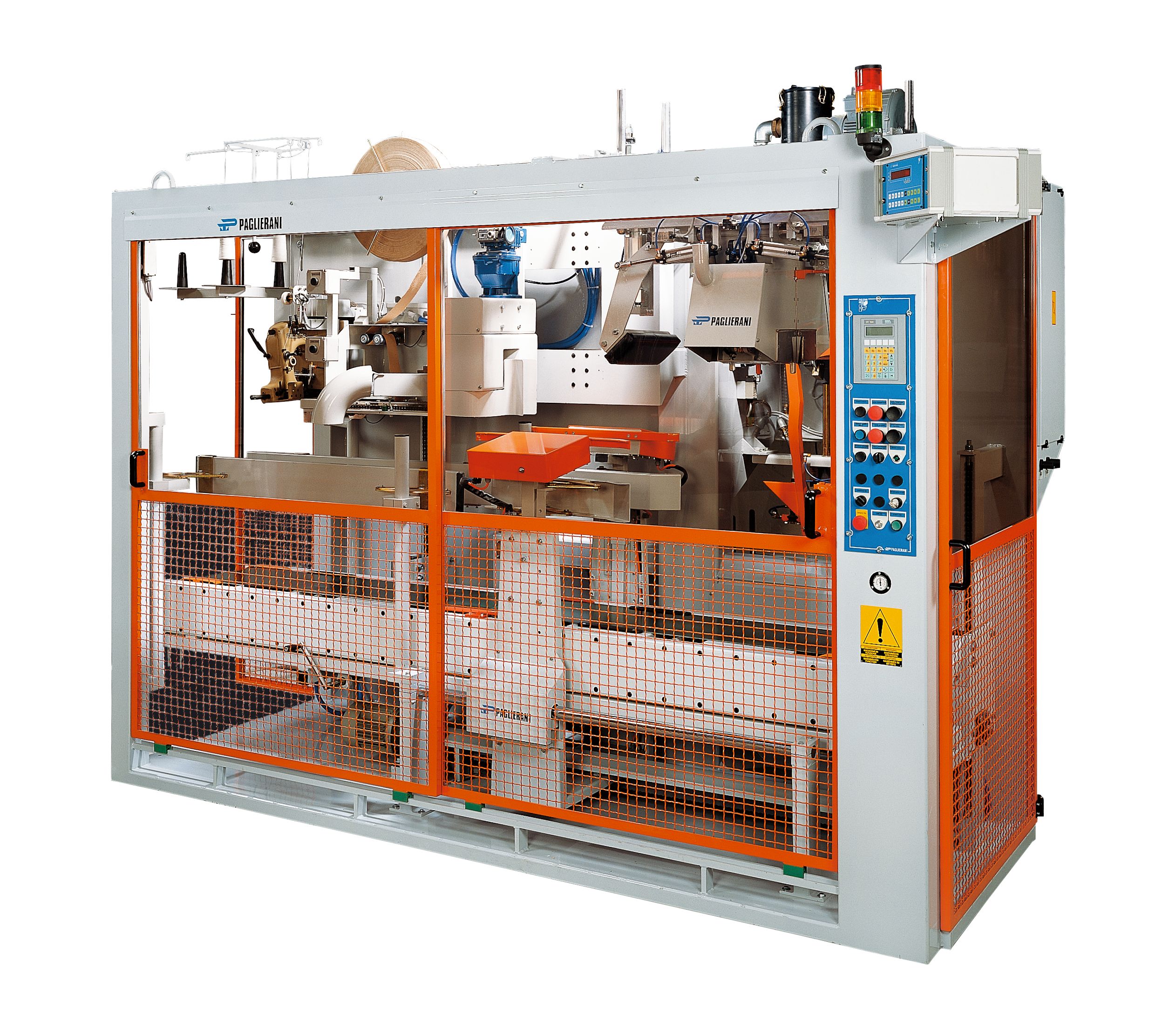
Automatic bagging machine for open mouth bags
Open mouth bags allow for a variety of different products to be packaged, wi...
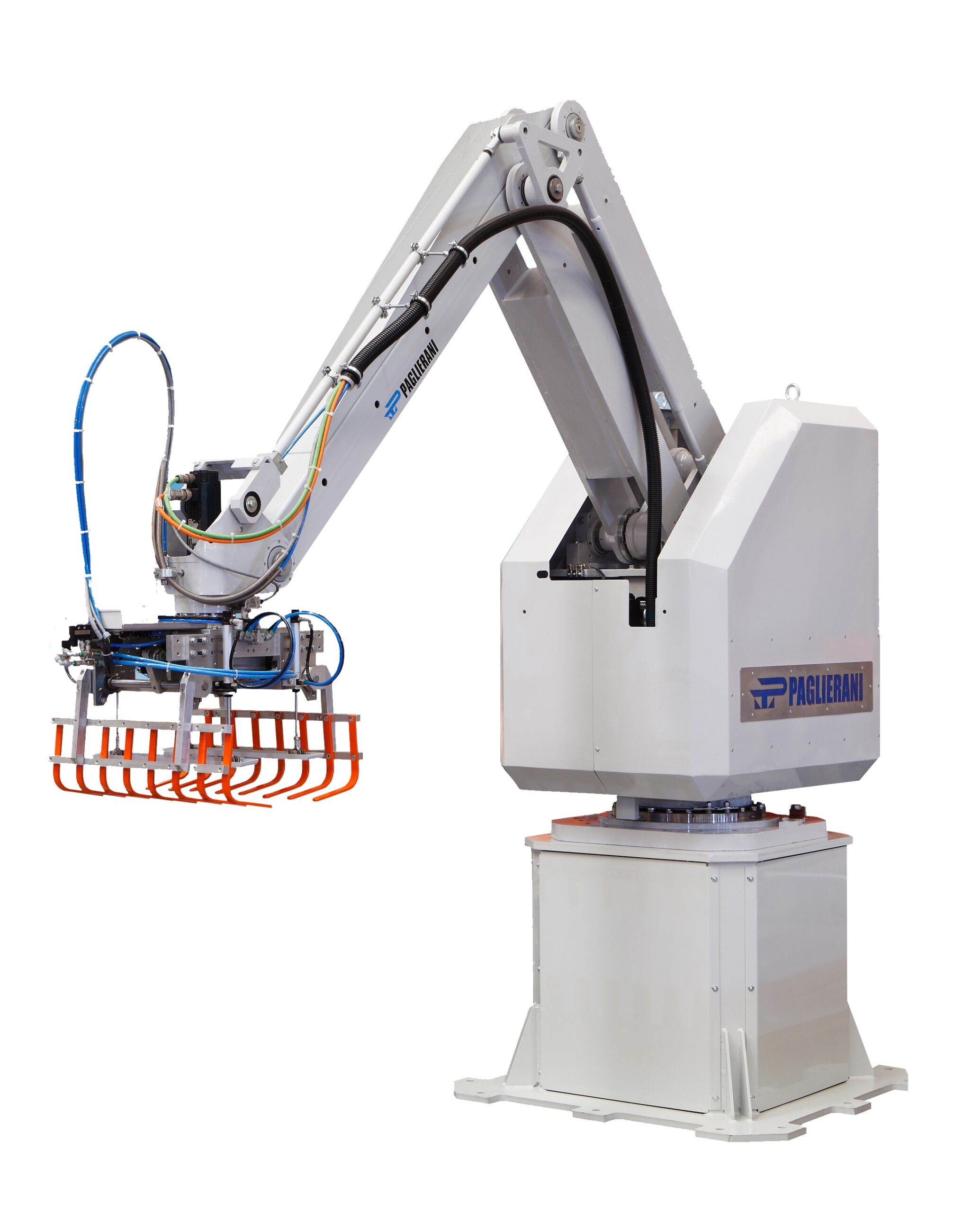
Palletizing robot arm
For high speed palletizing, palletizing high payloads, or just where greater flexibility is required, i...
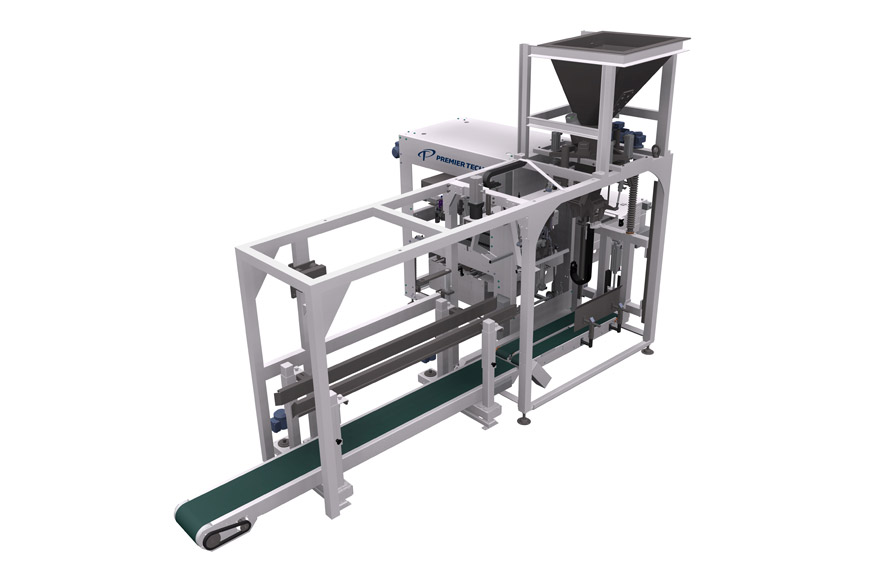
Open-mouth baggers for free flowing powders
For bagging free flowing materials into open mouth bags, this system is ideal....
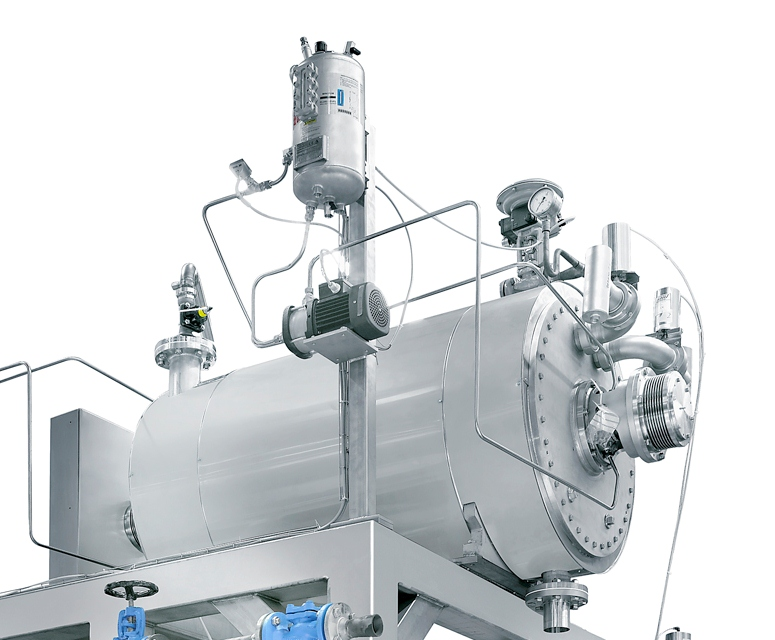
Continuous cooker for hard caramels
Continuously cook ingredients for your hard caramel-based product. This is a three-stag...
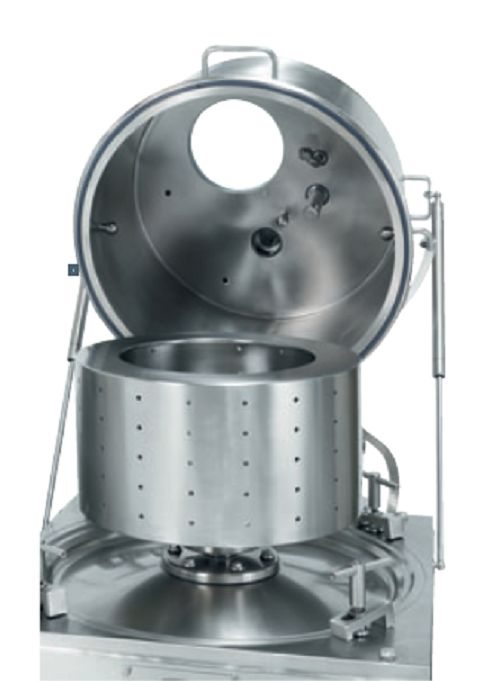
Isolator centrifuge
For transferring highly active pharmaceutical ingredients (HAPI) without contamination from the isolator ...
